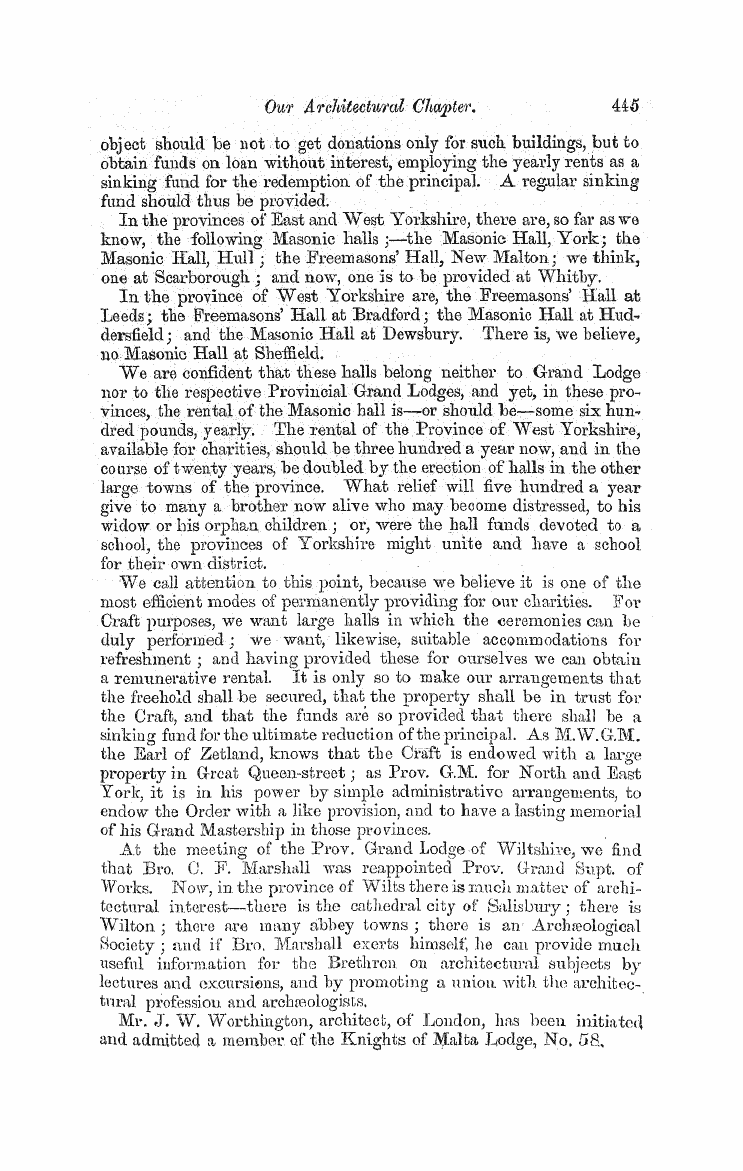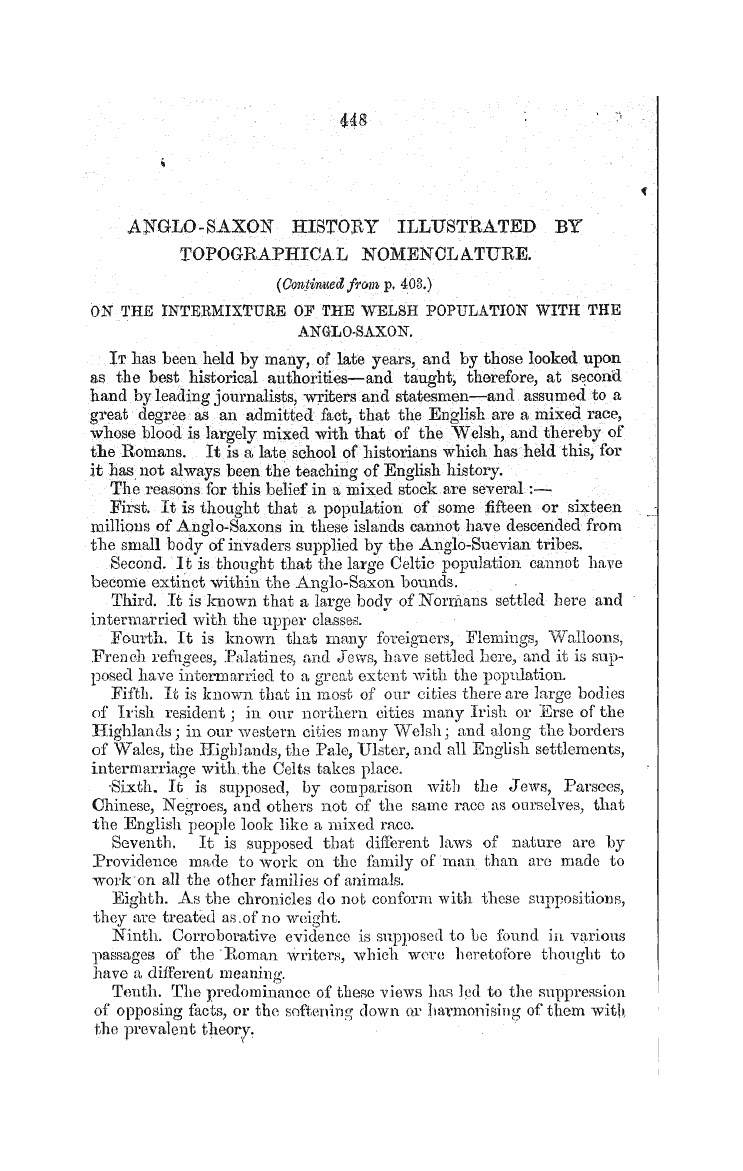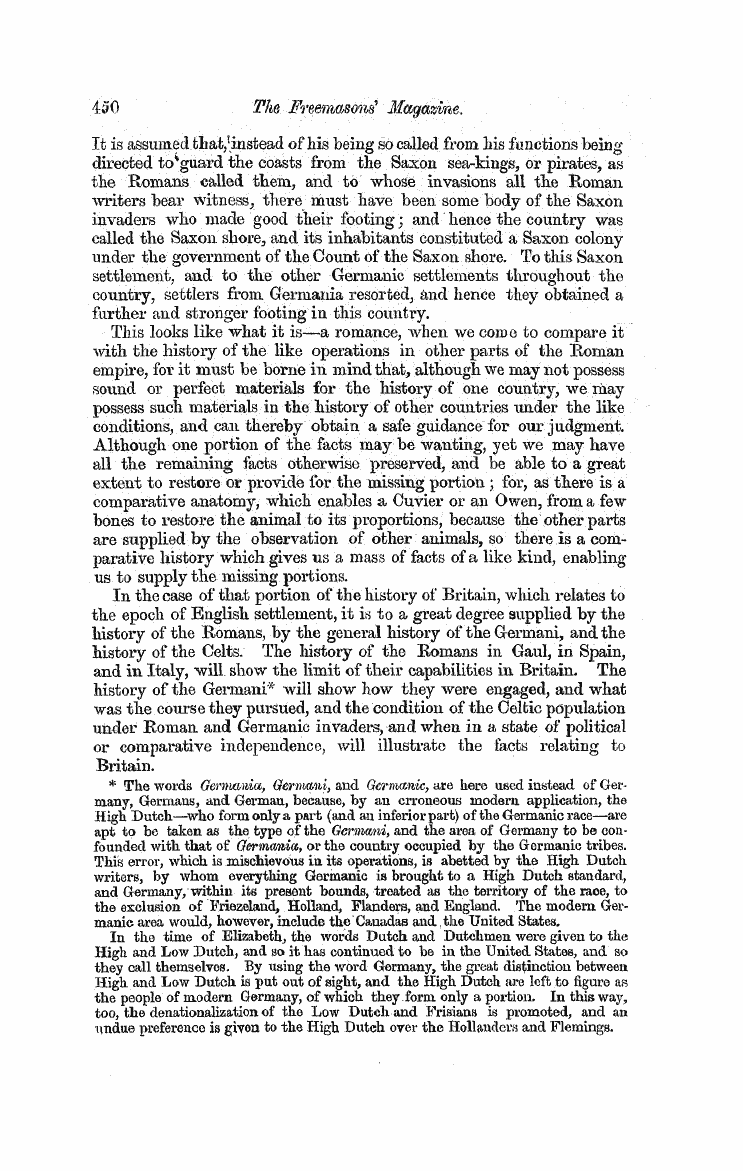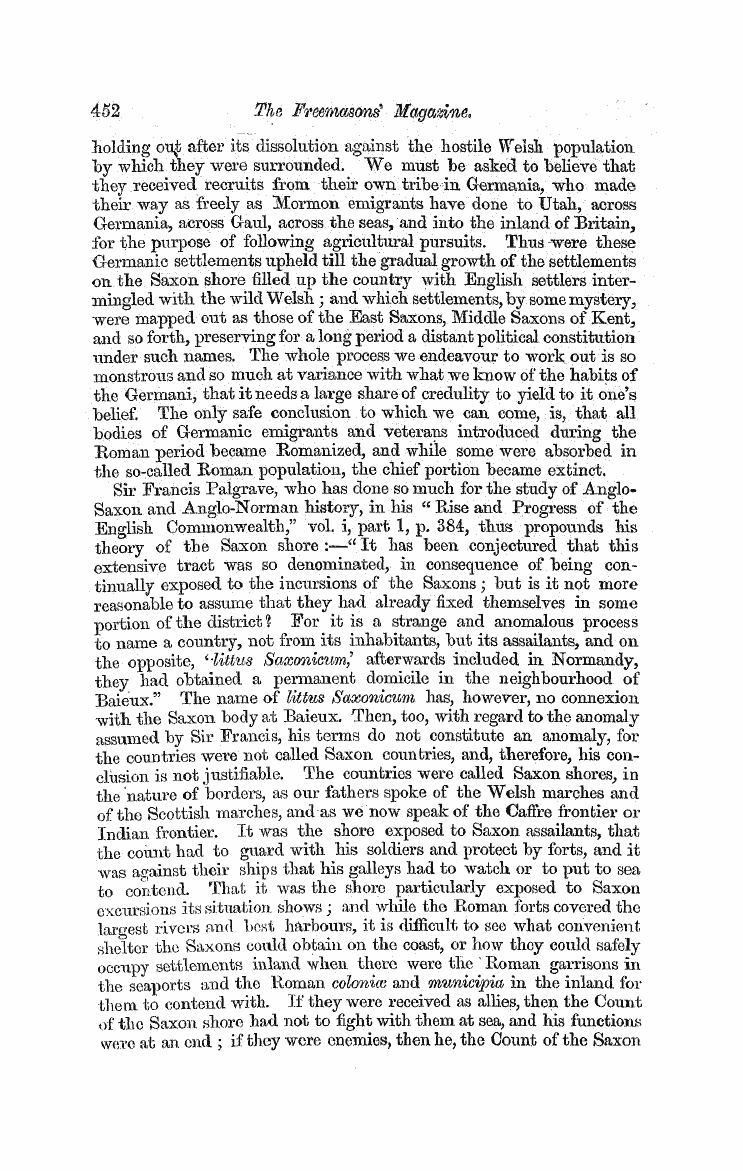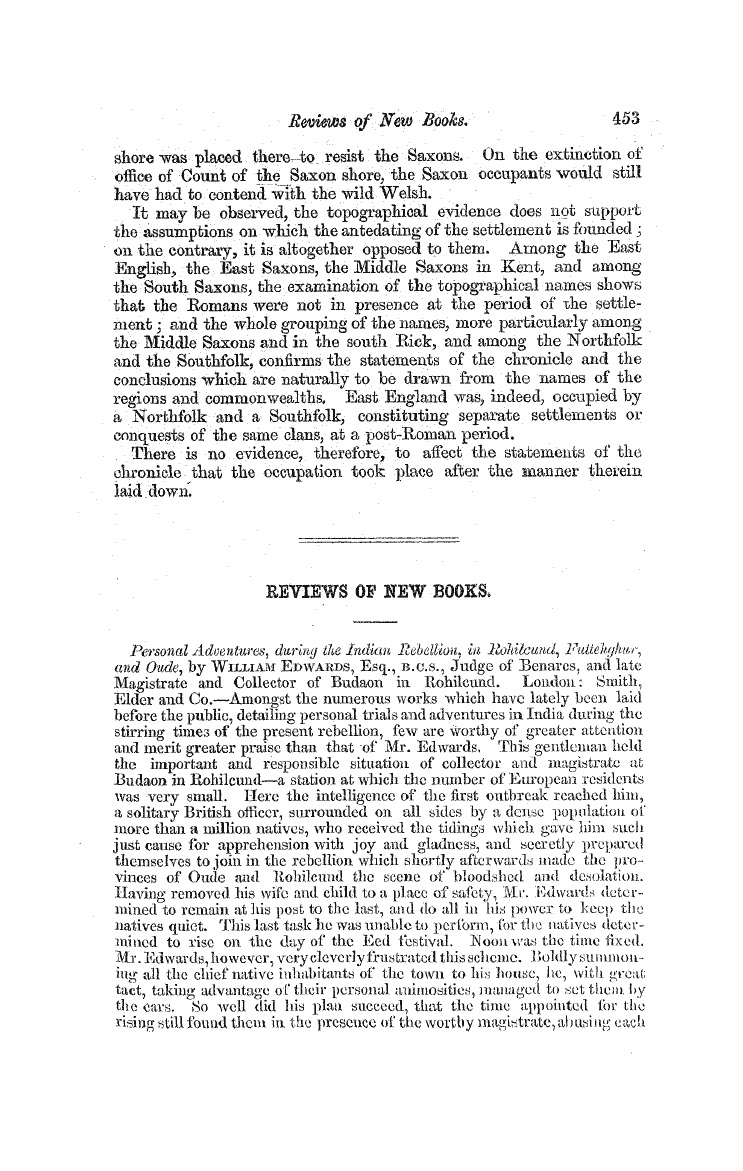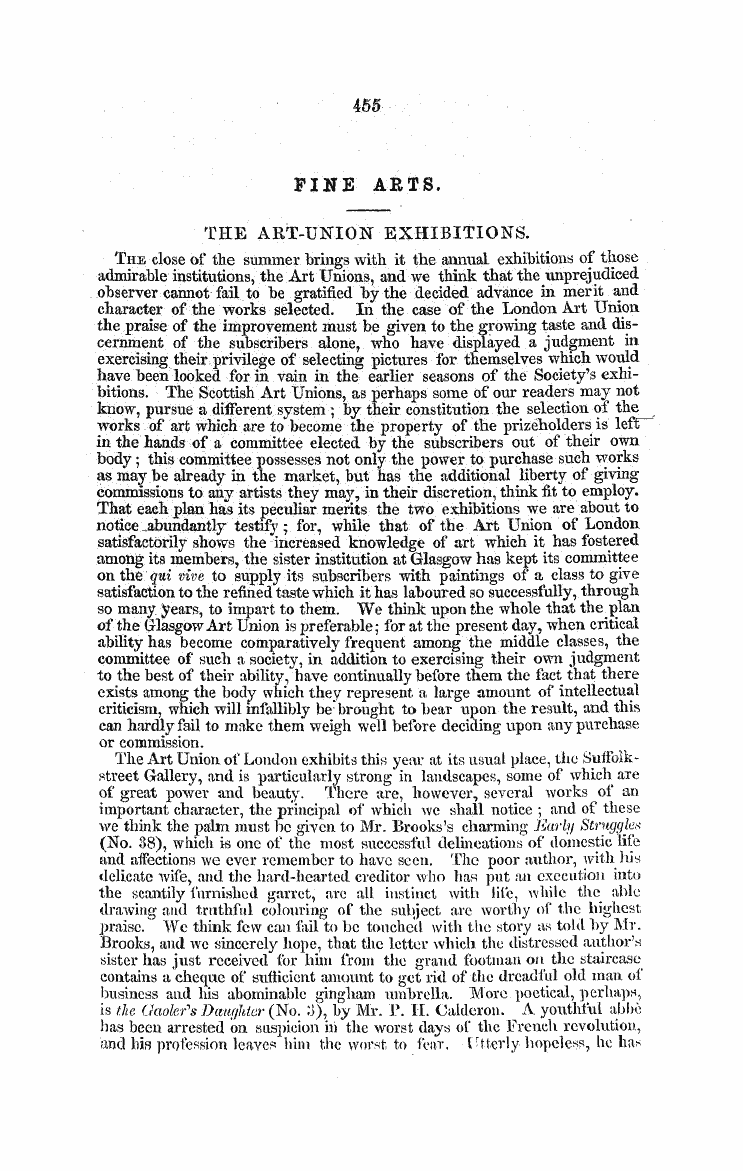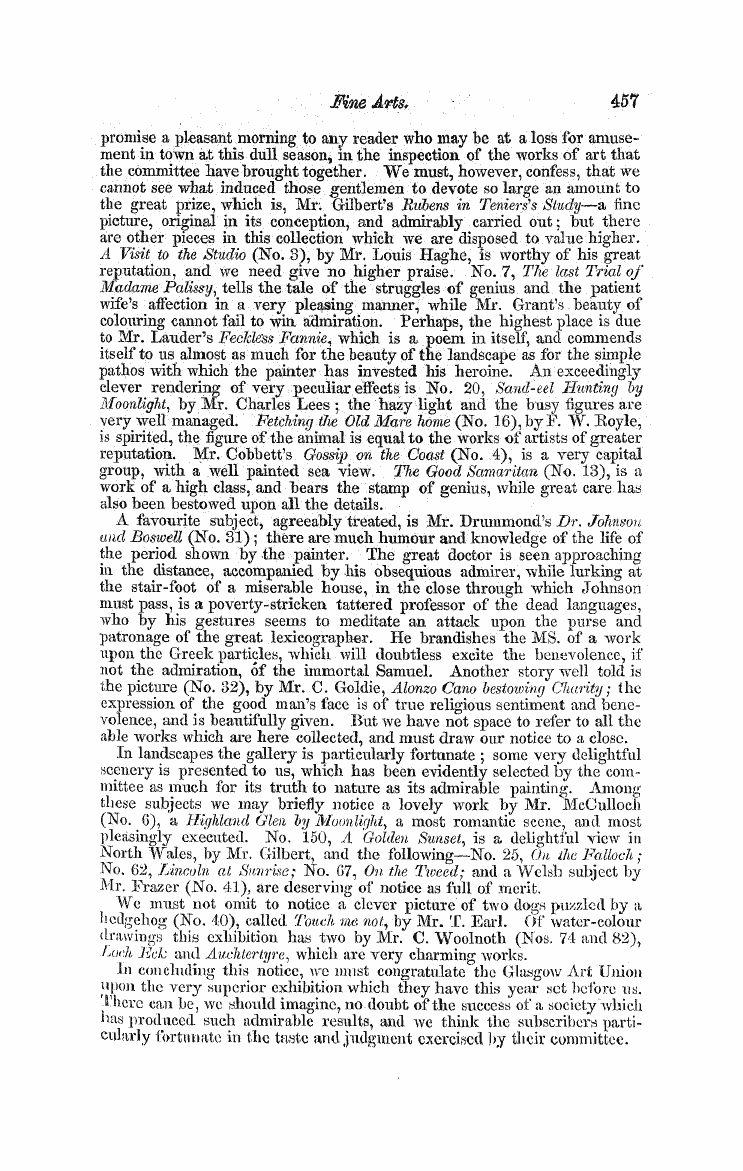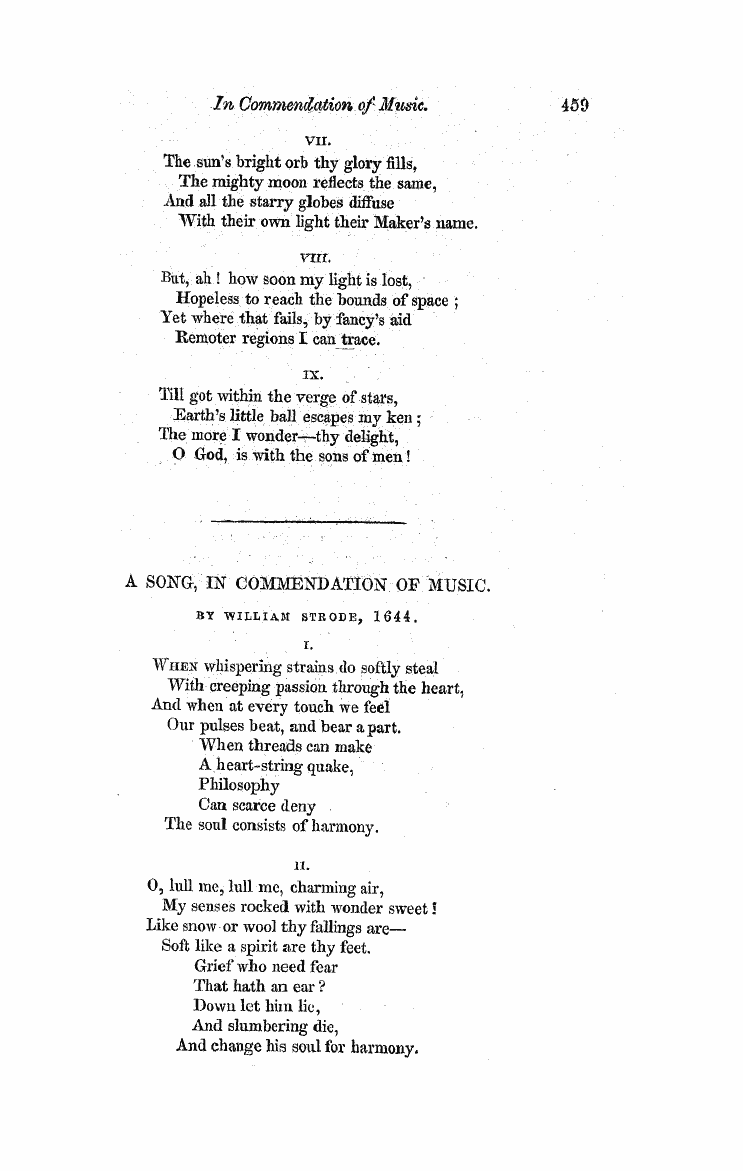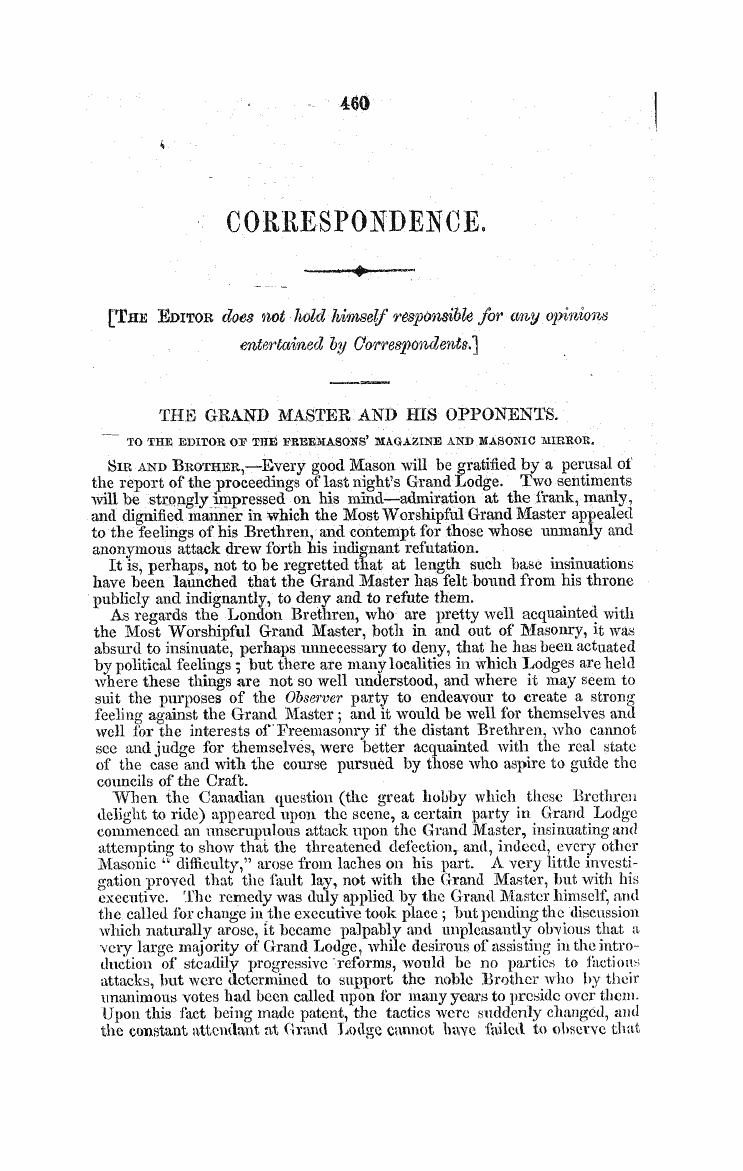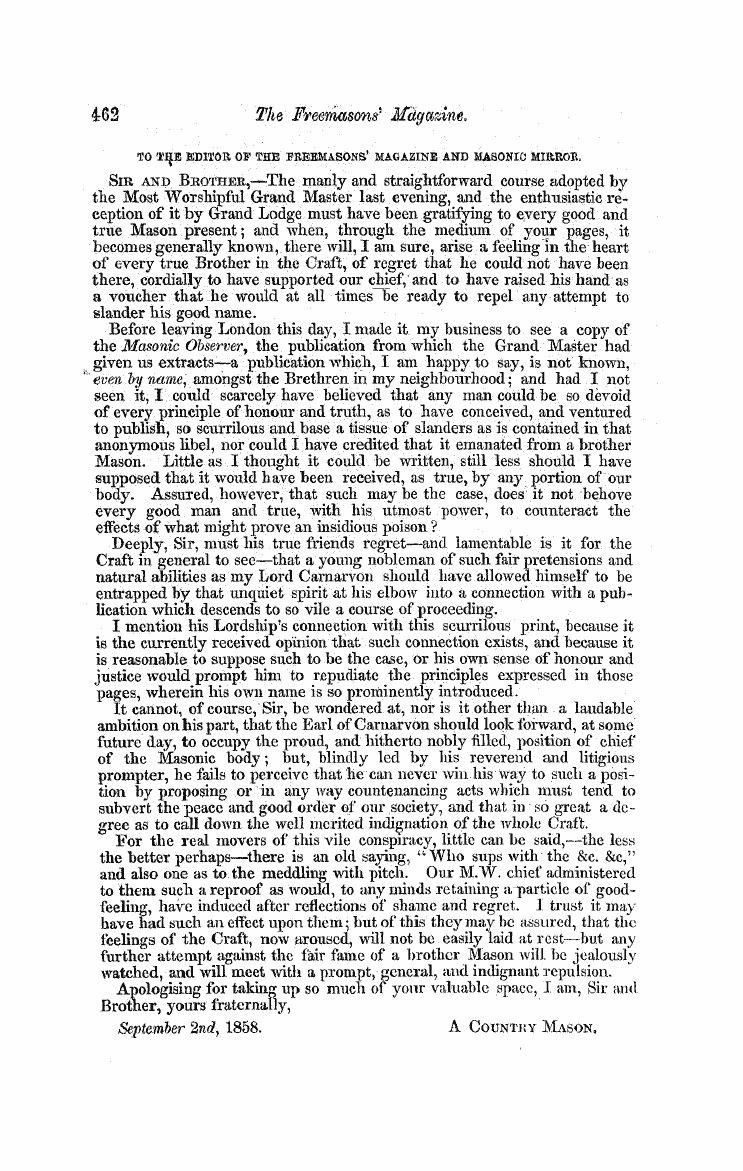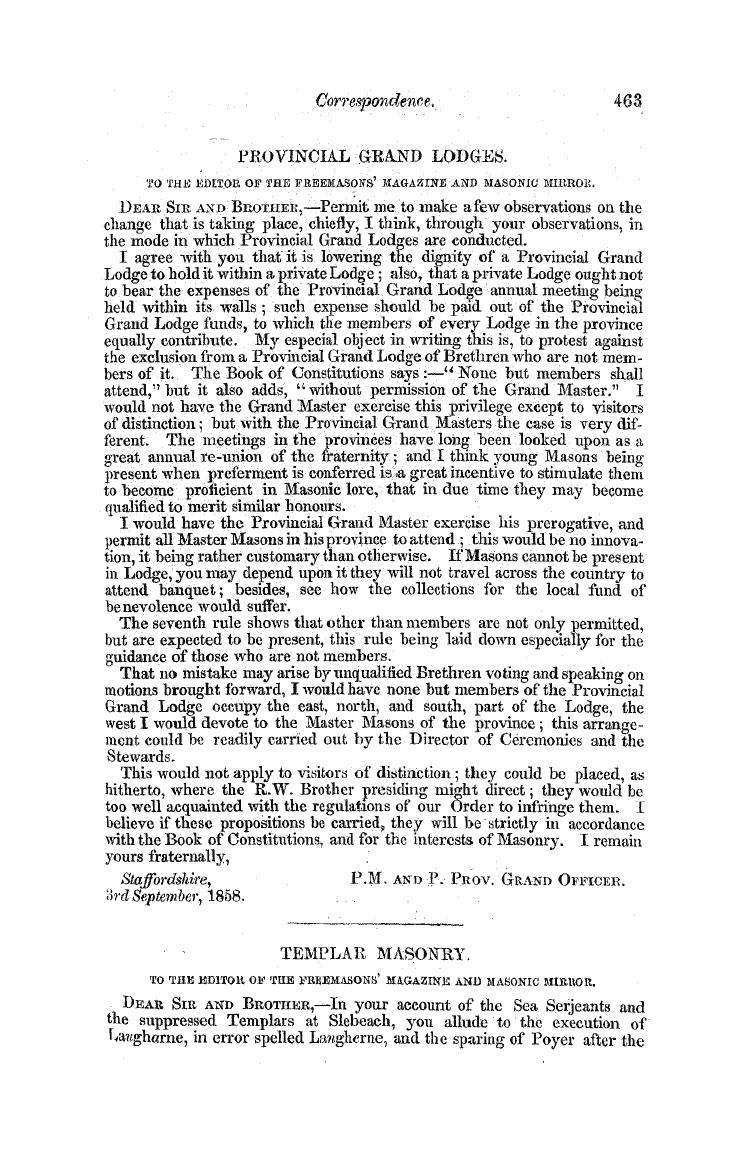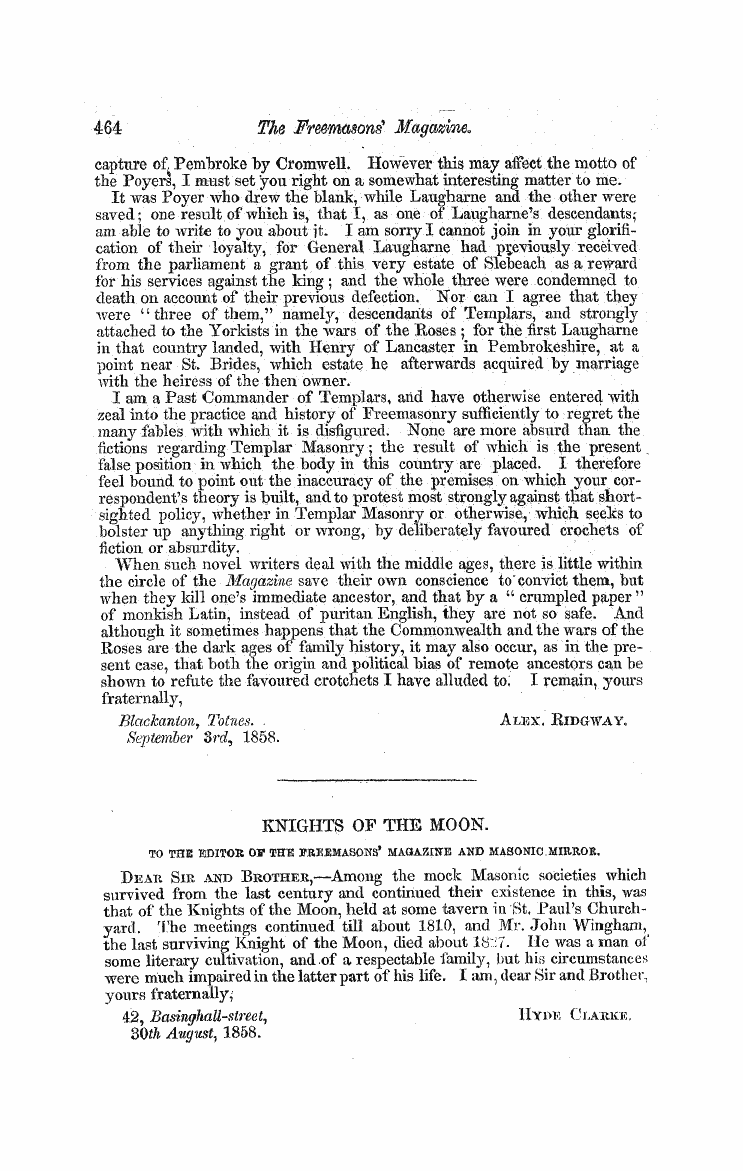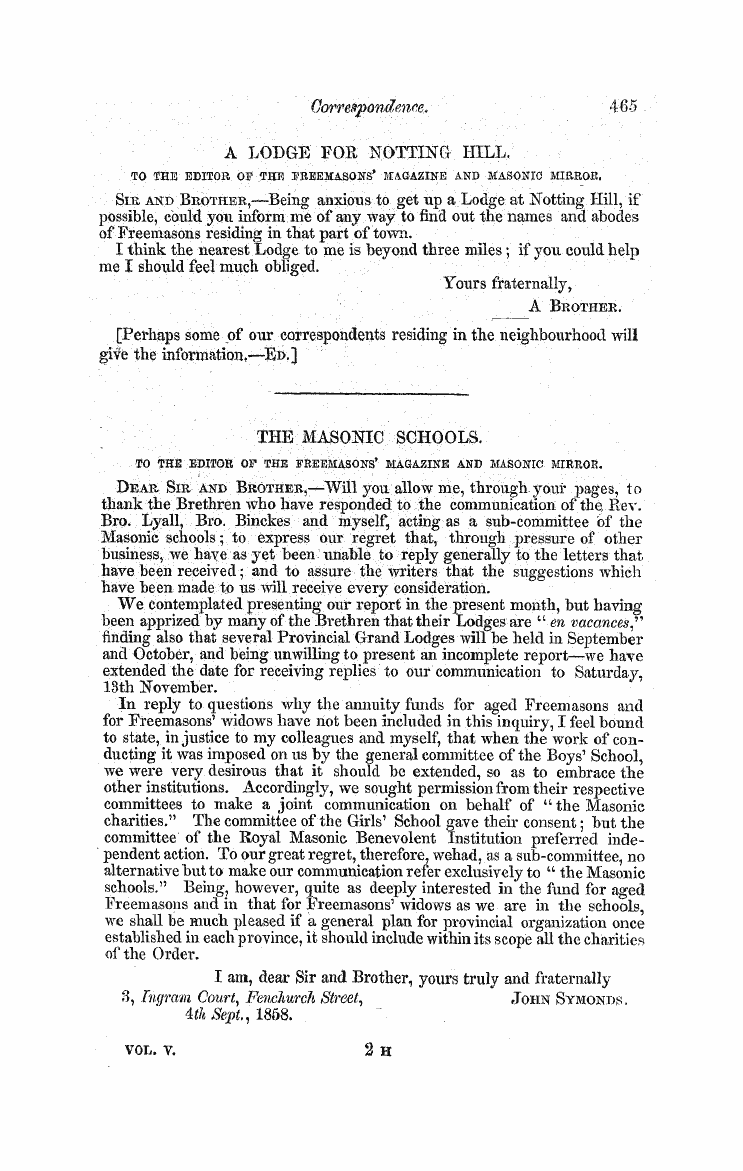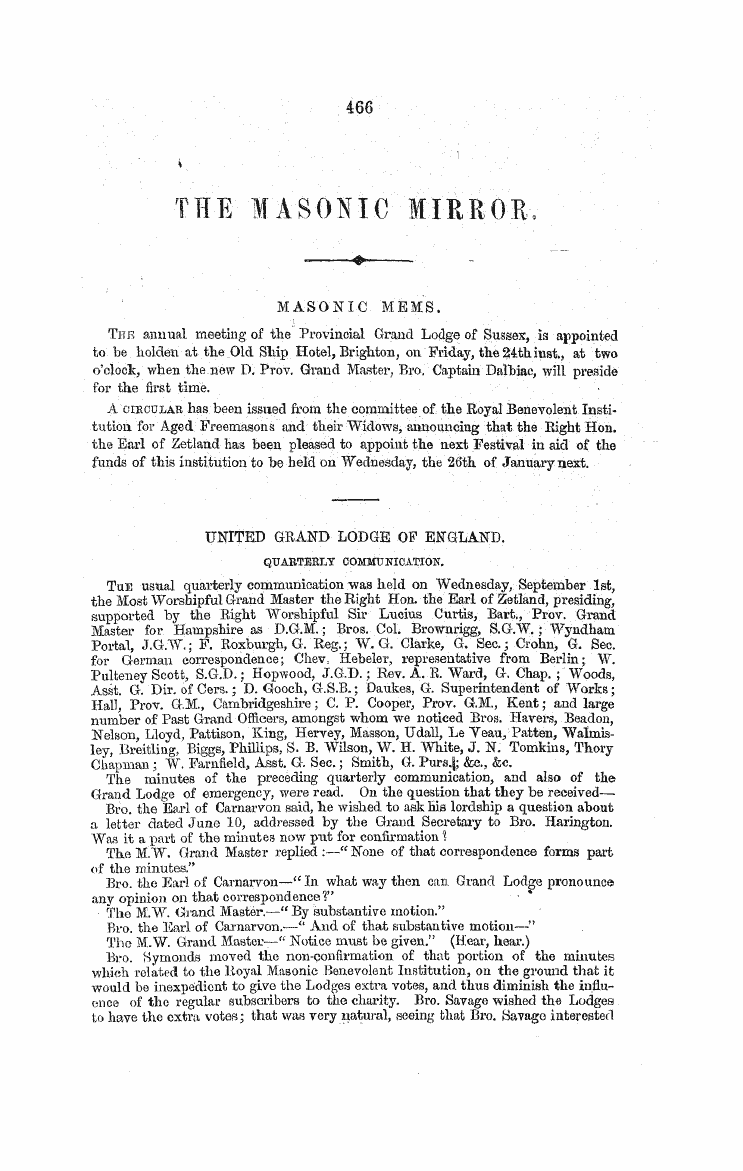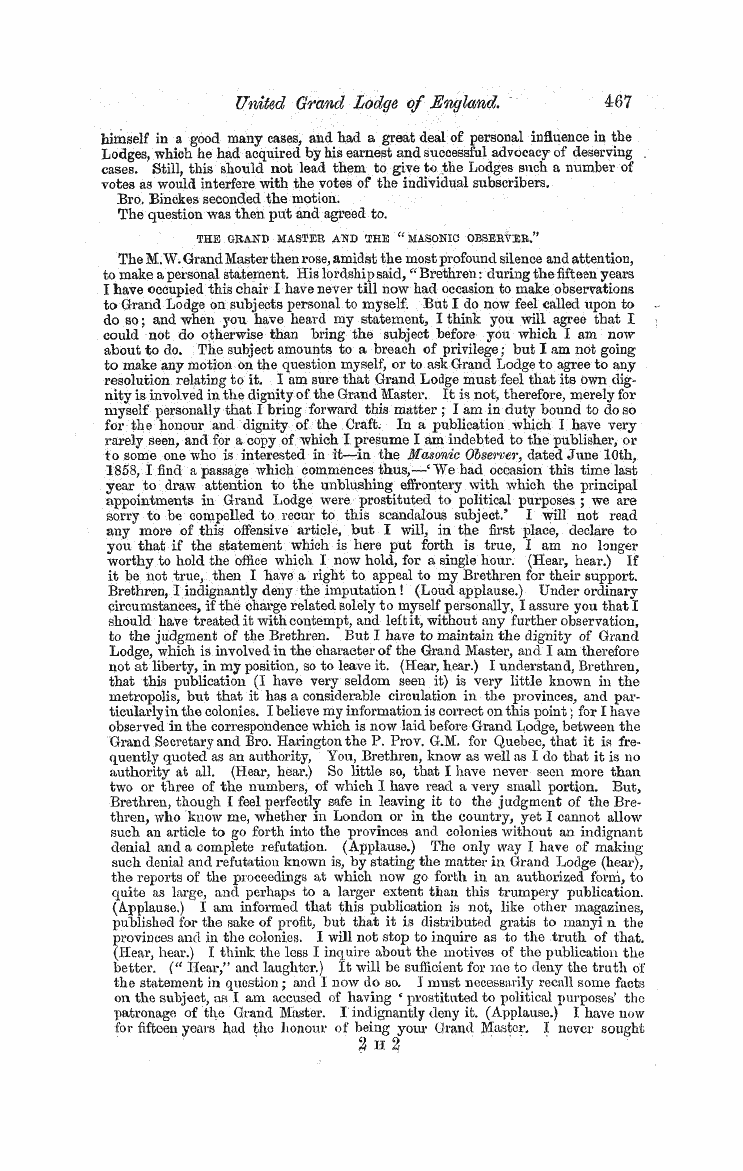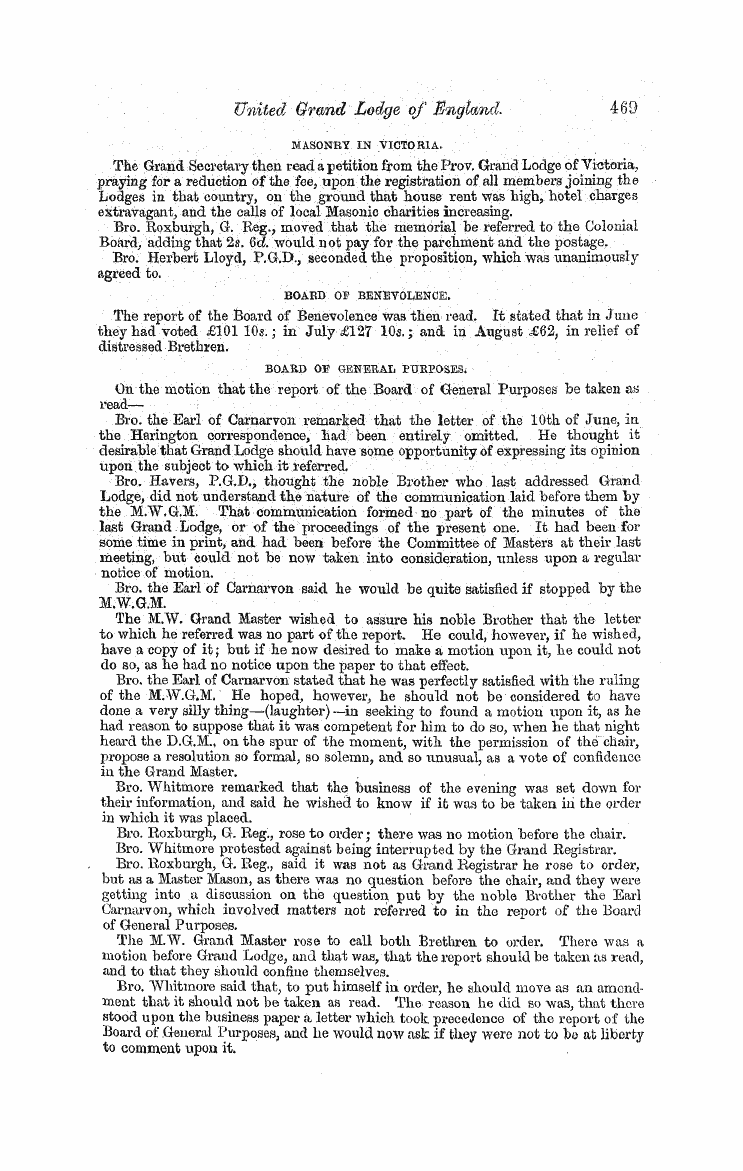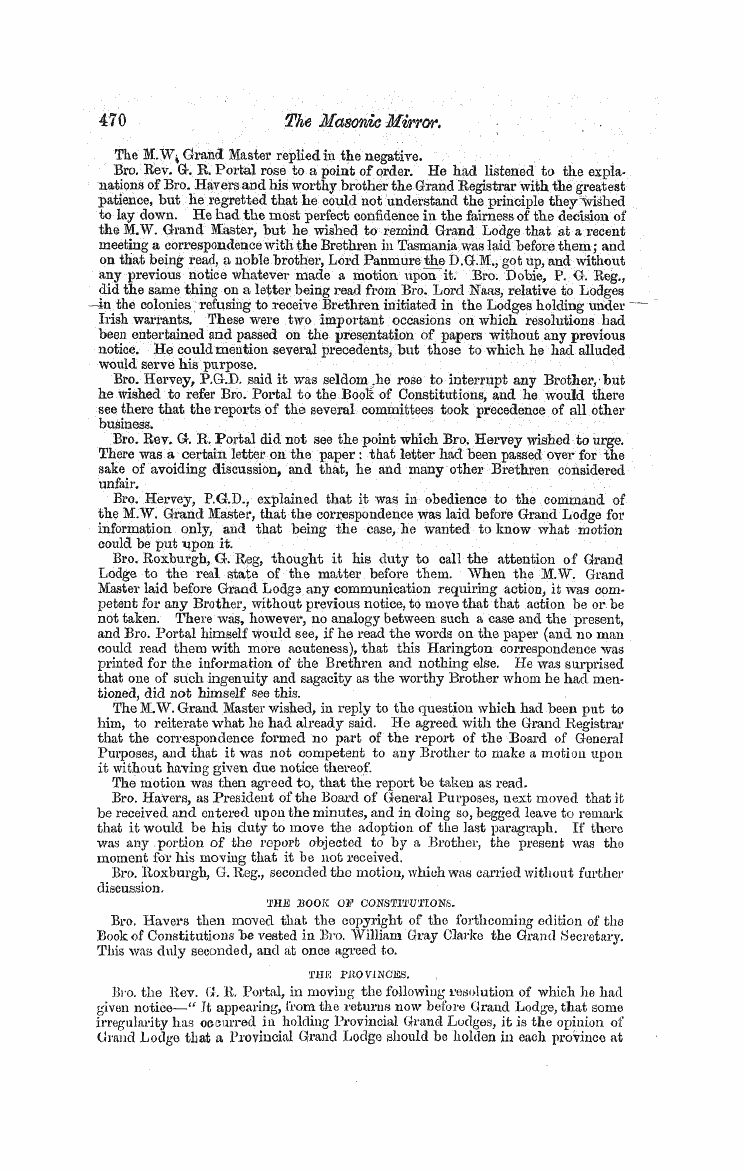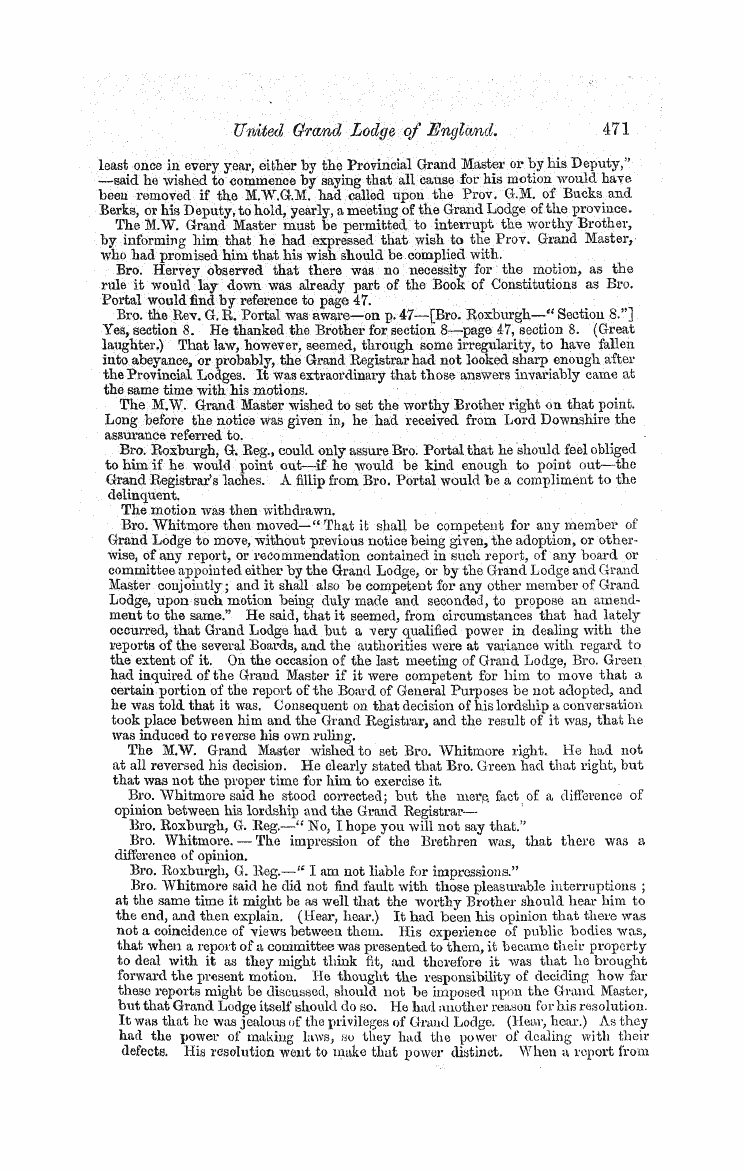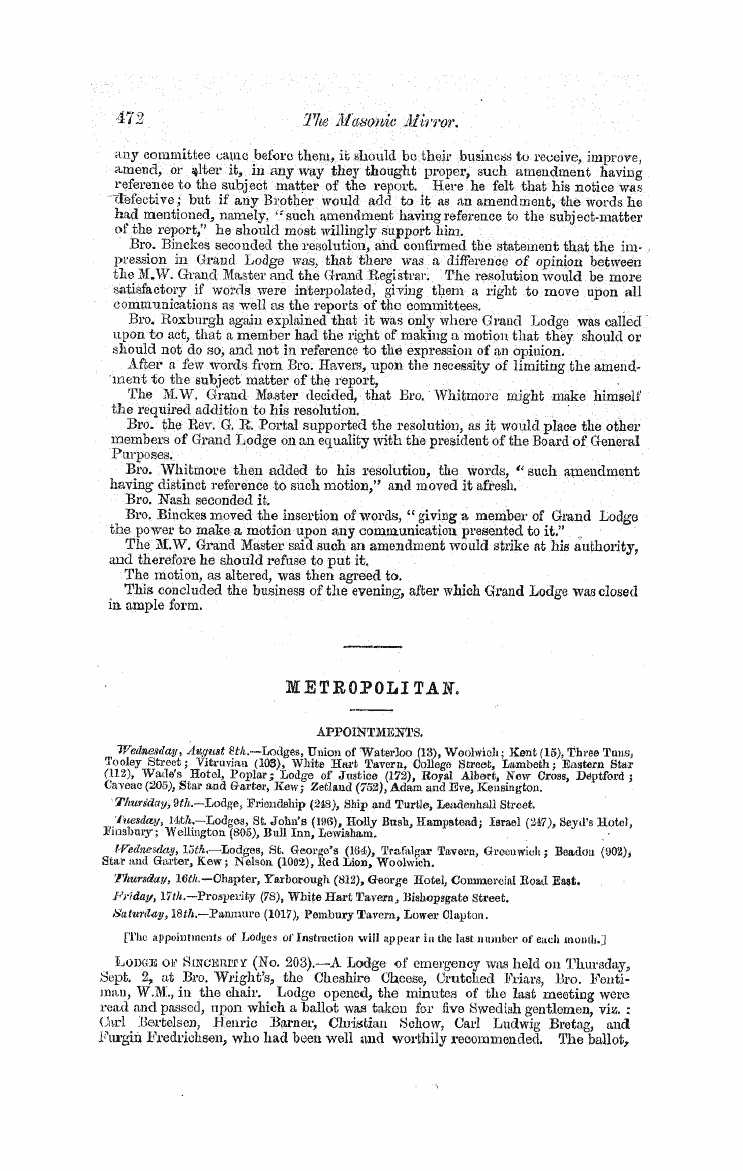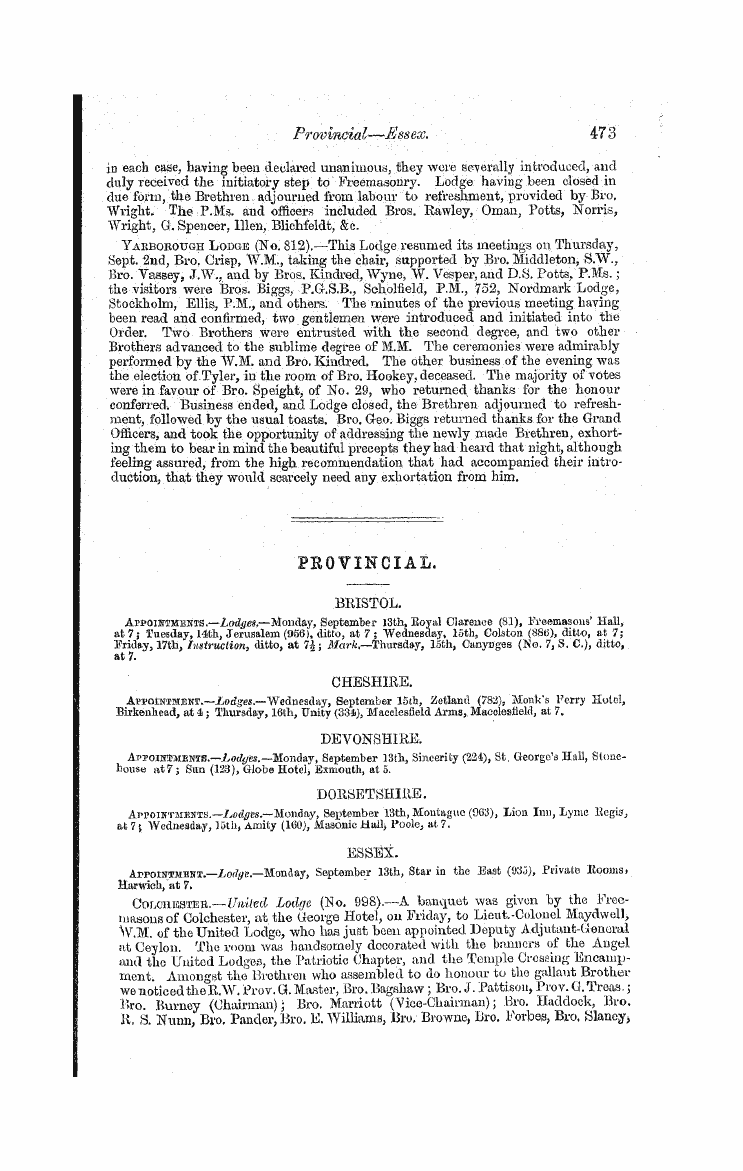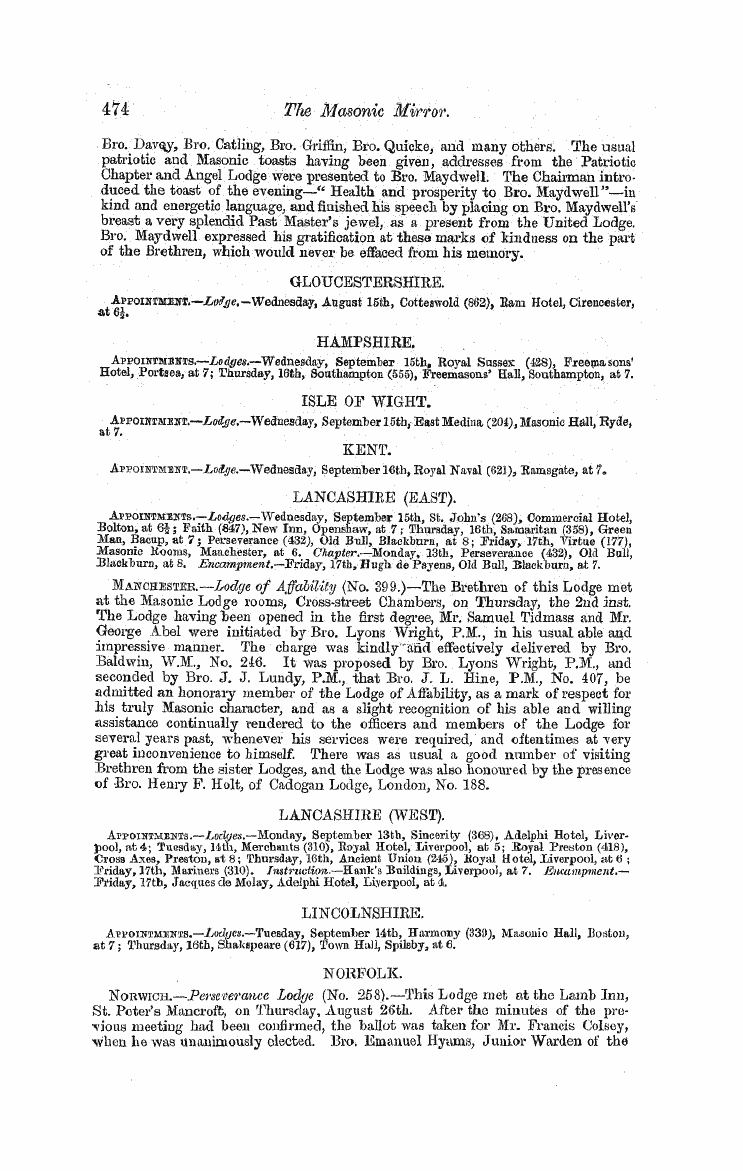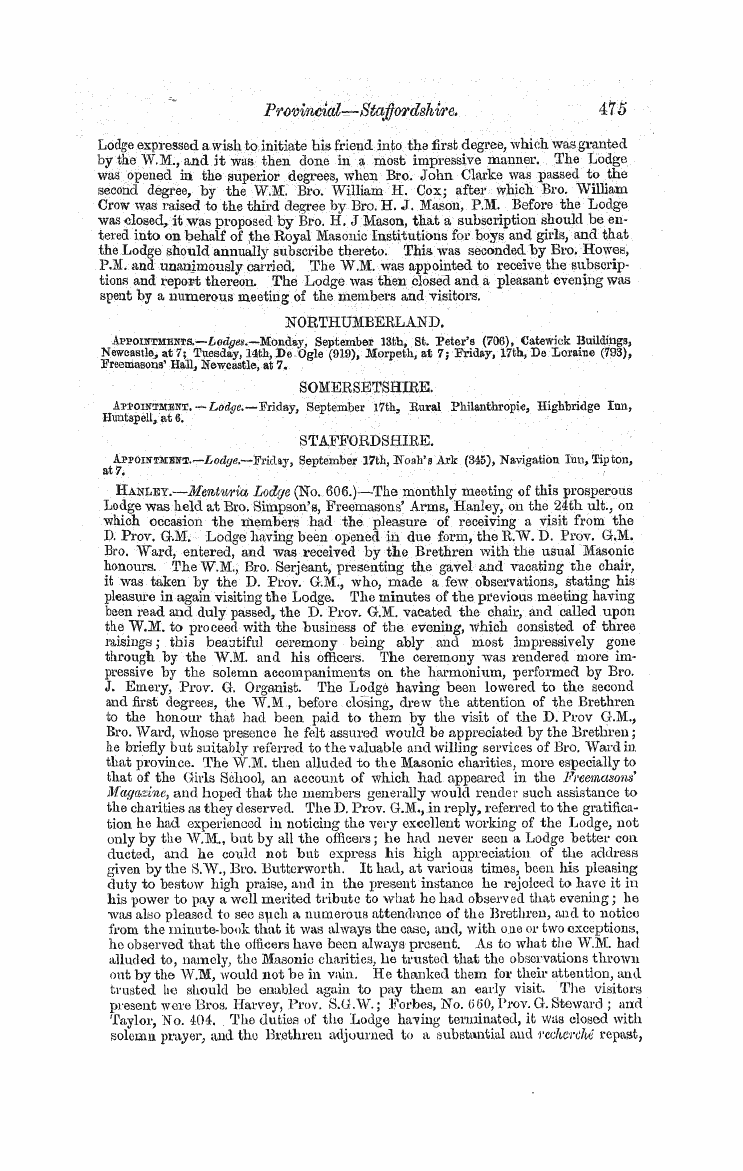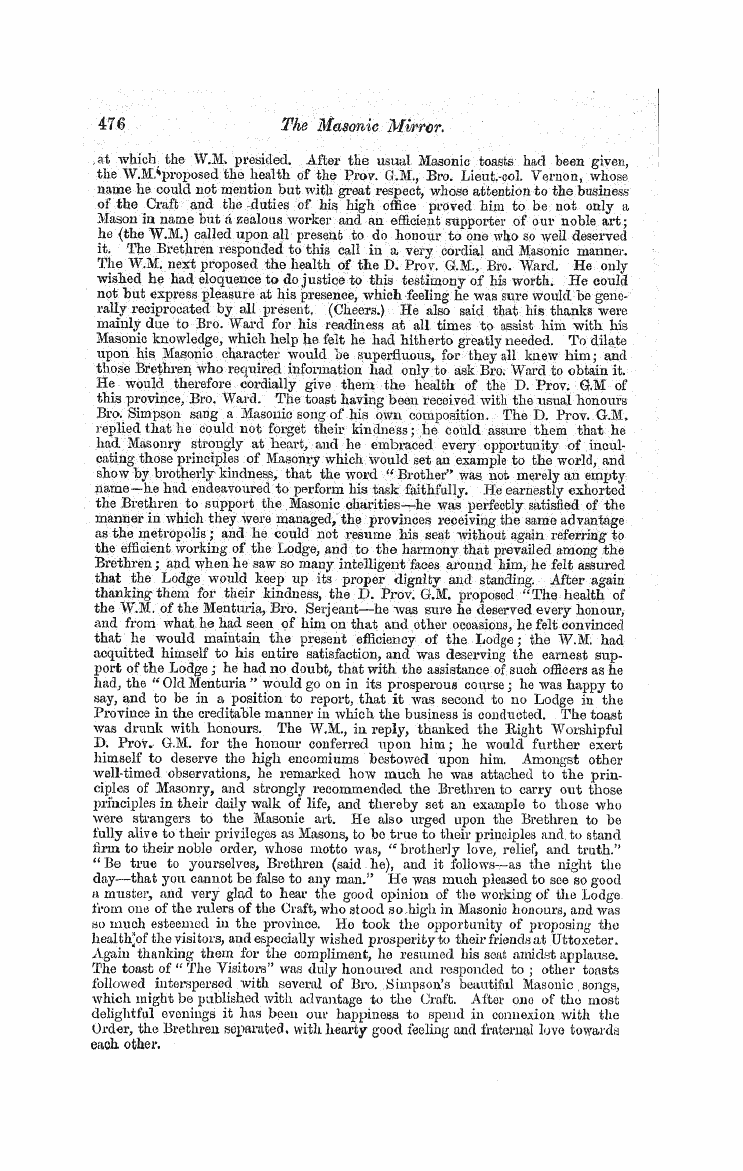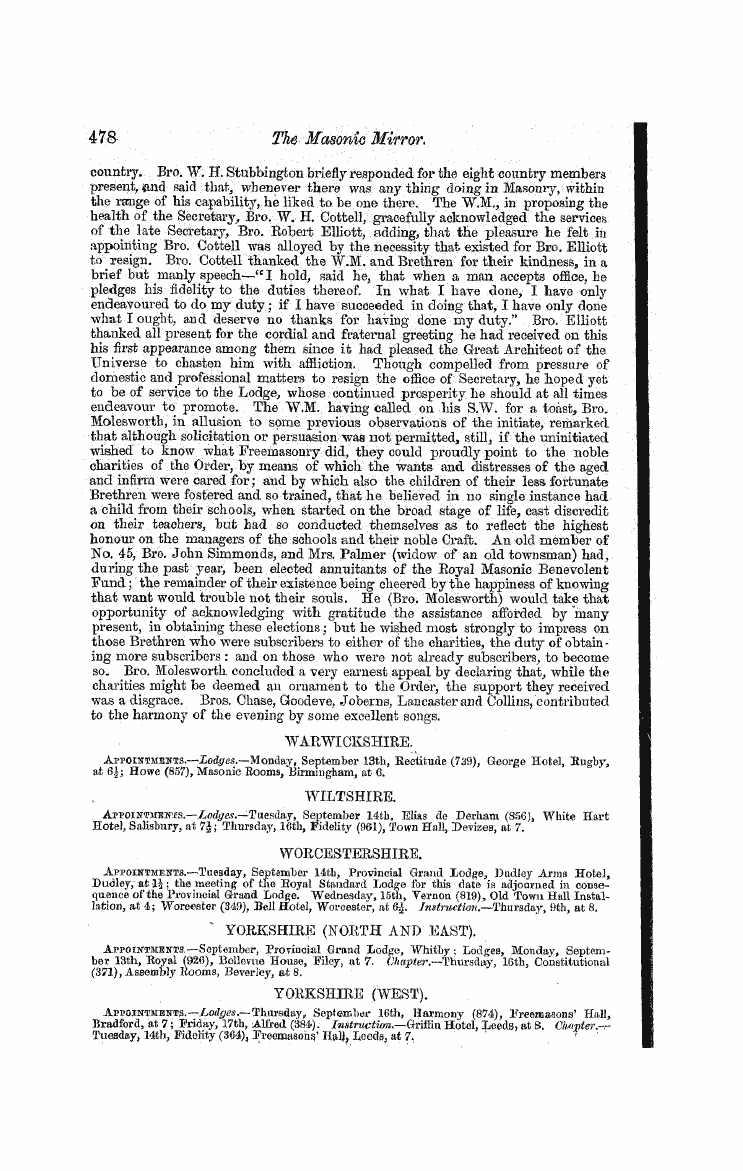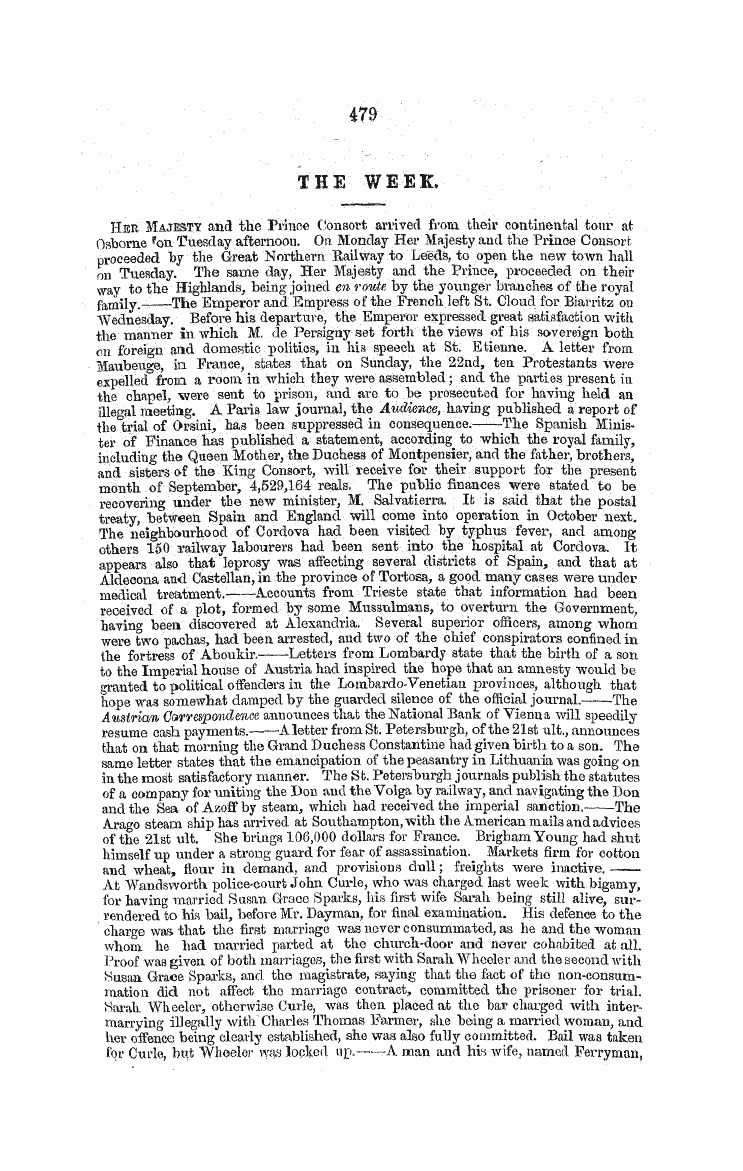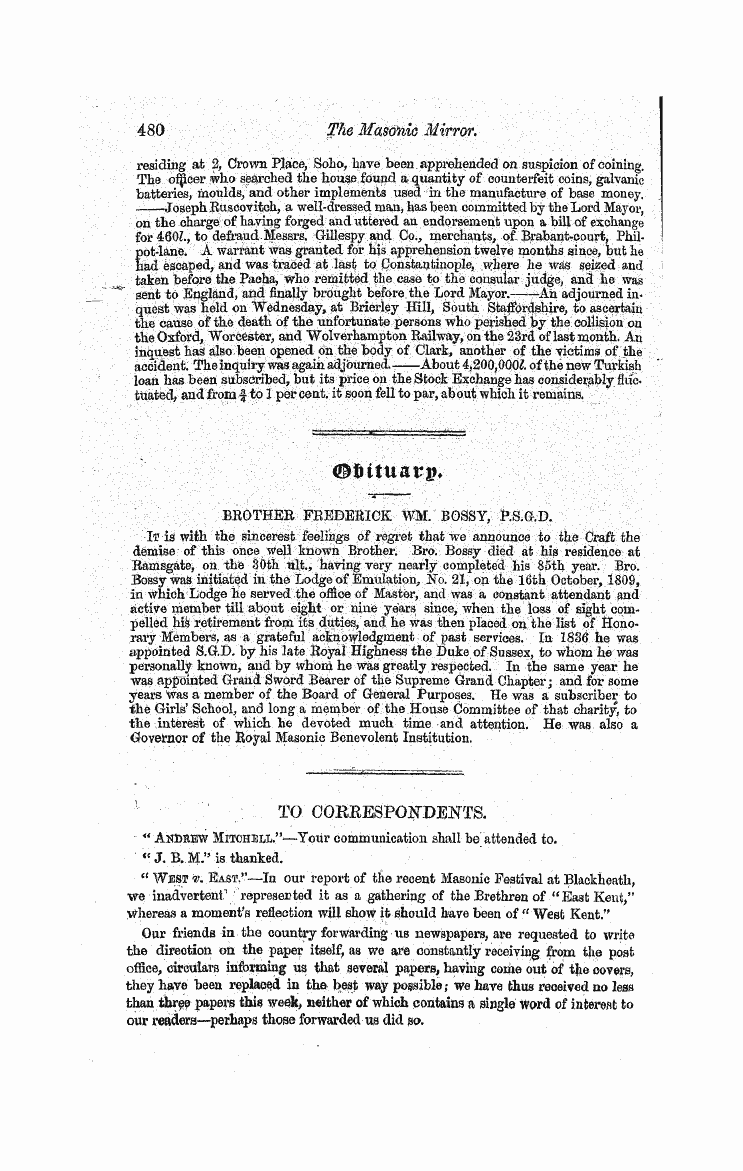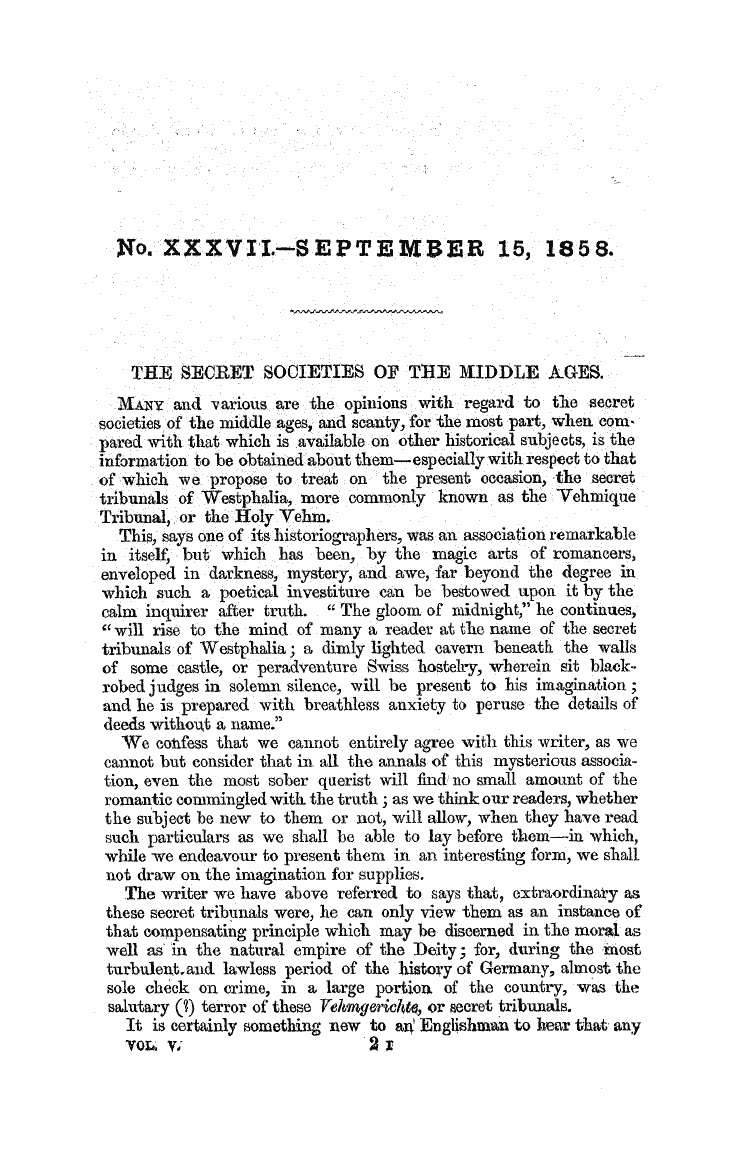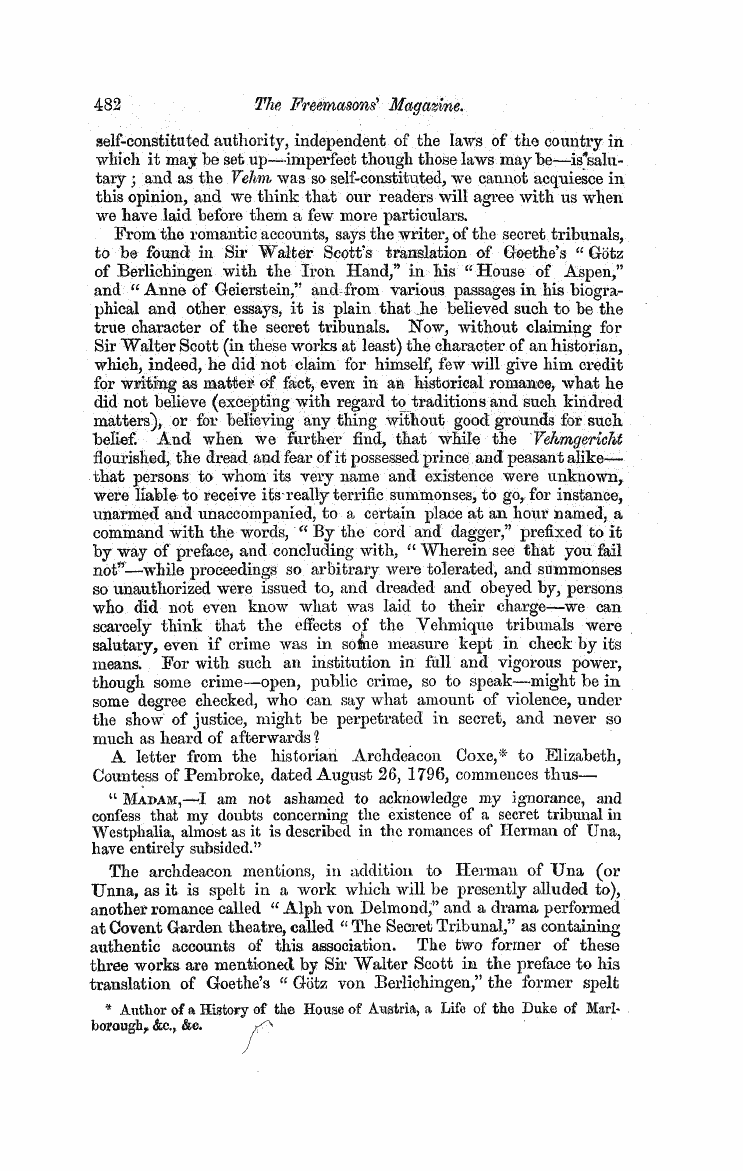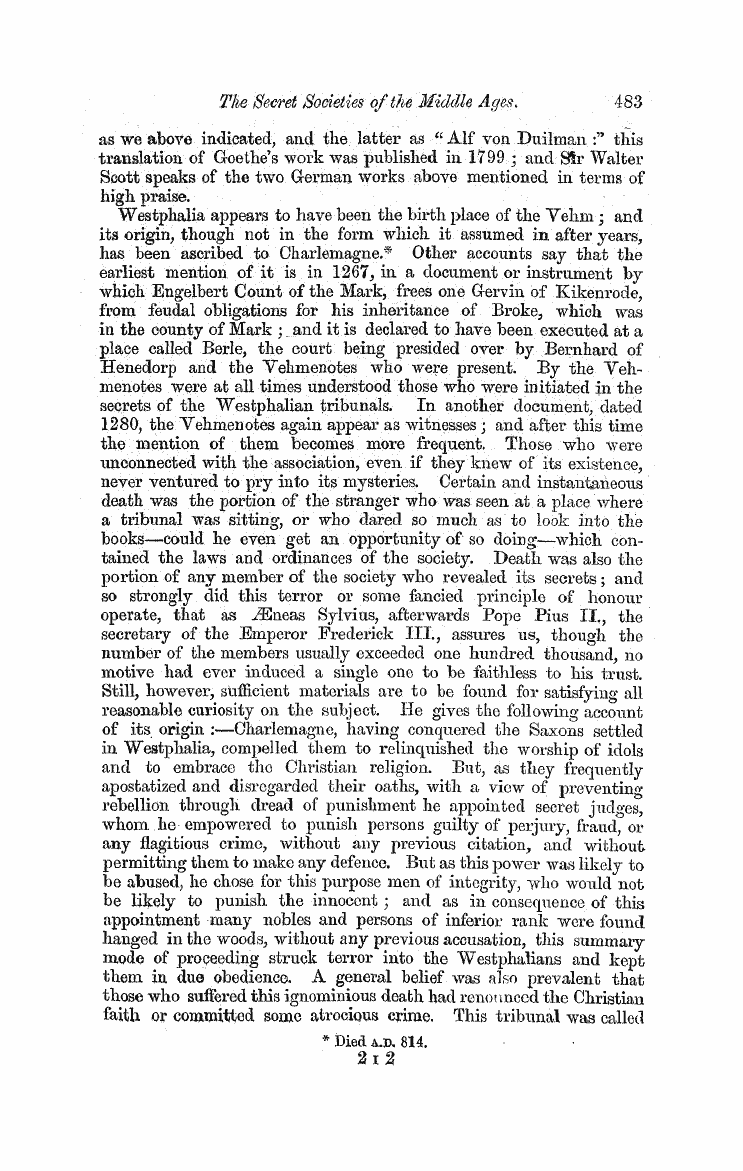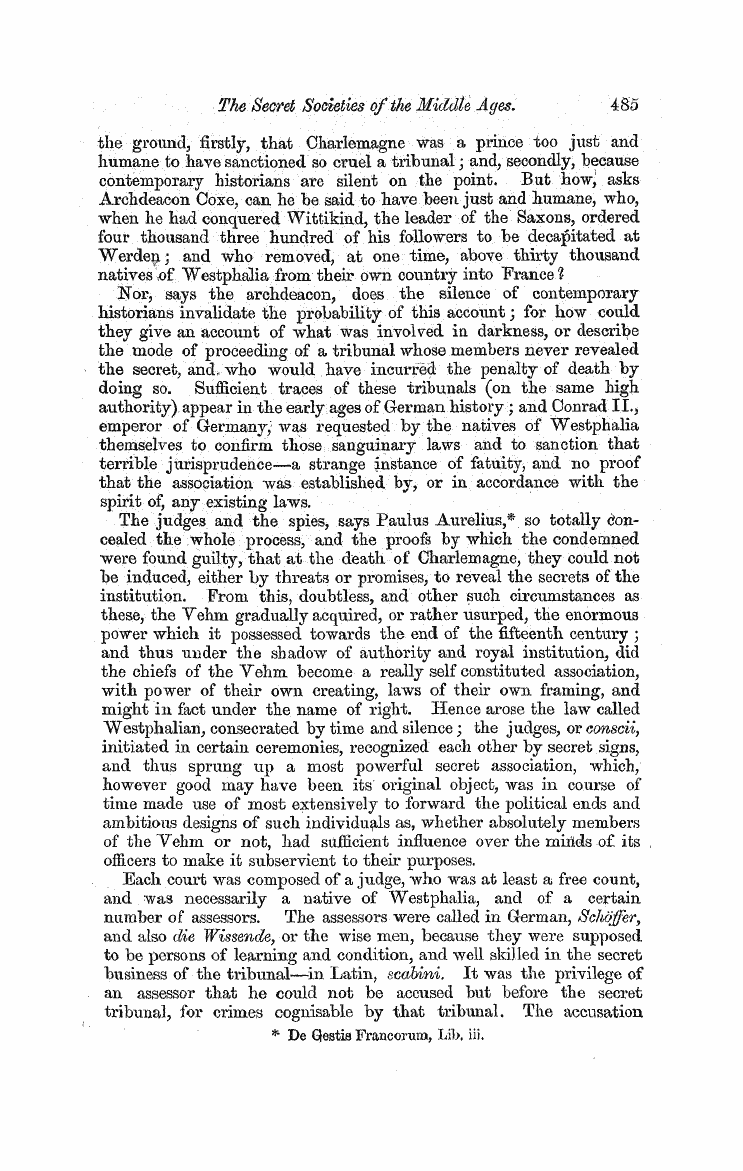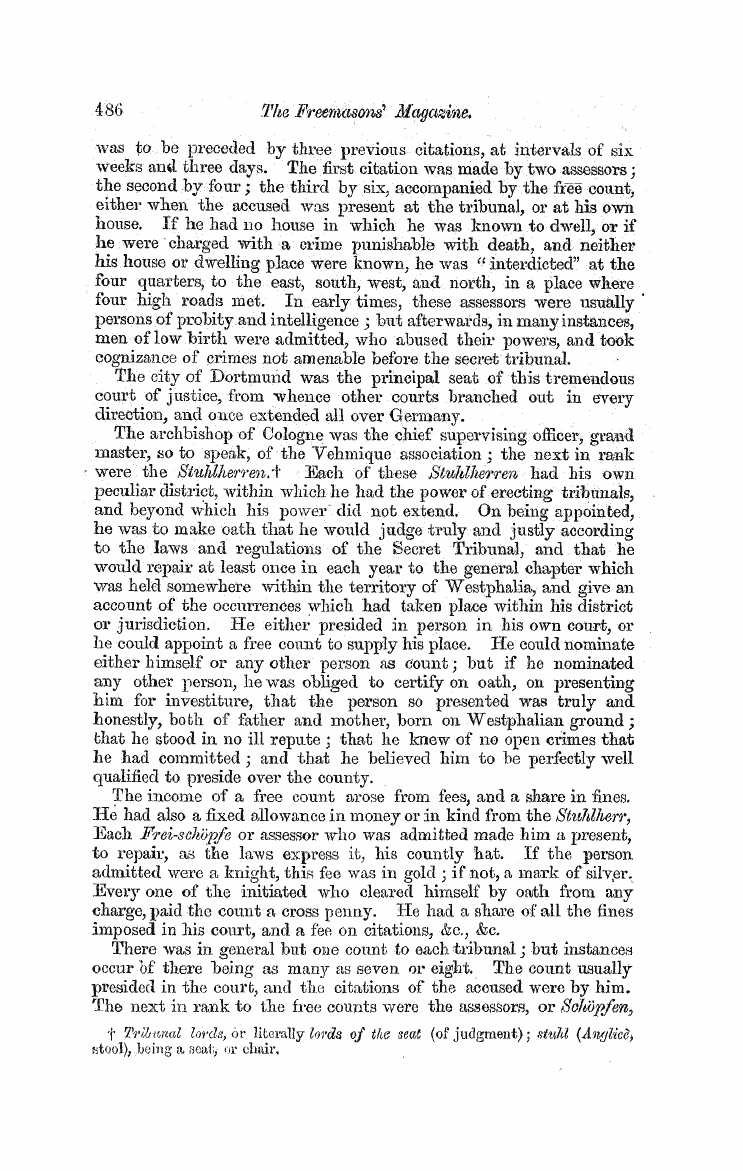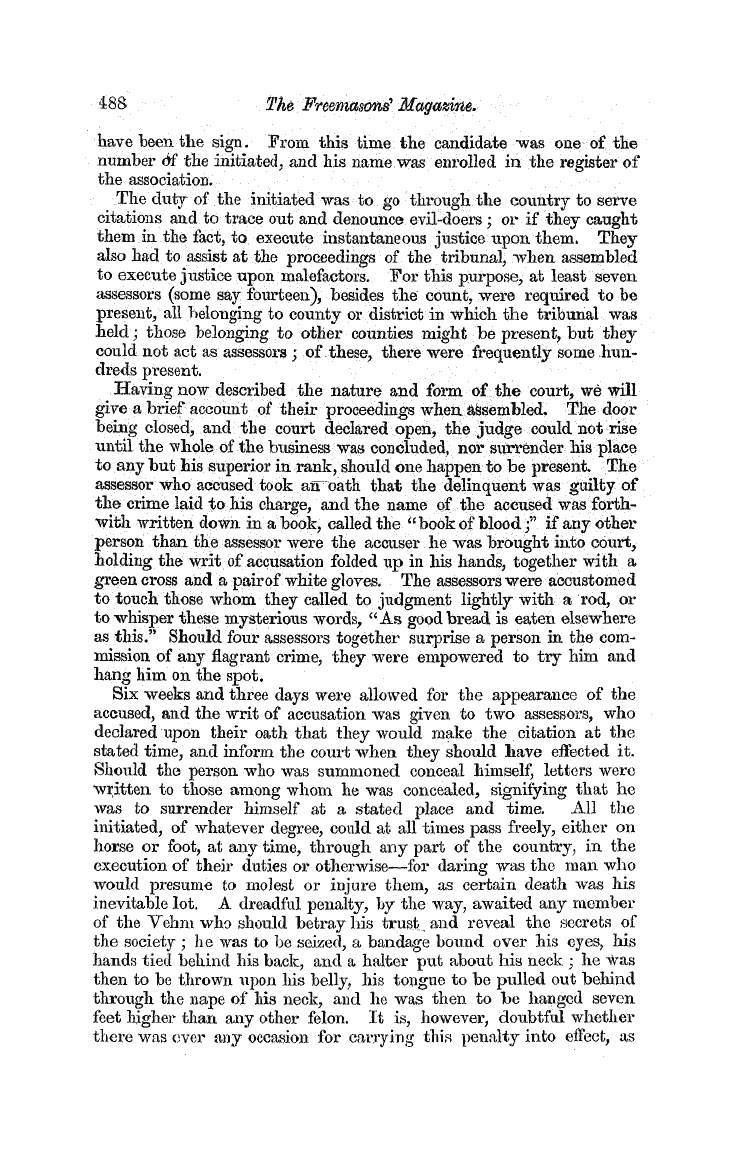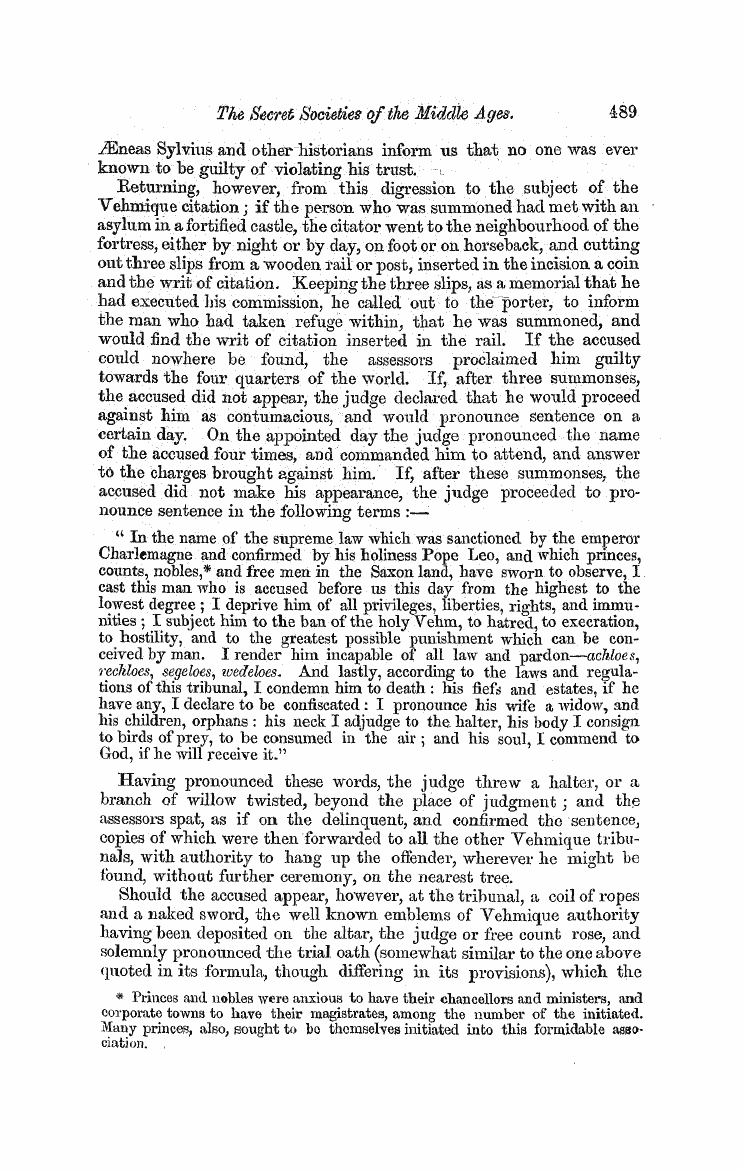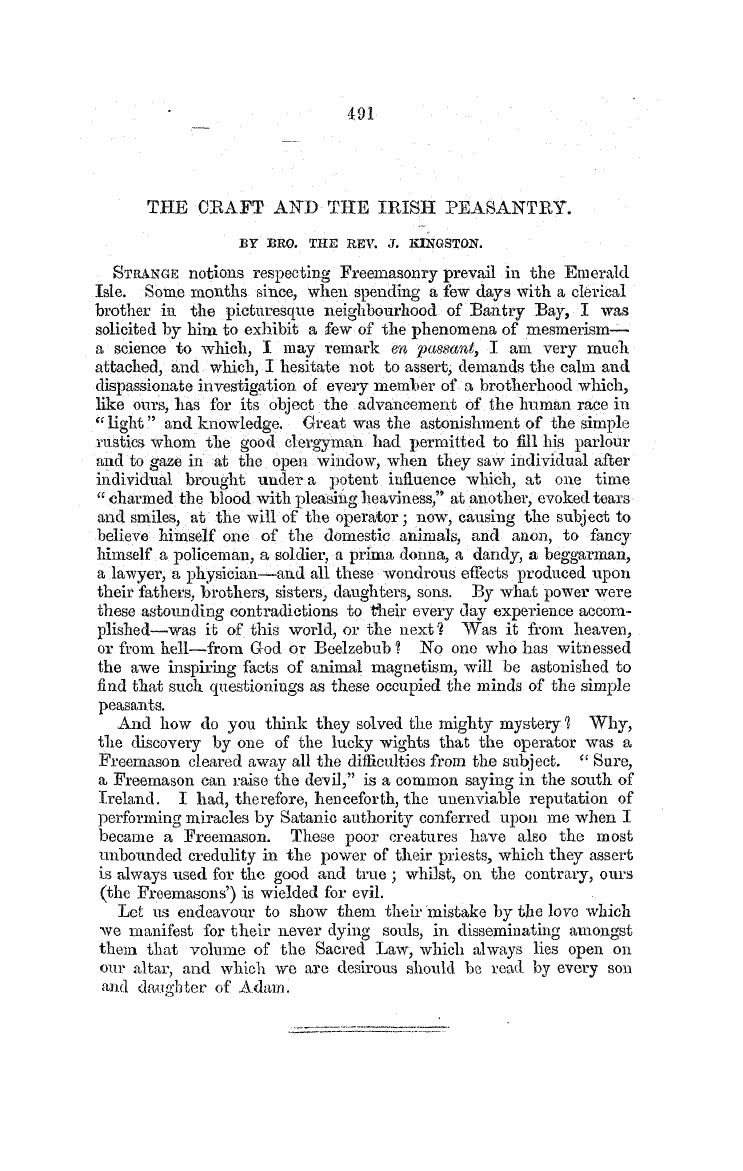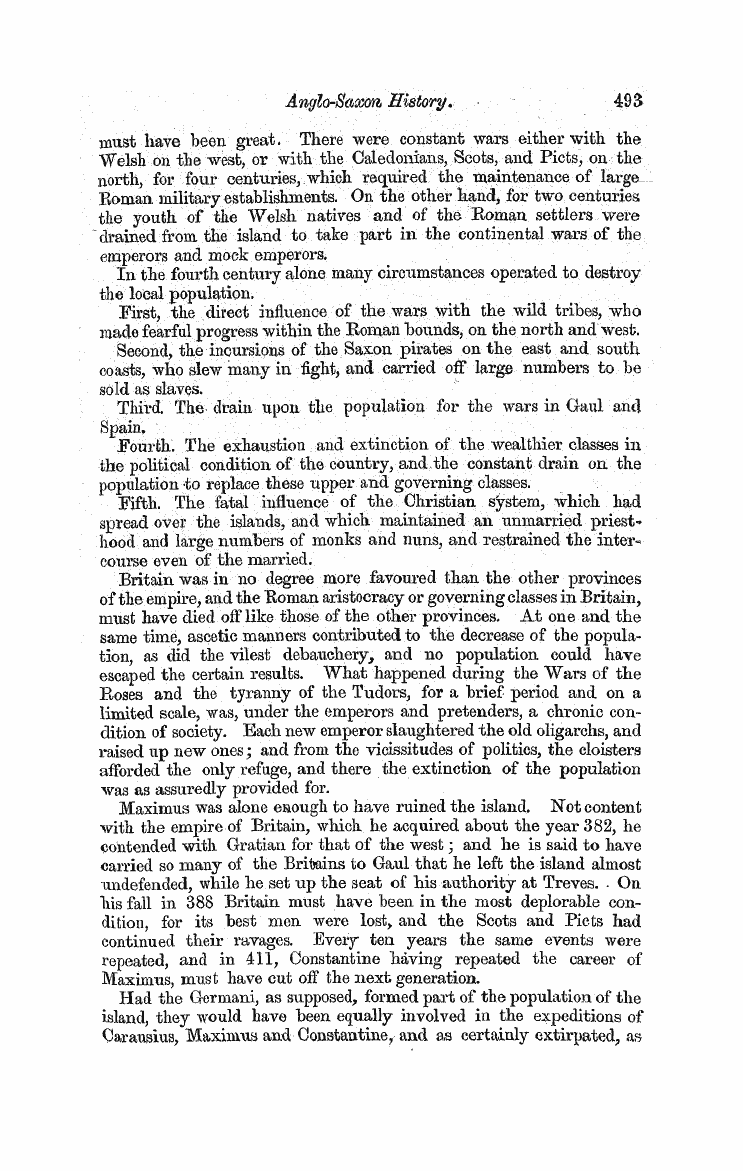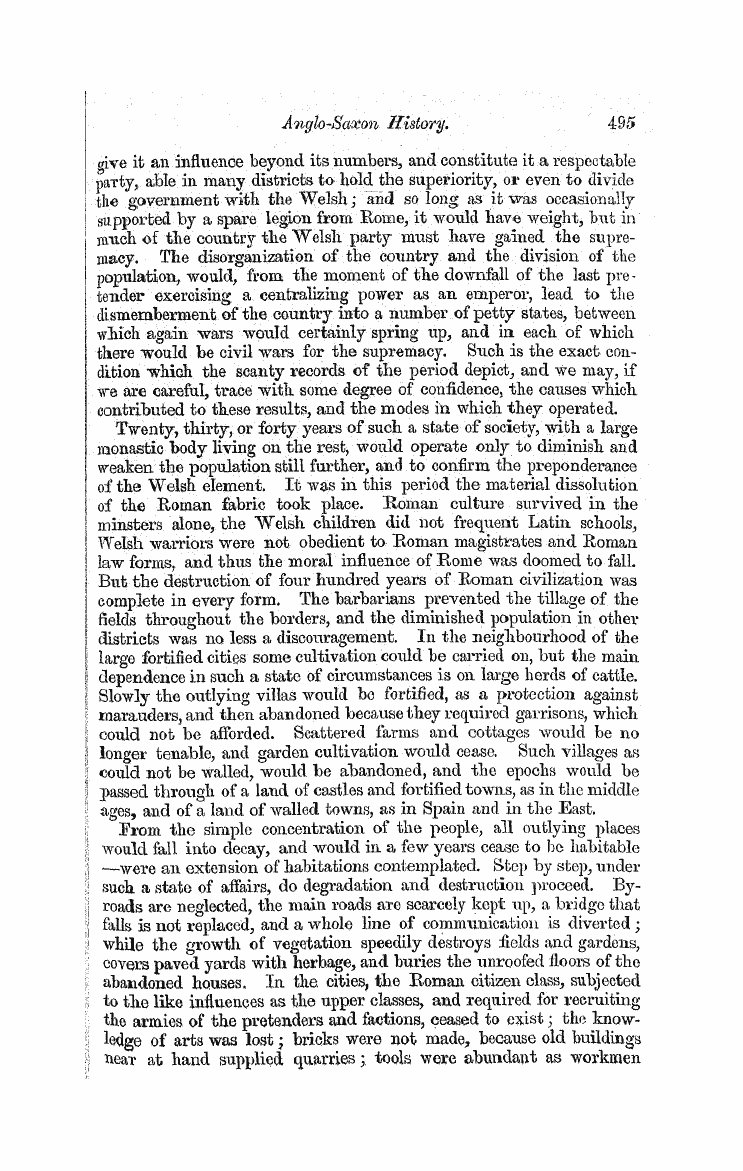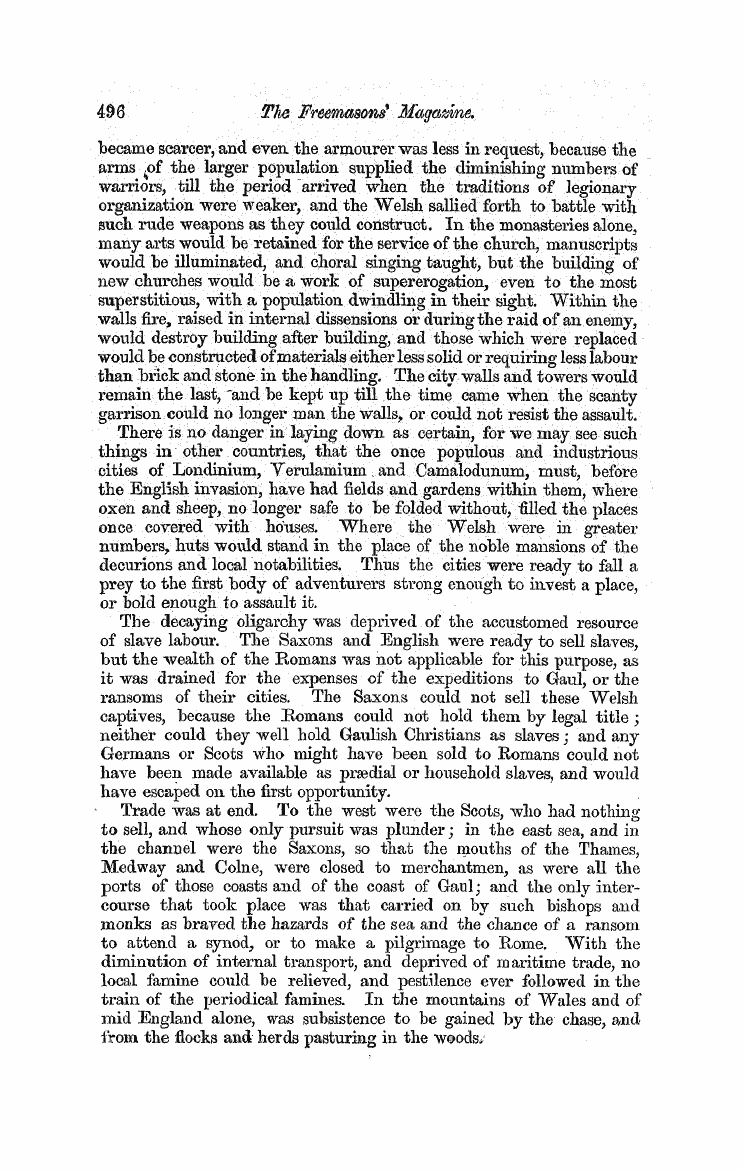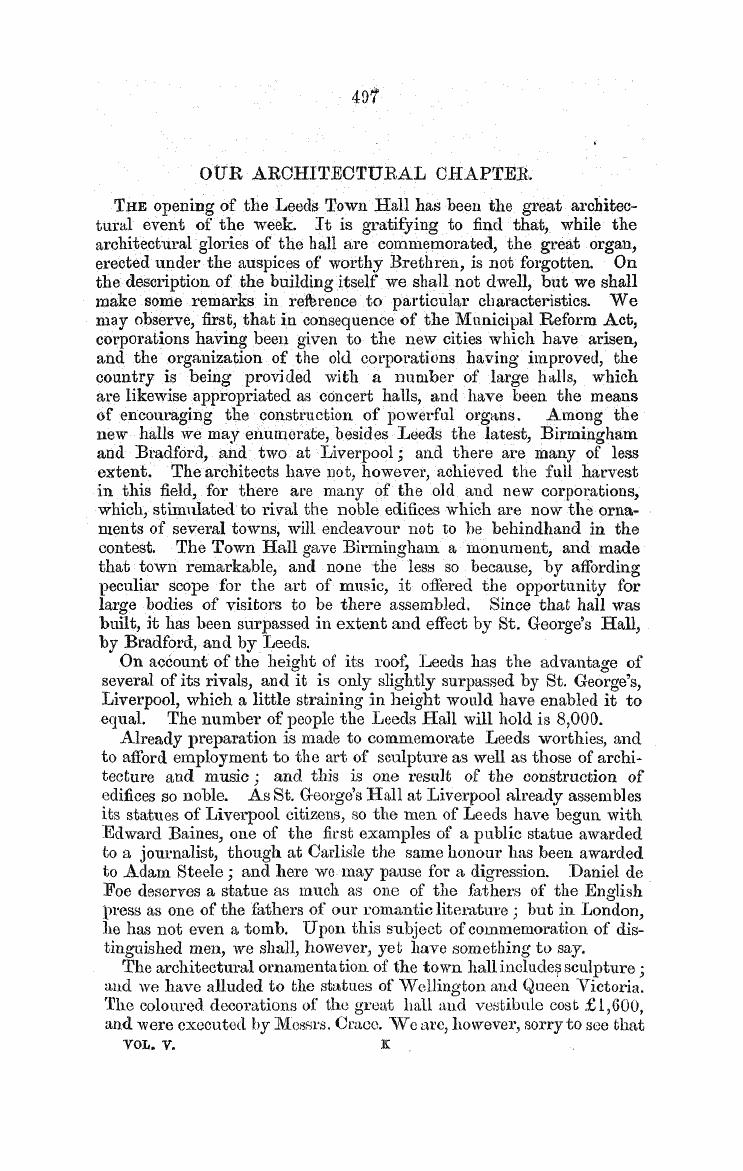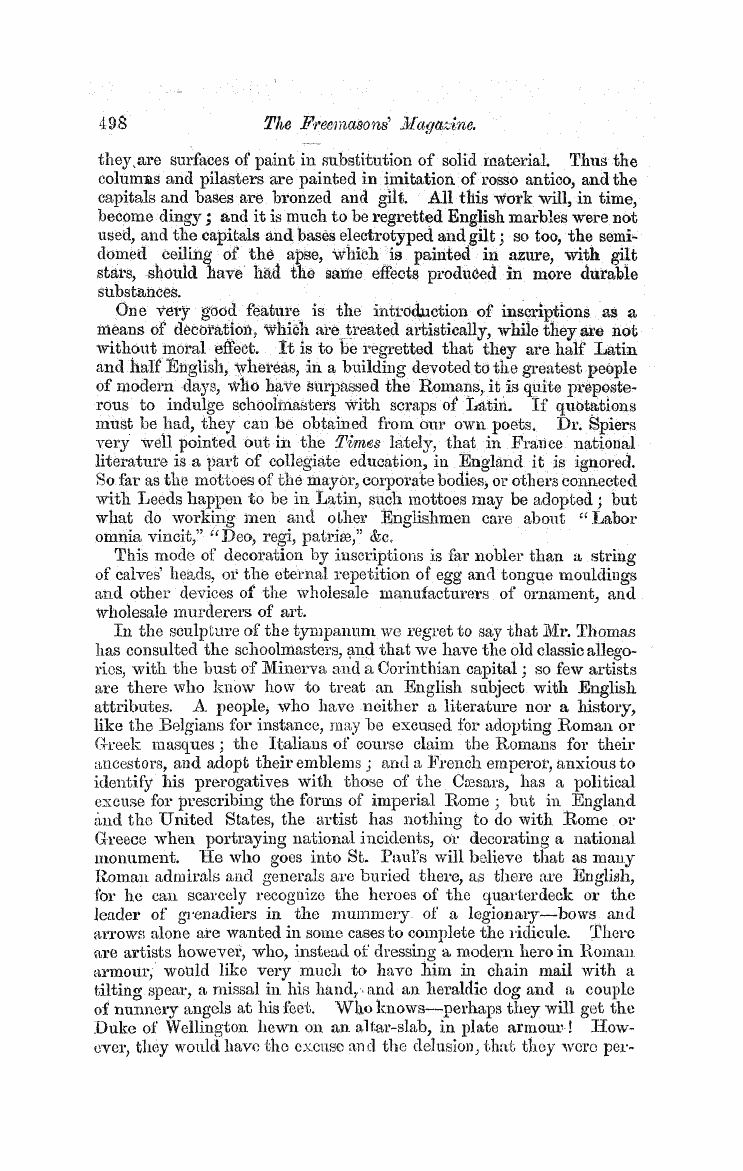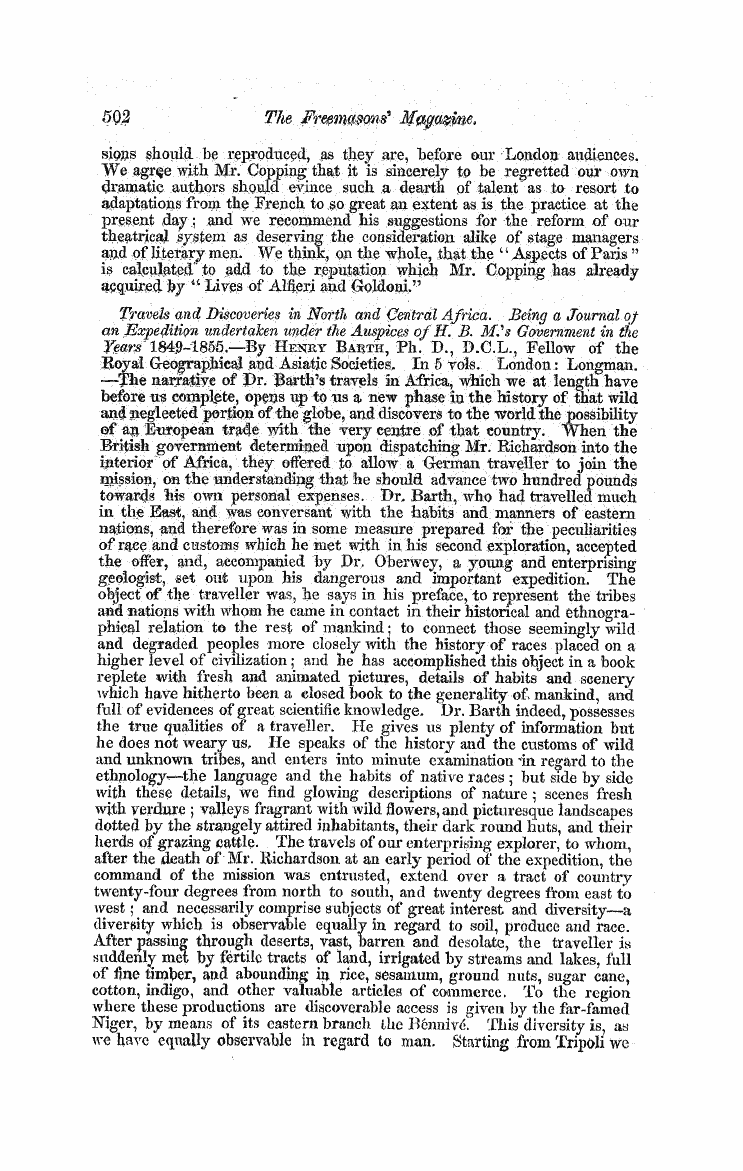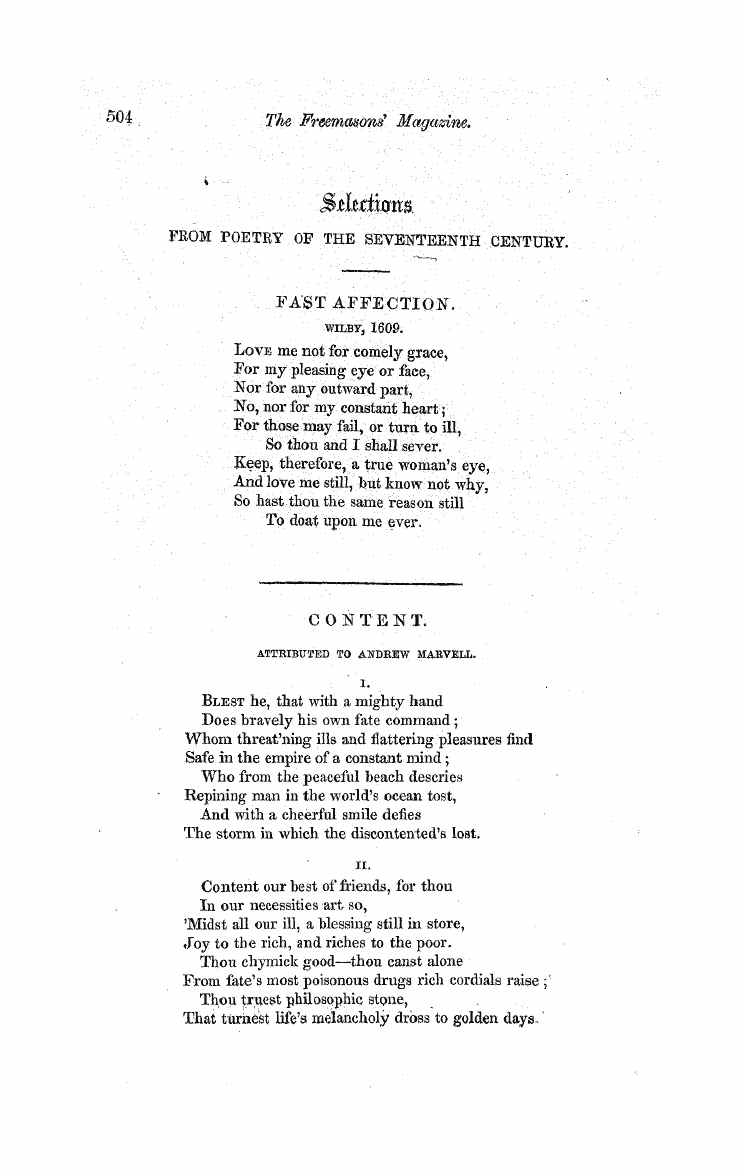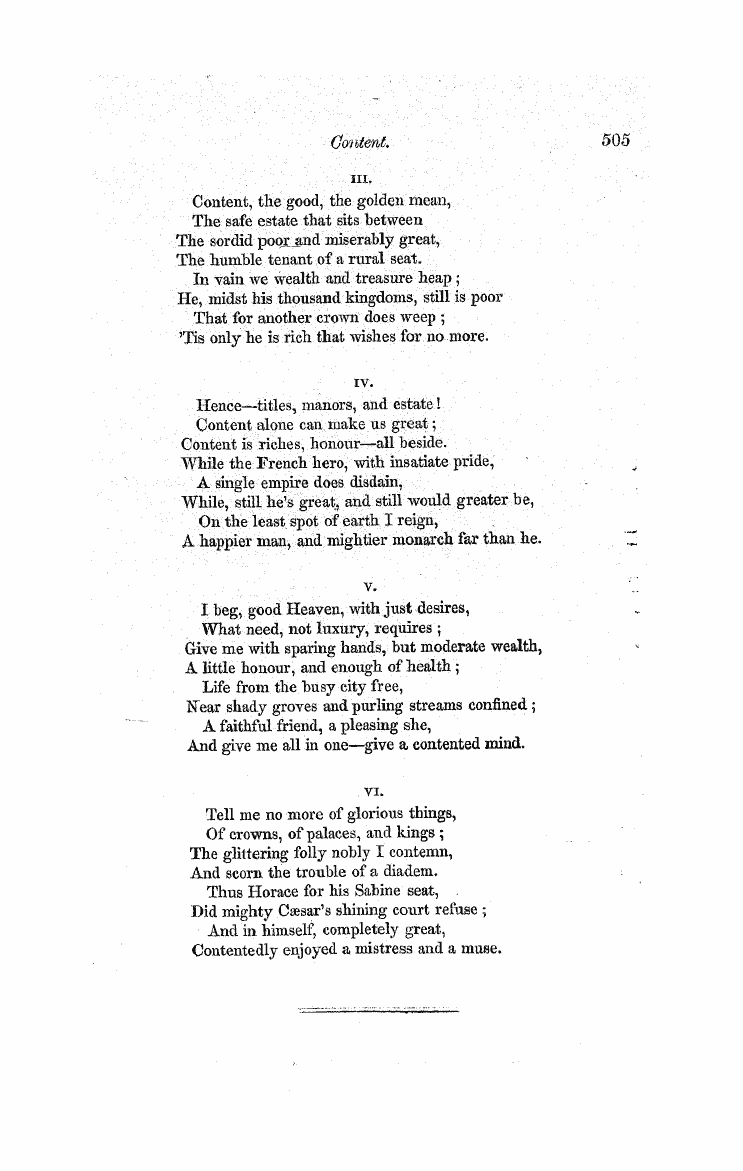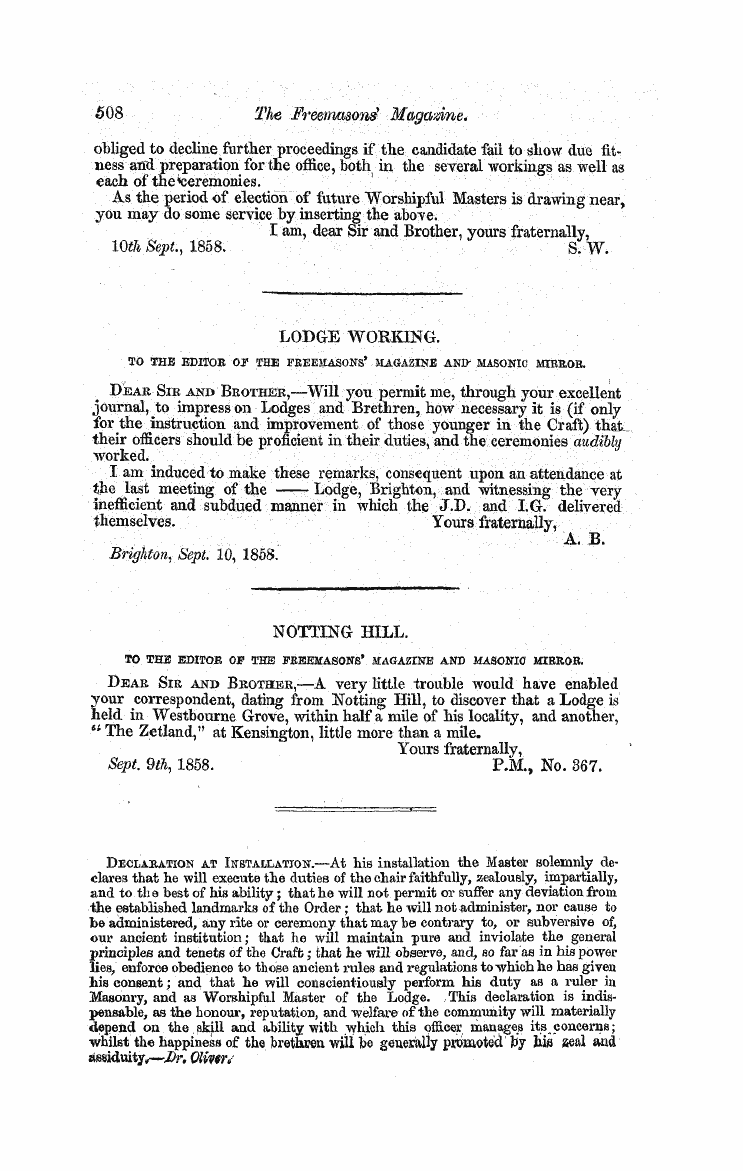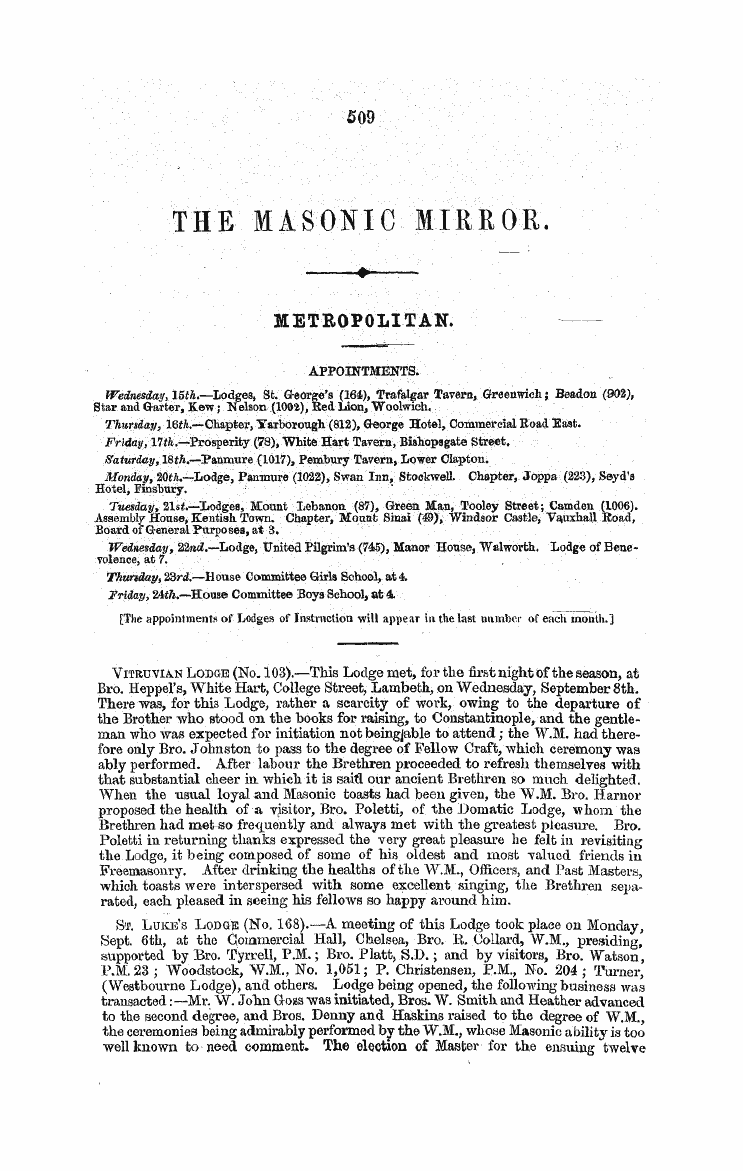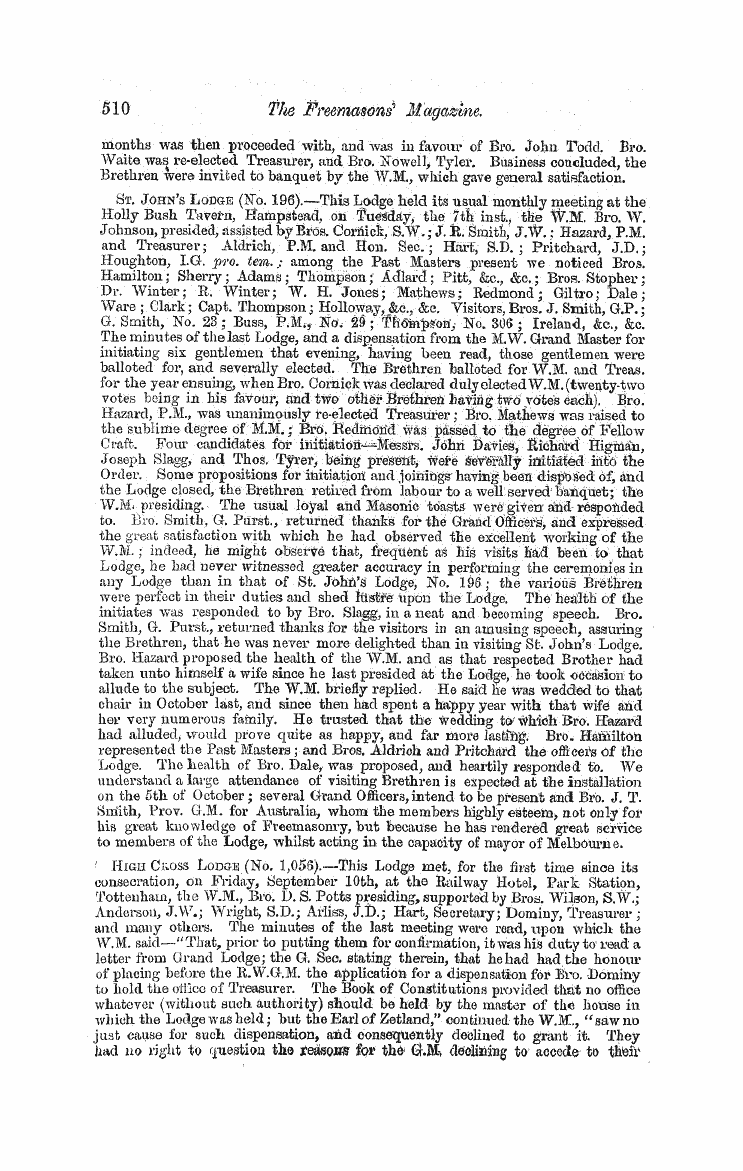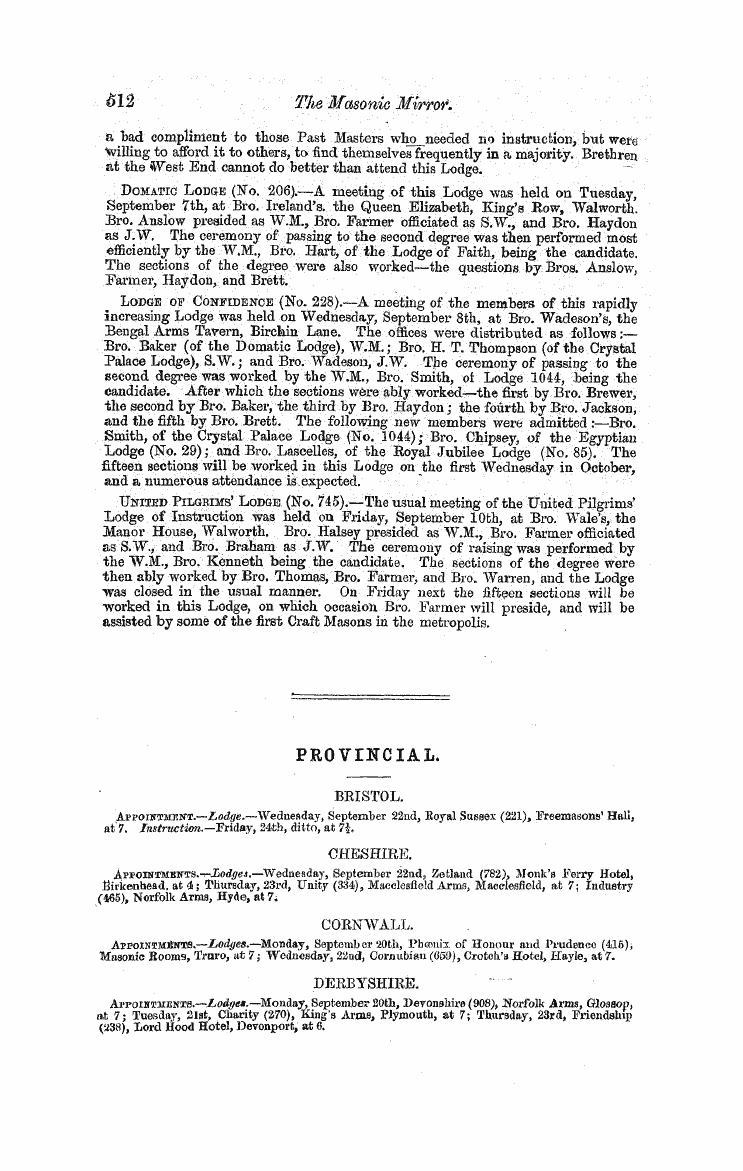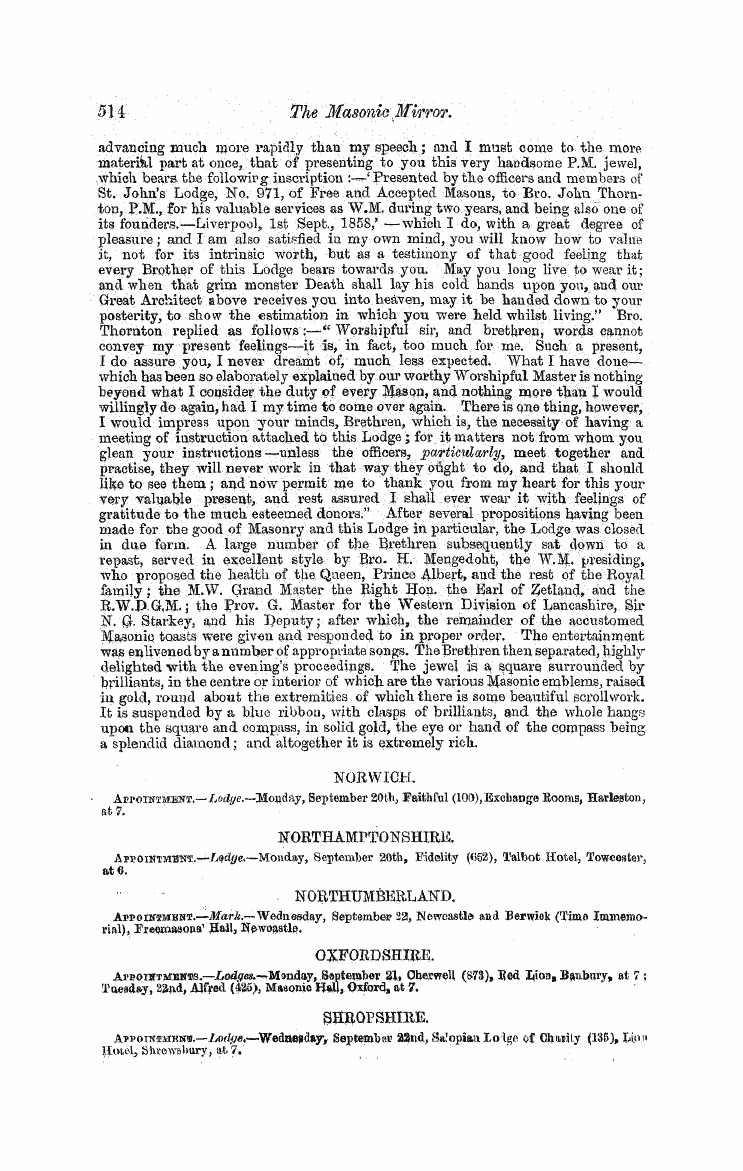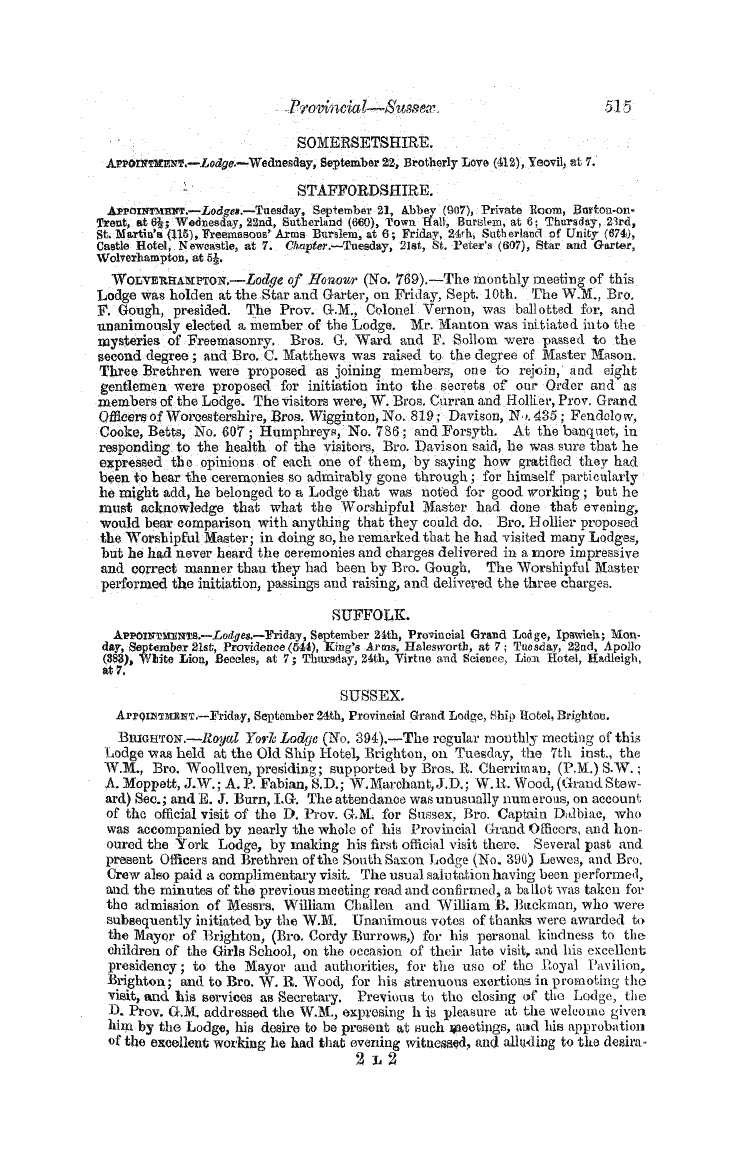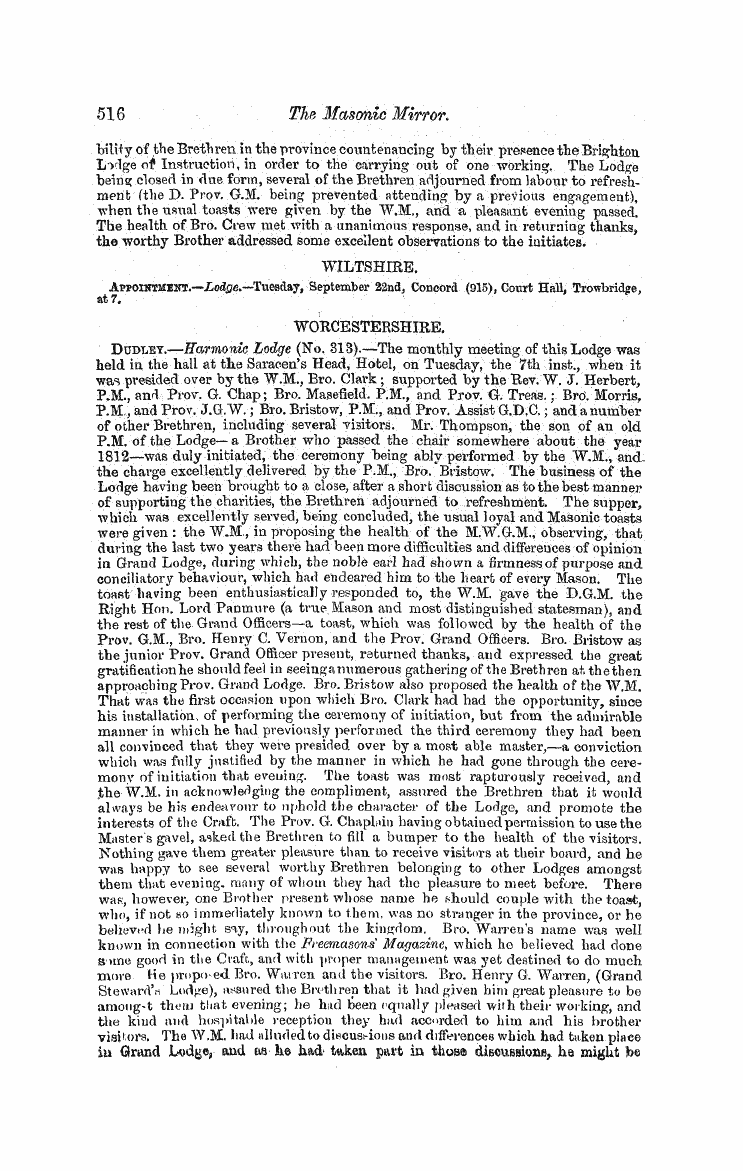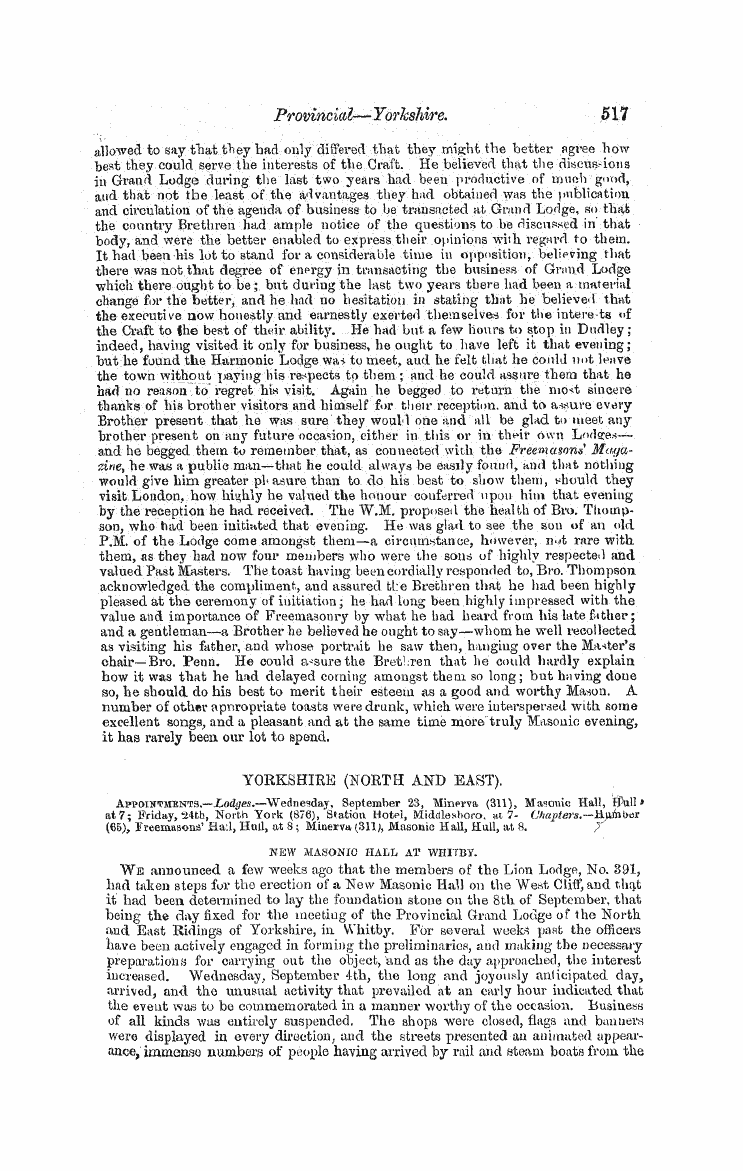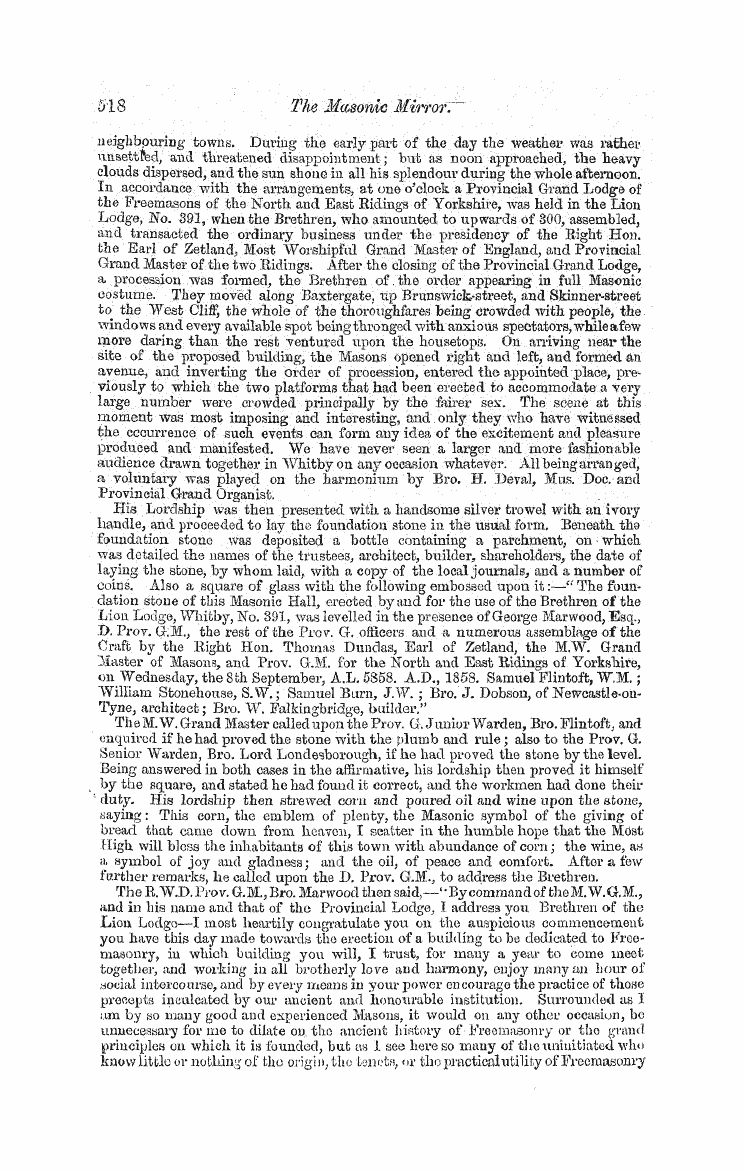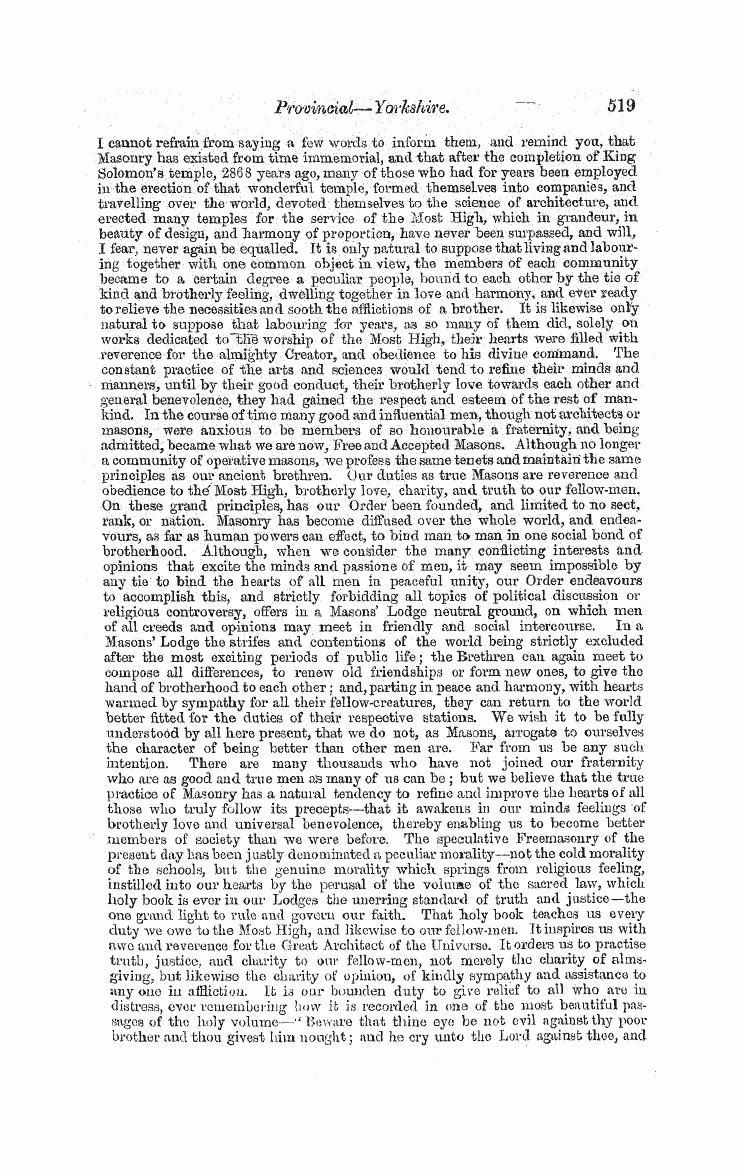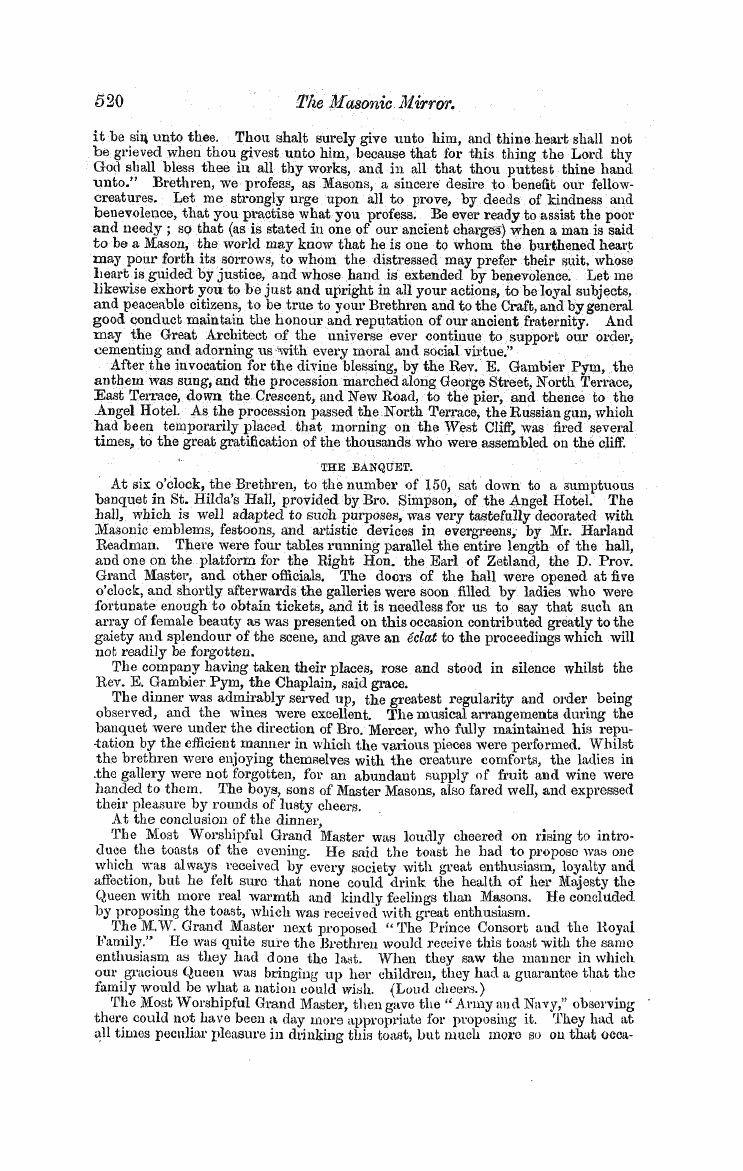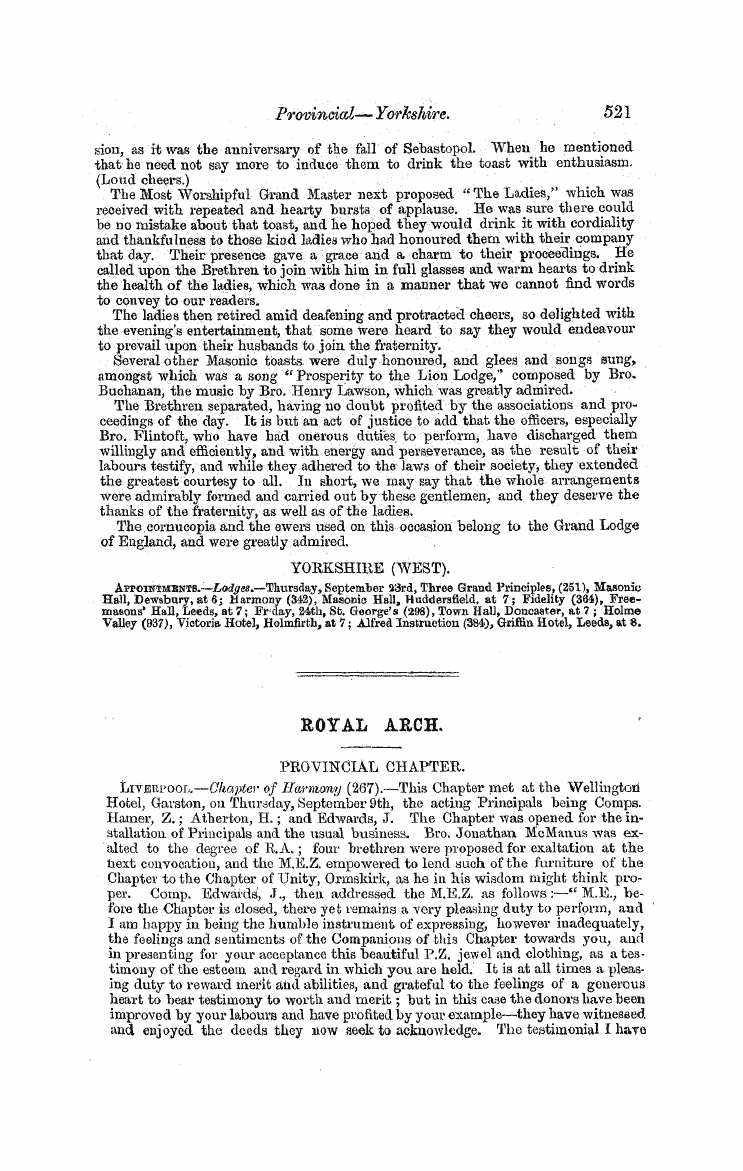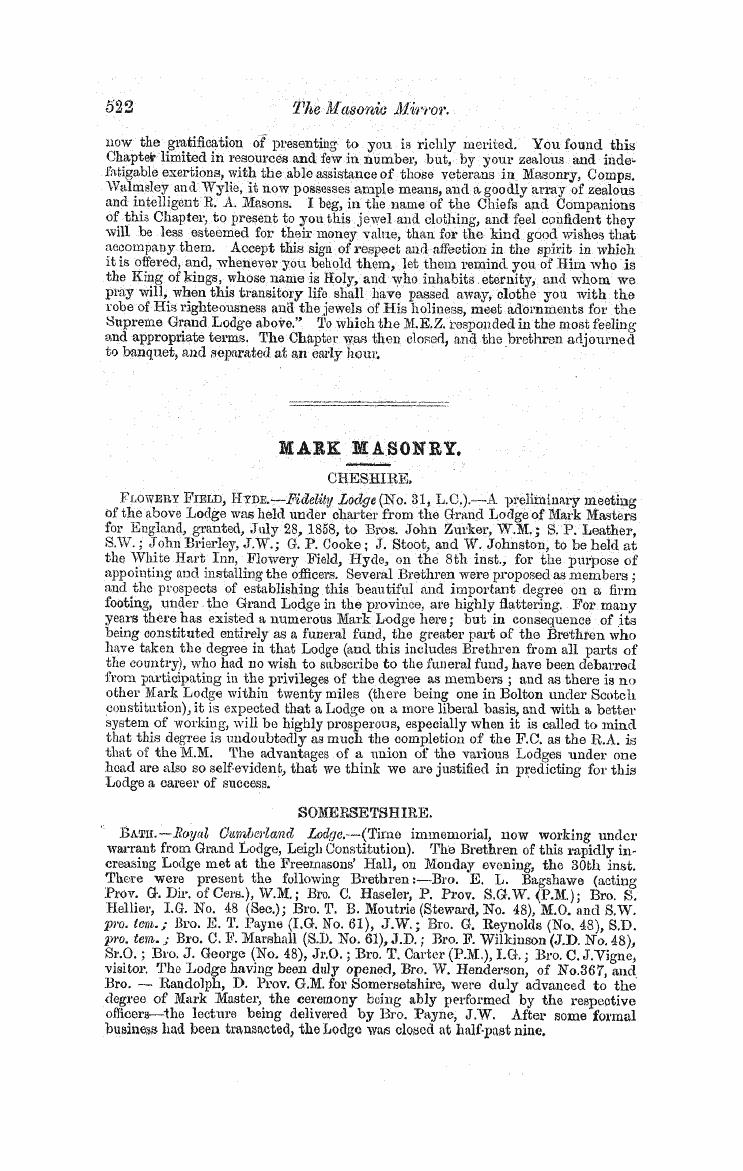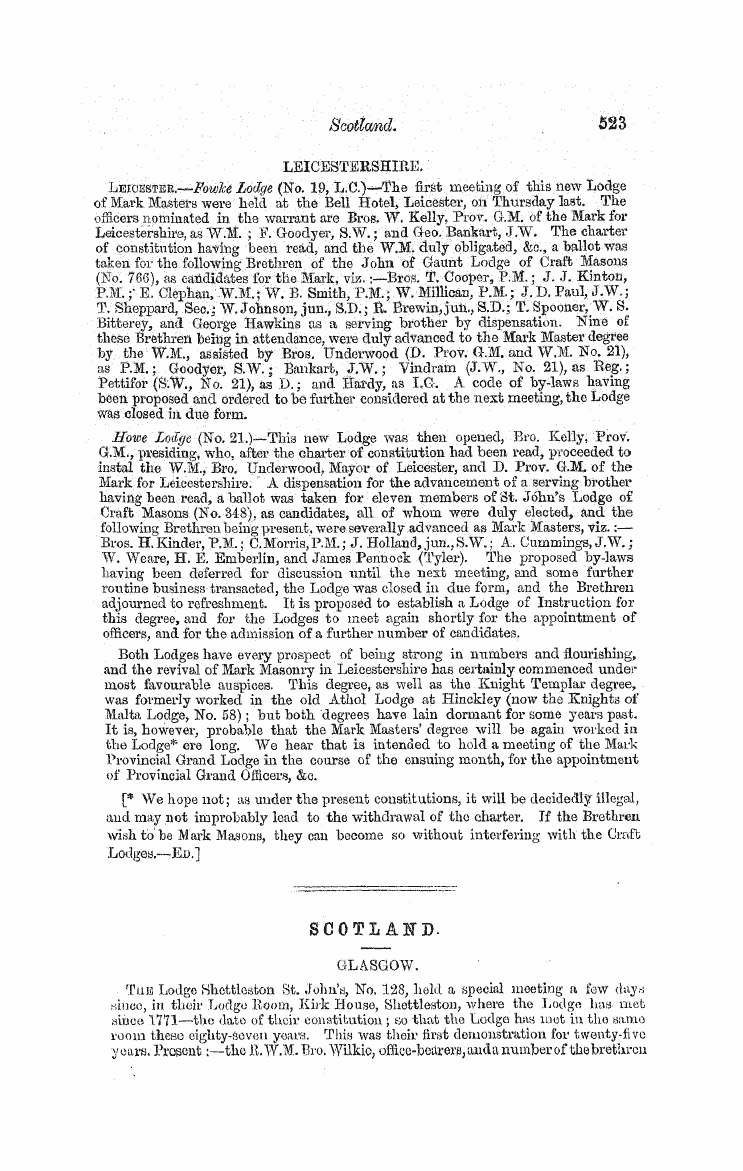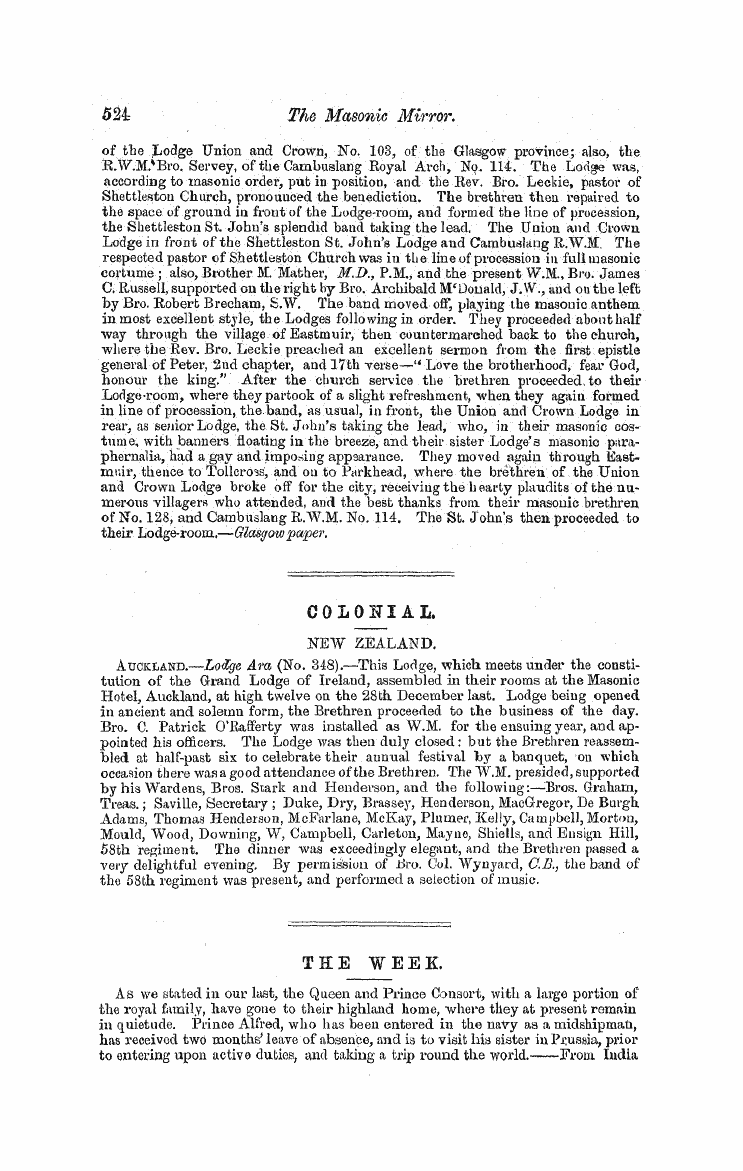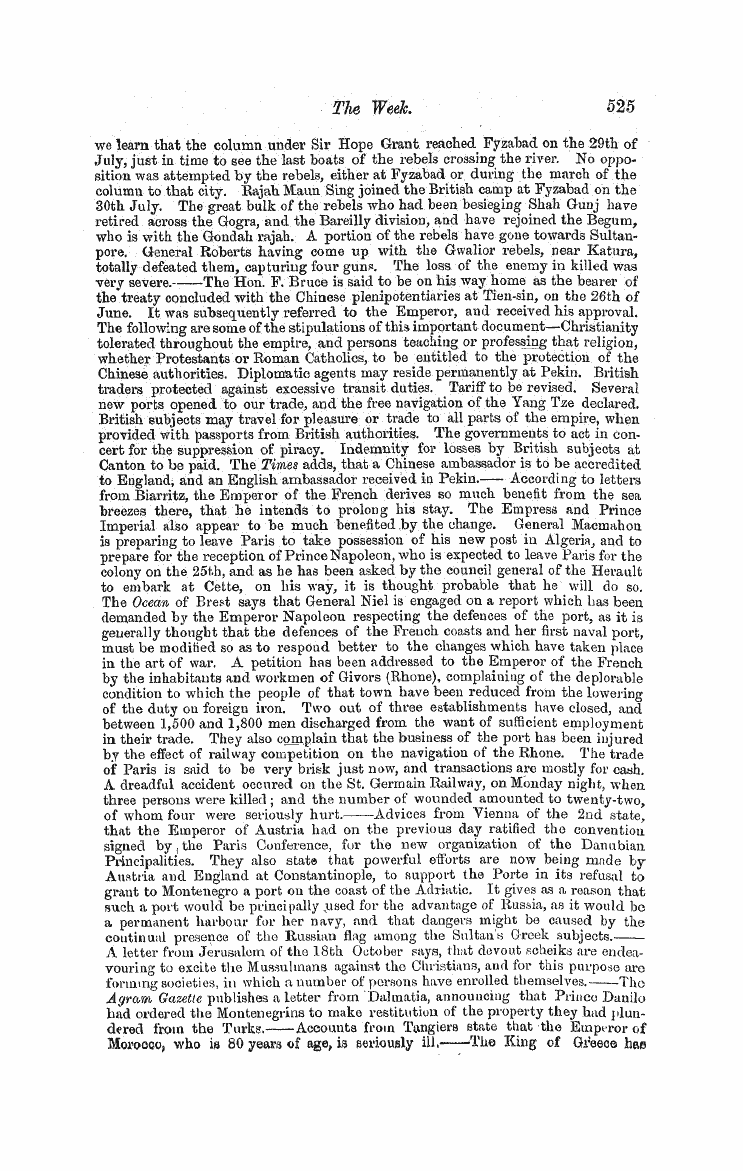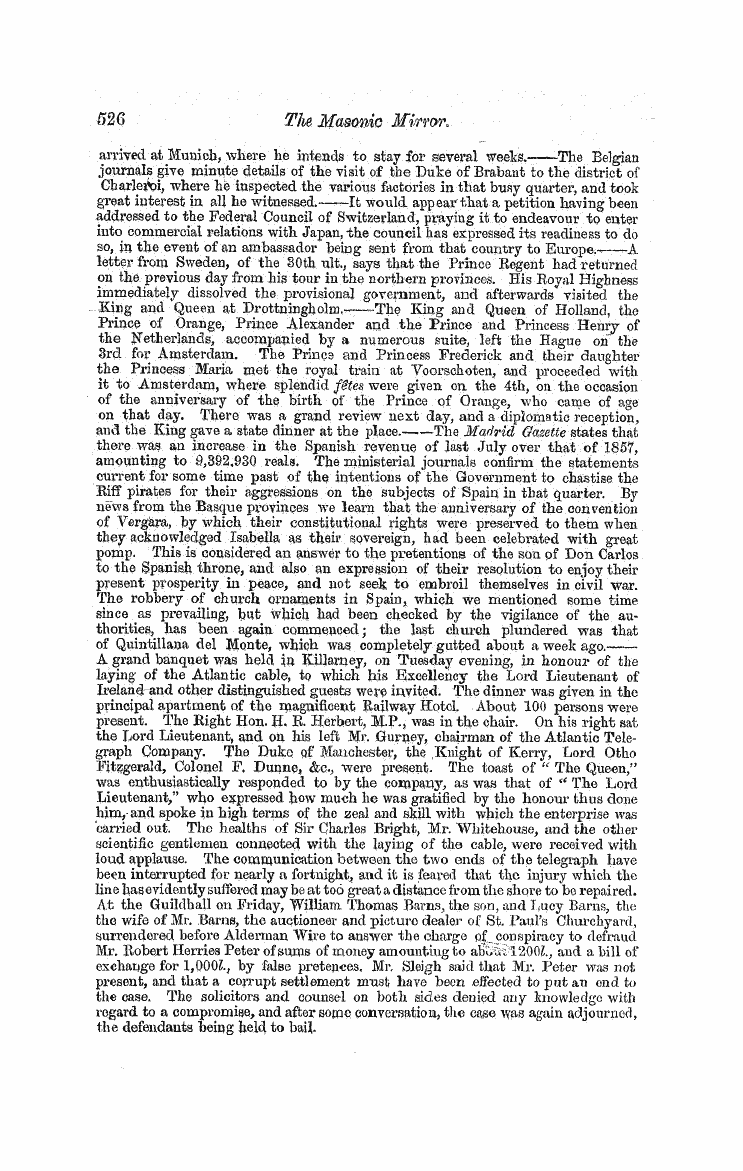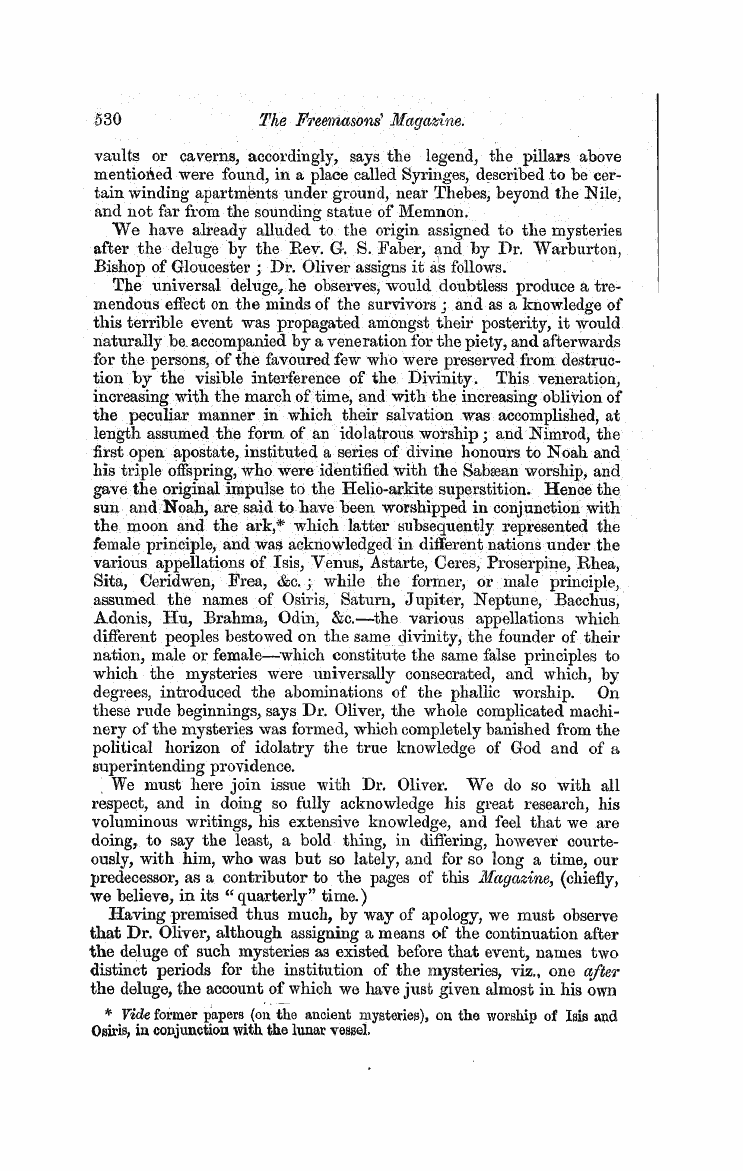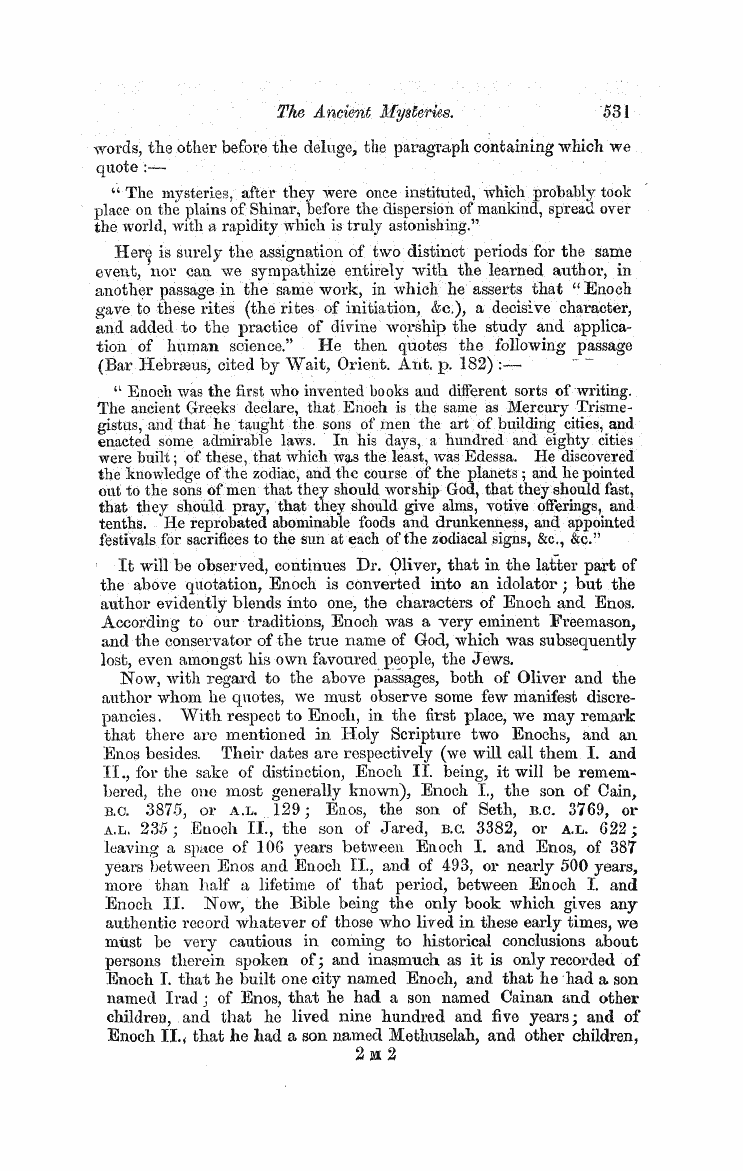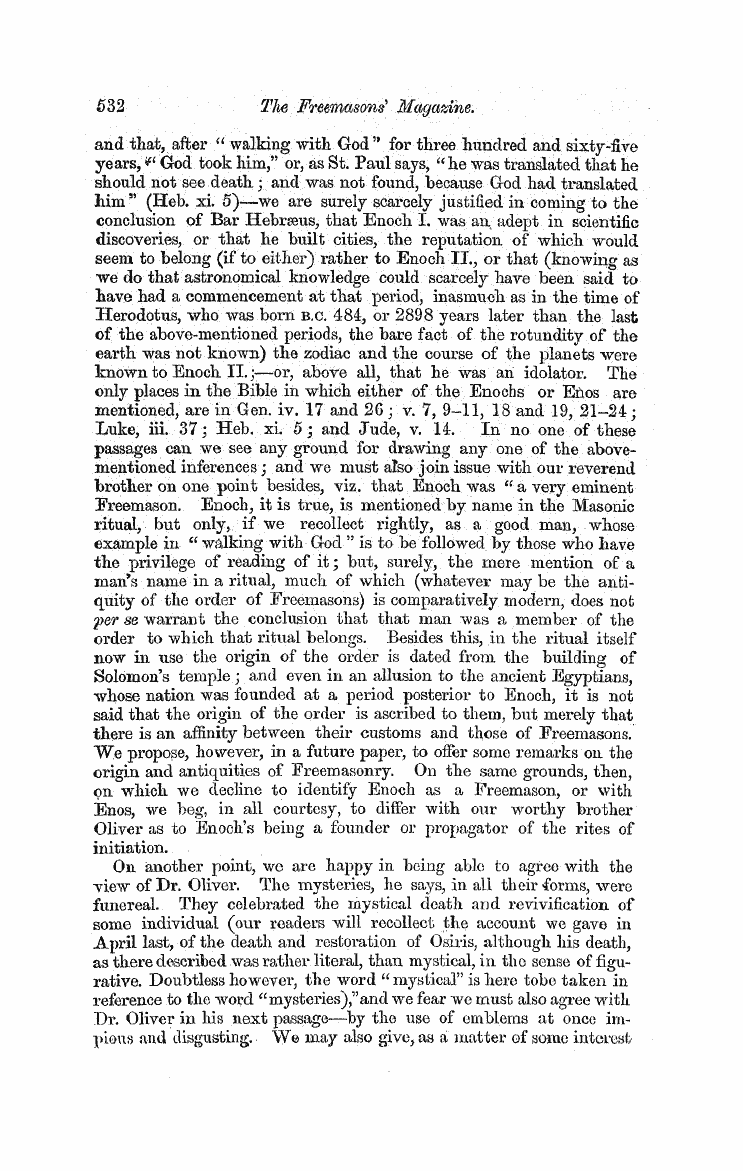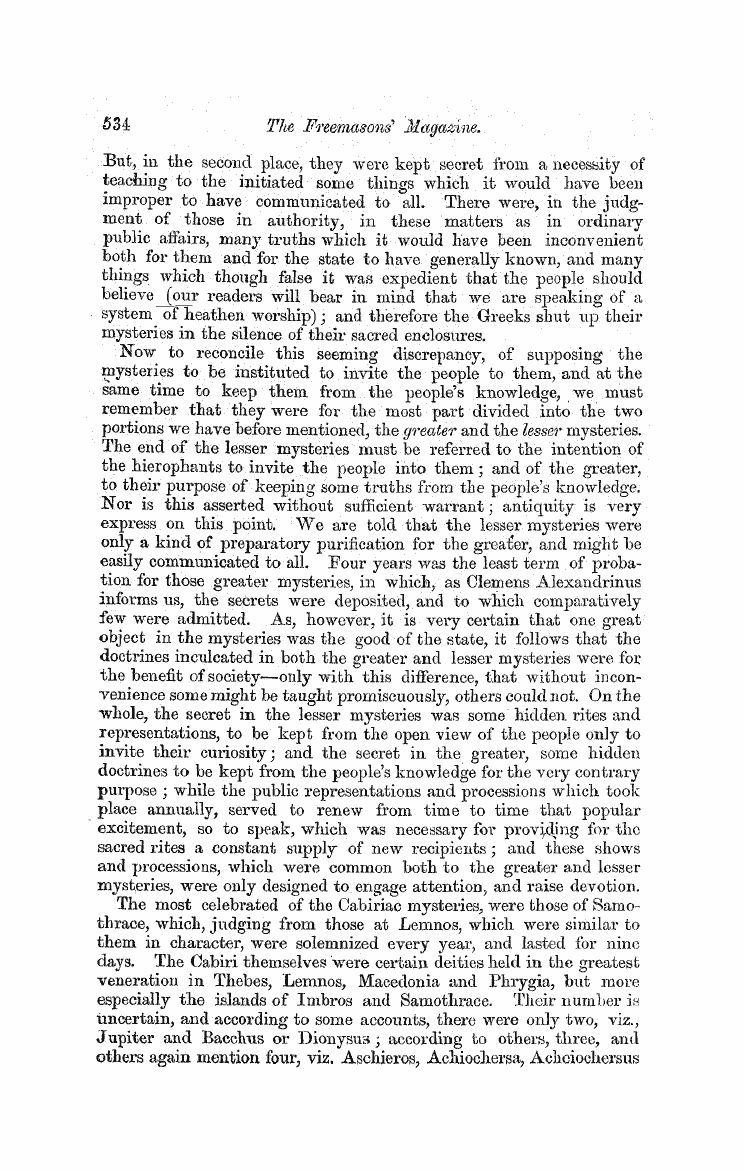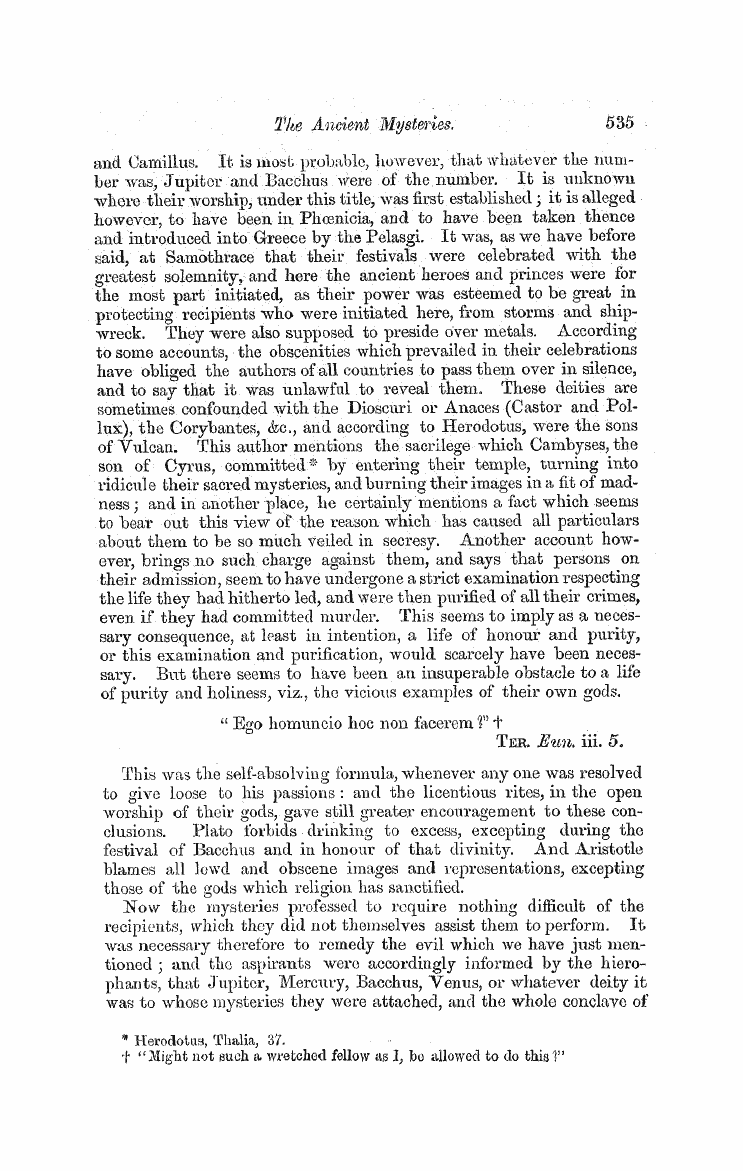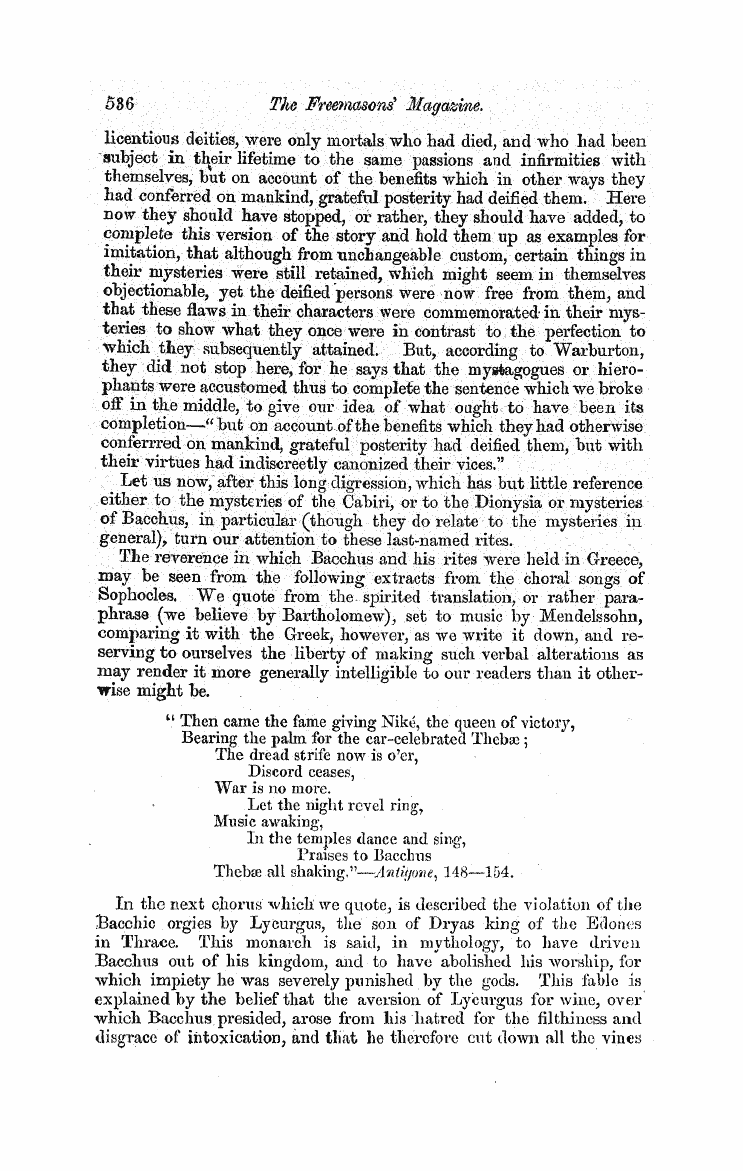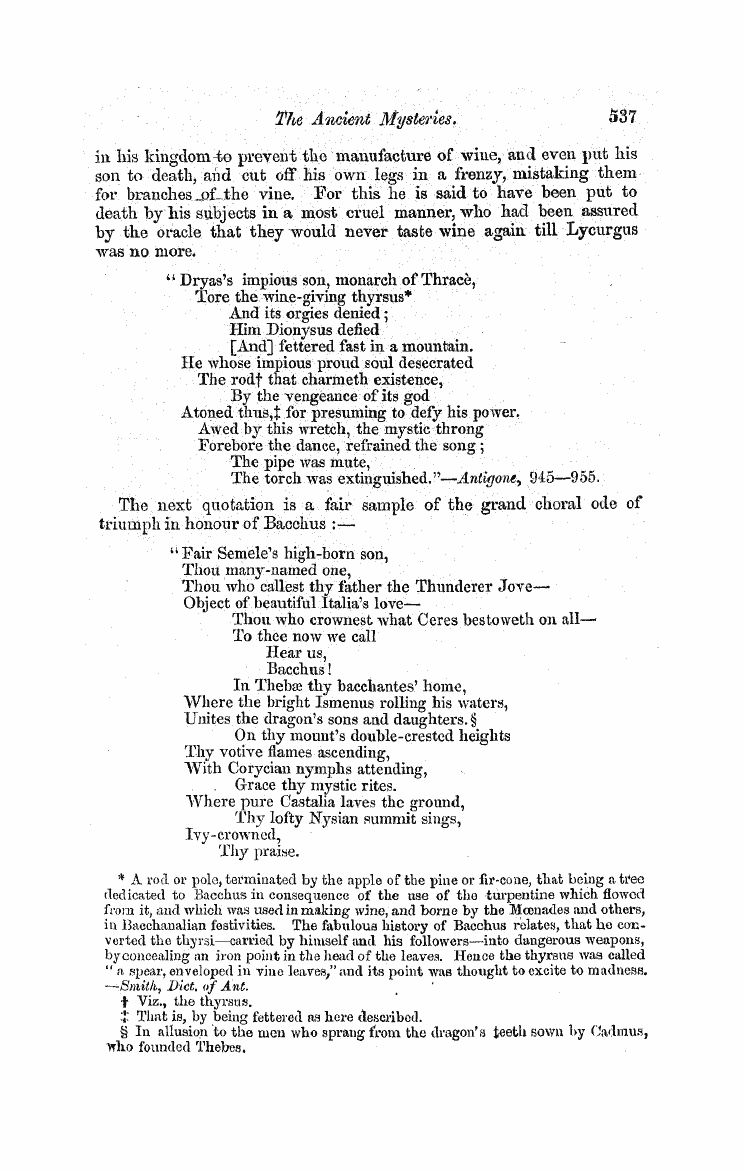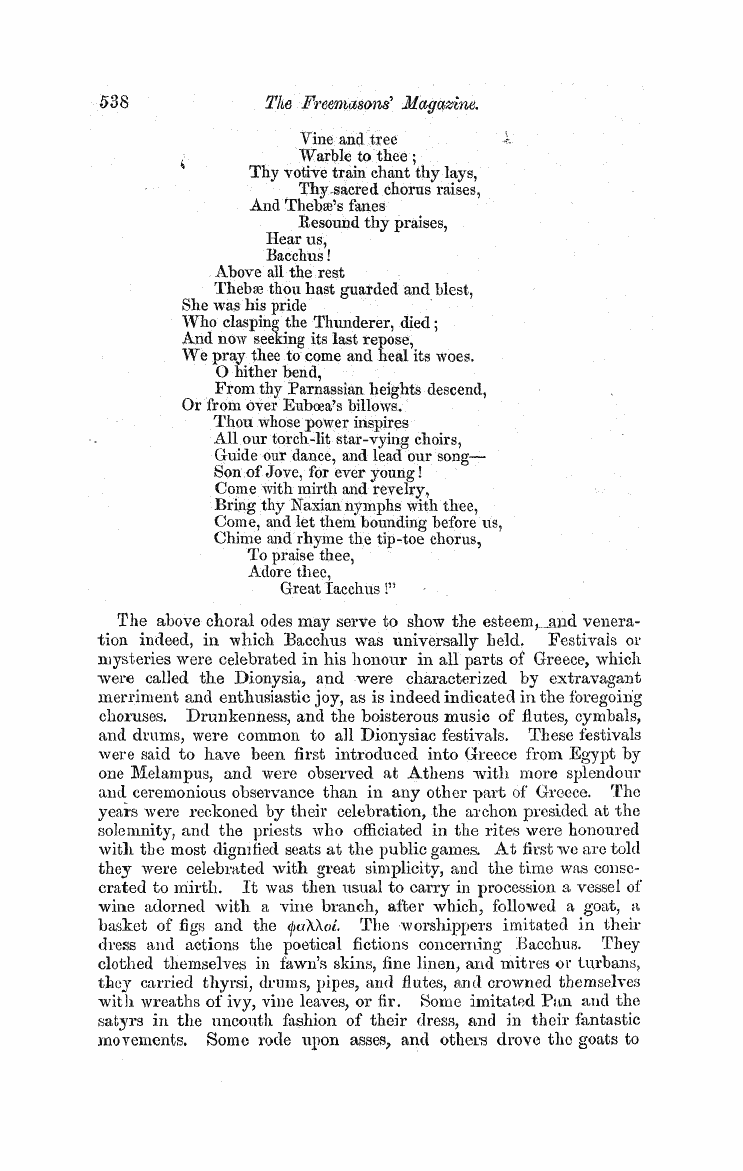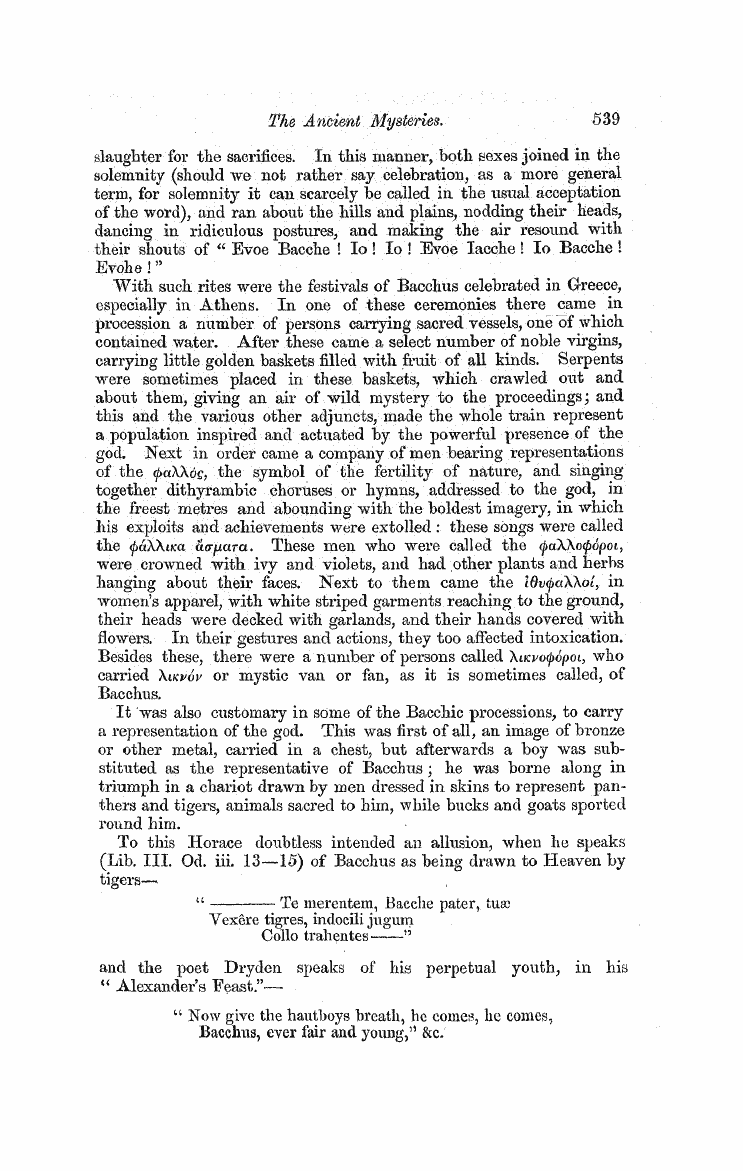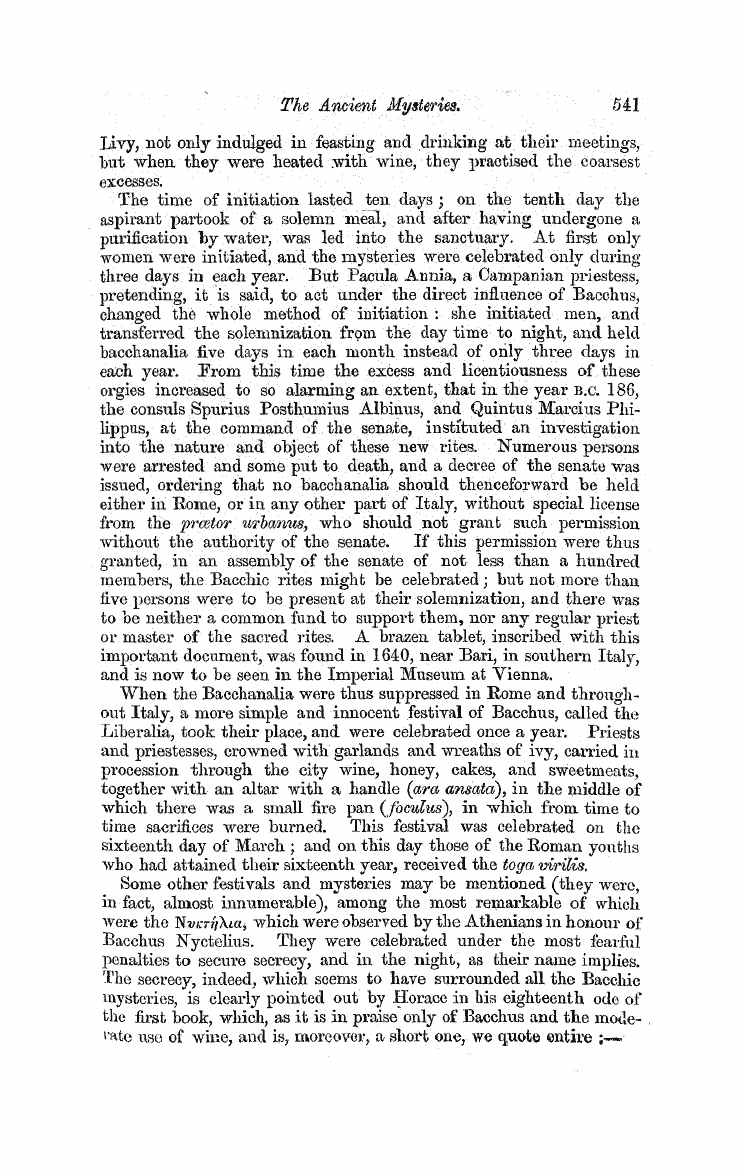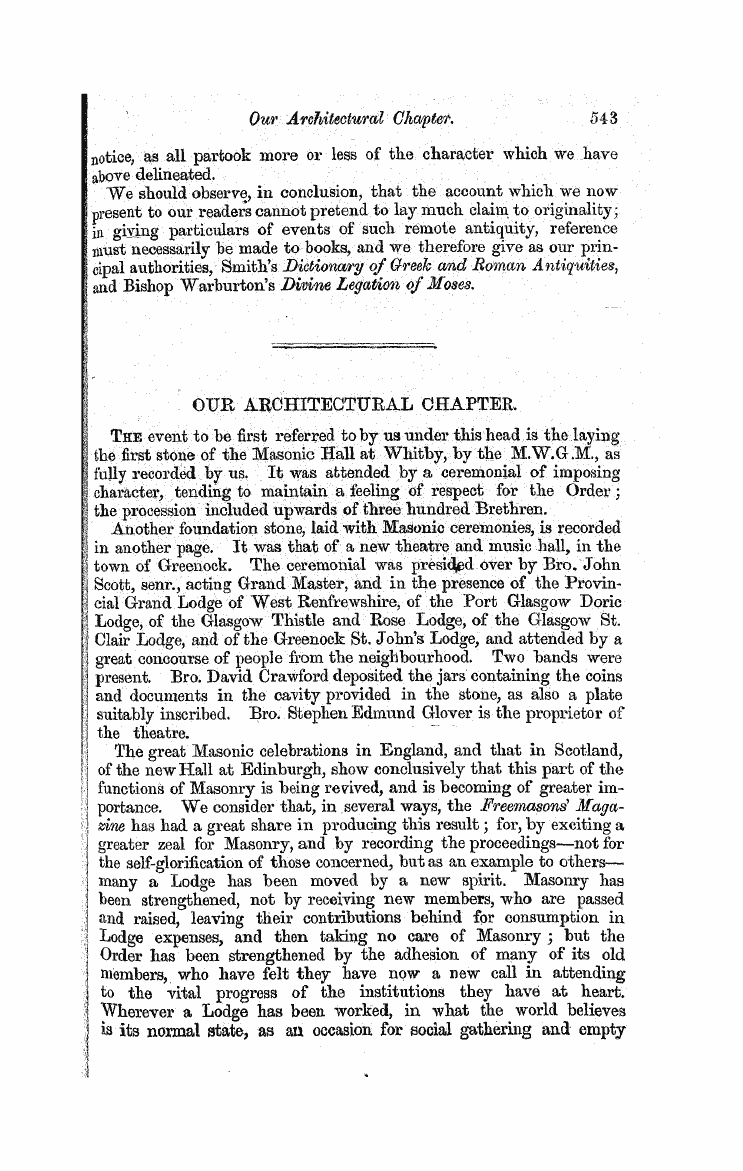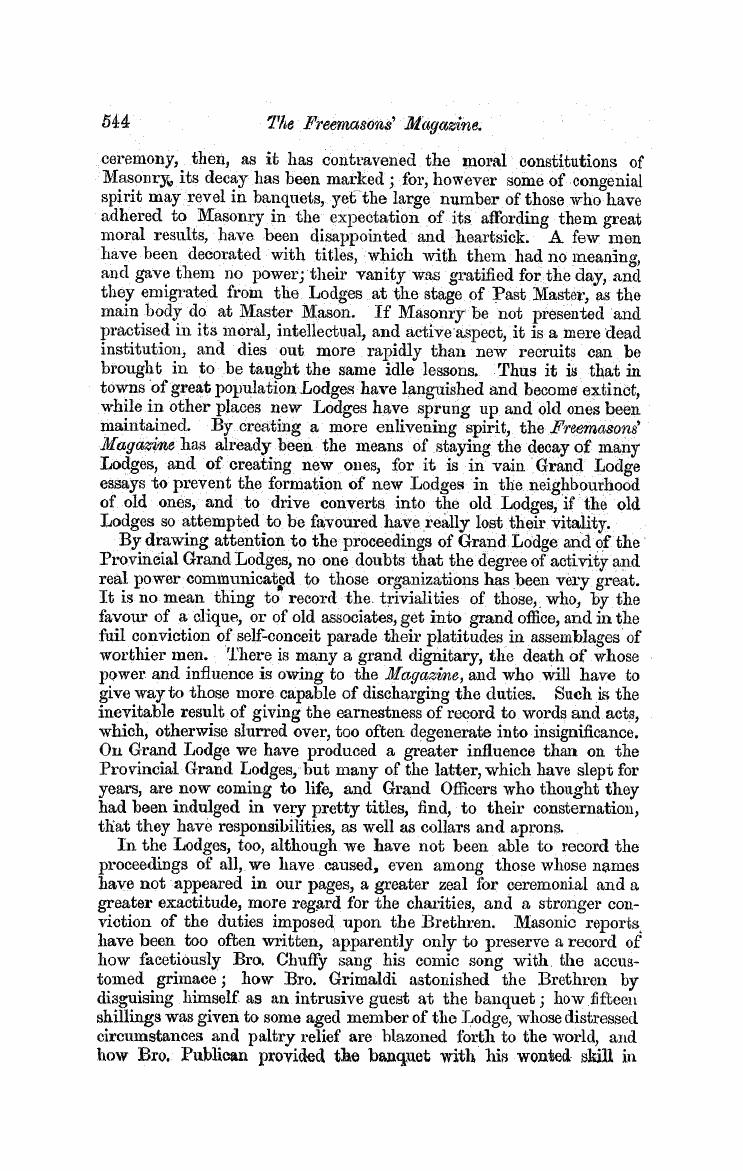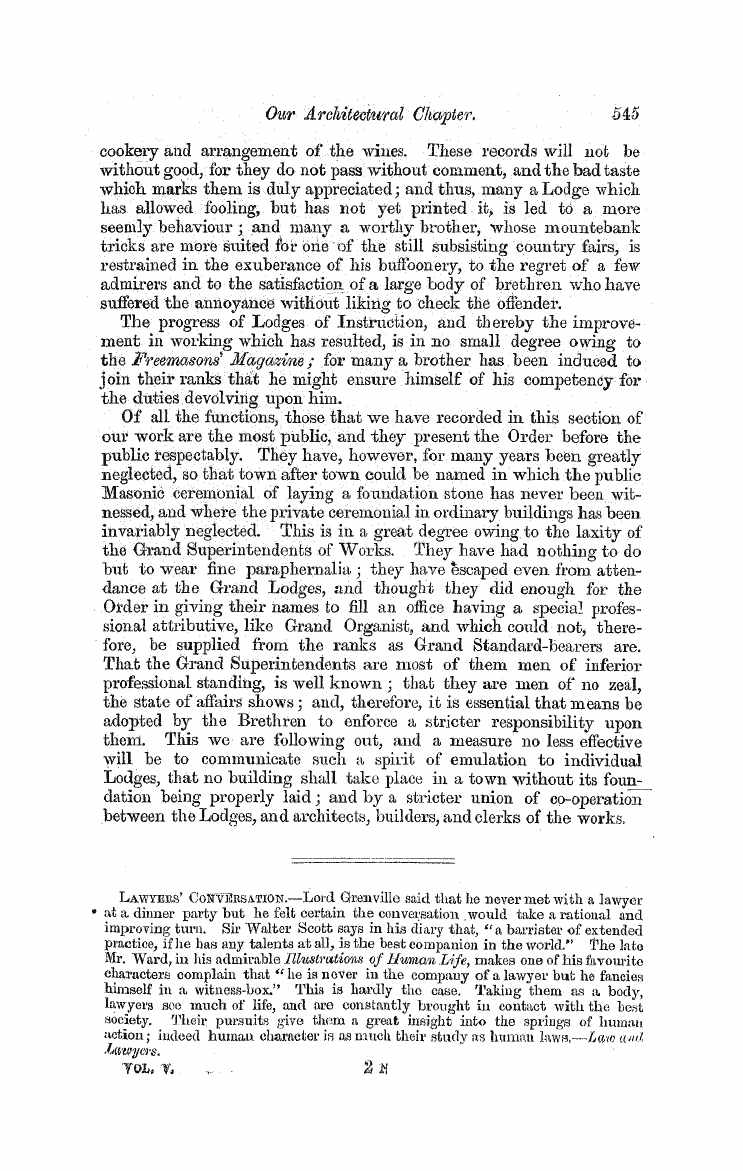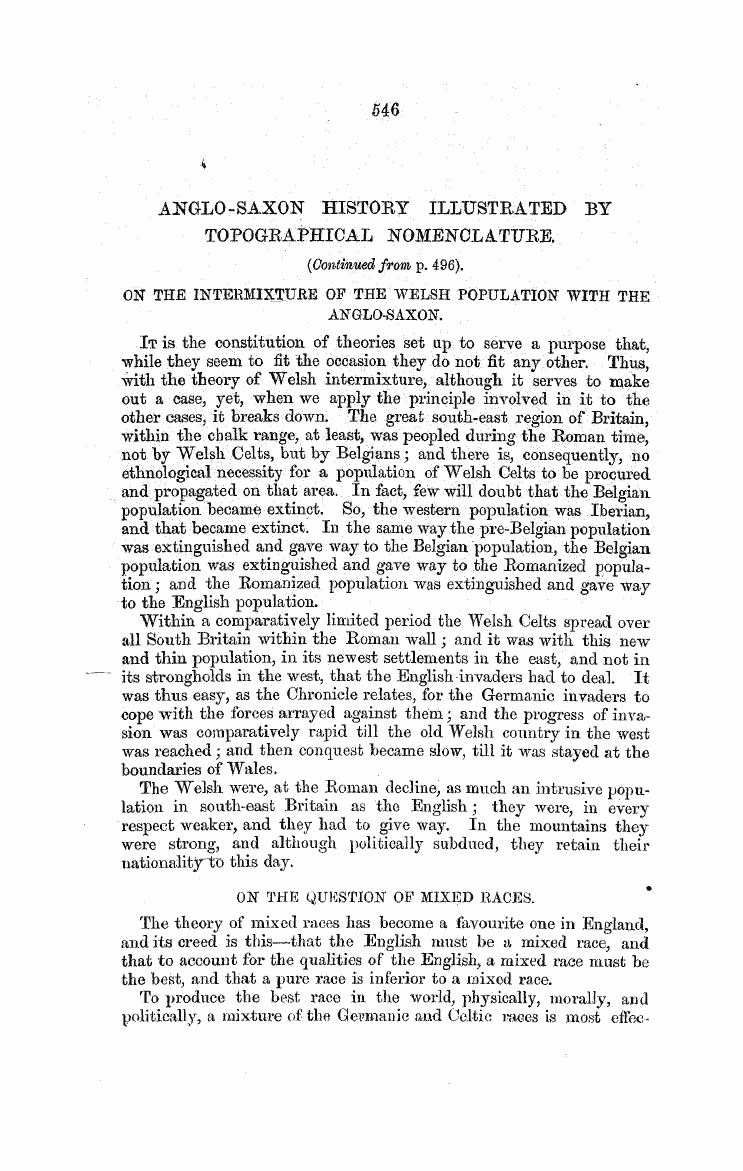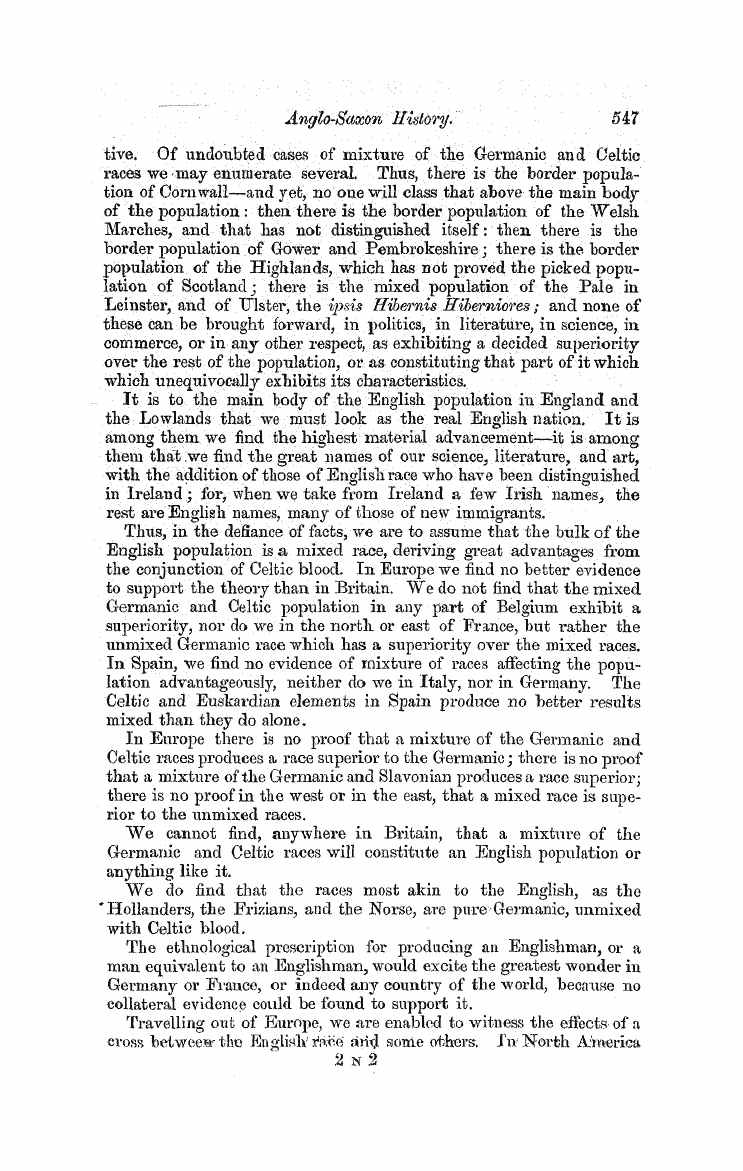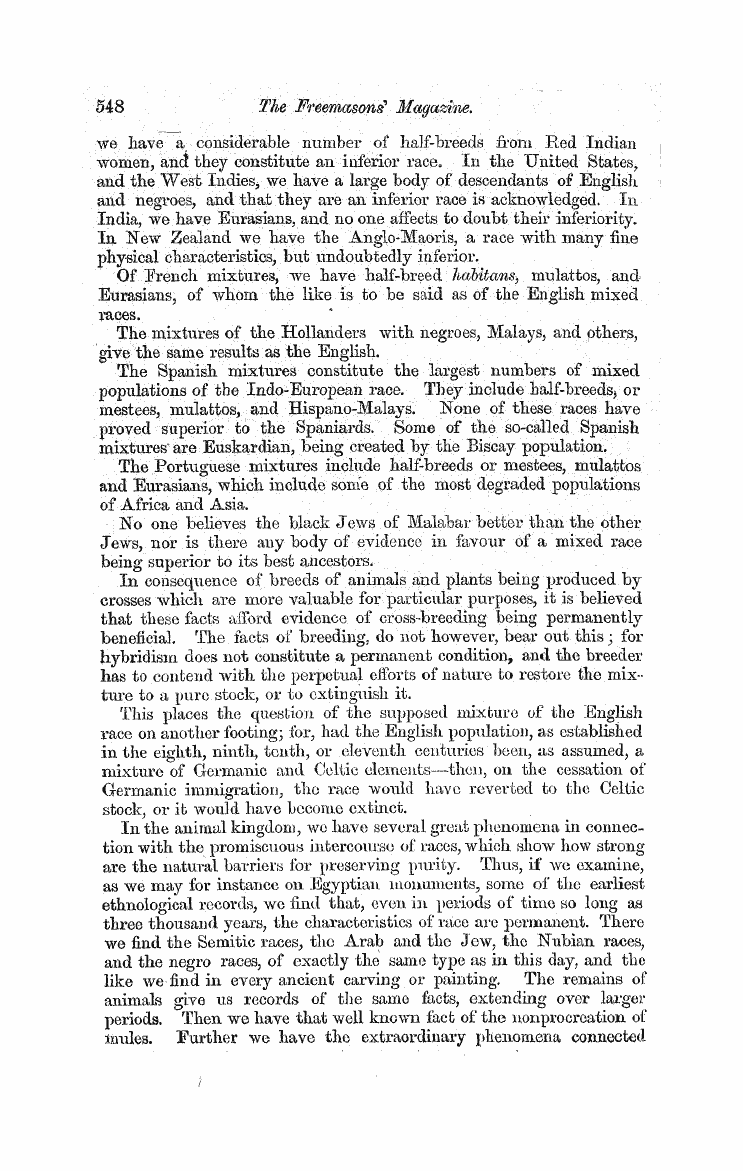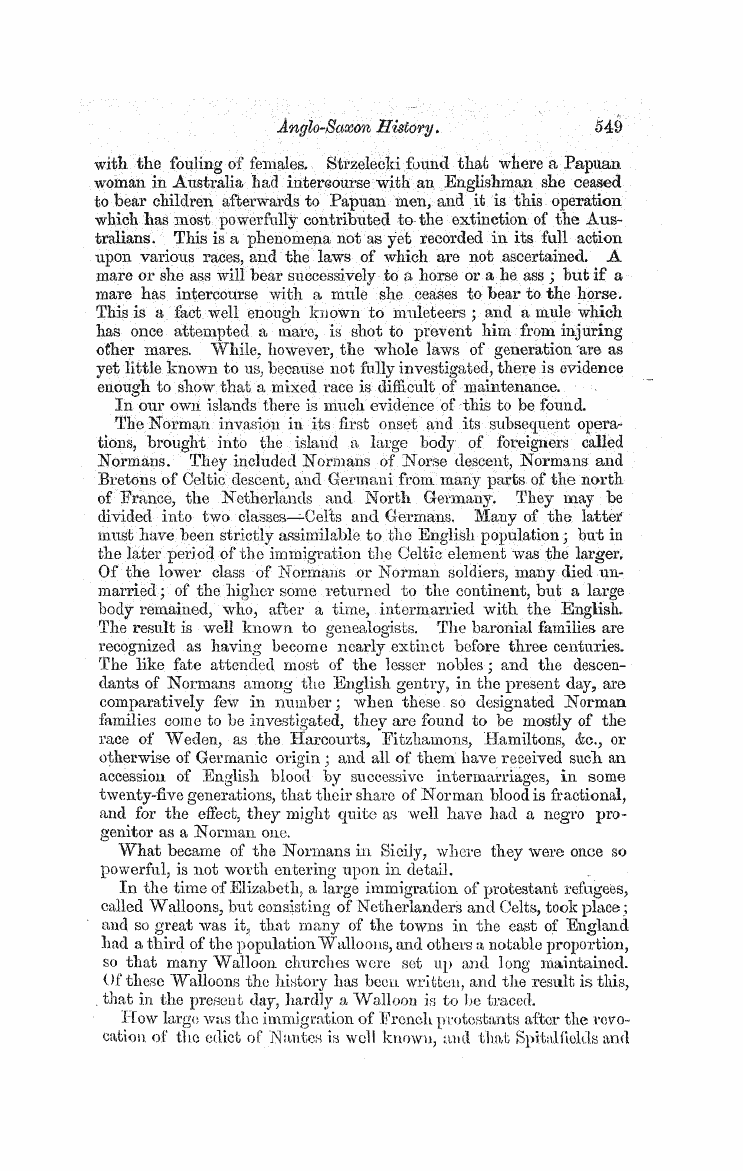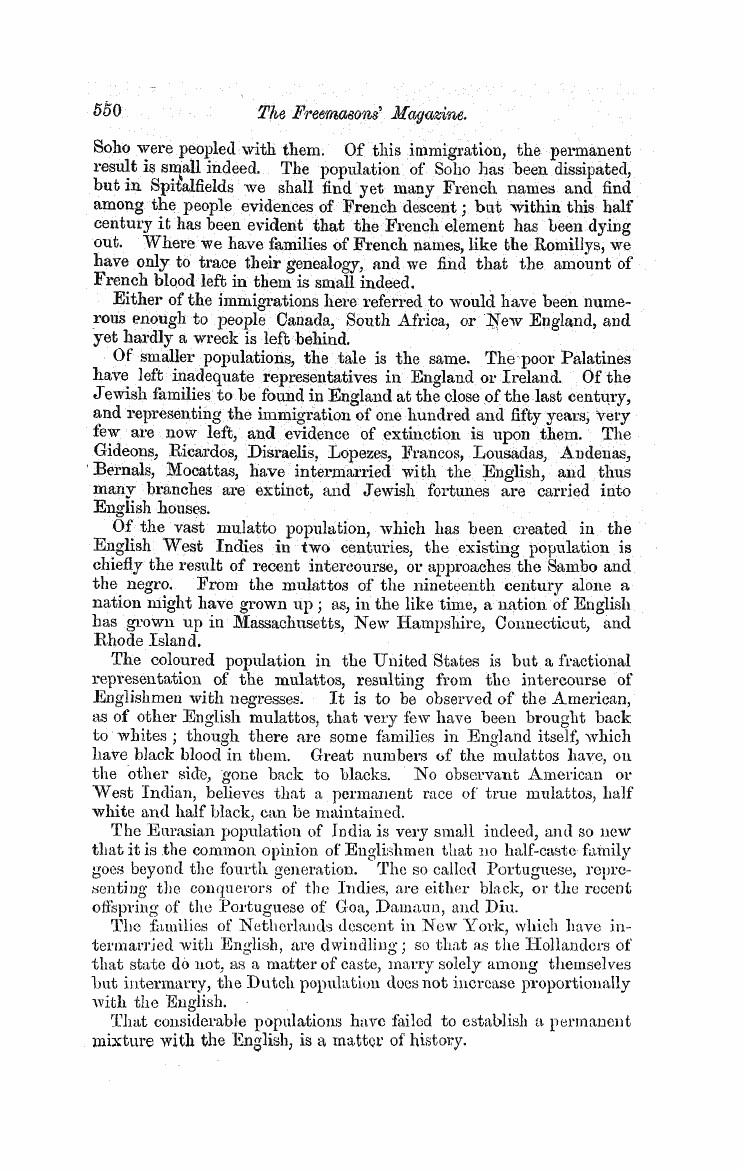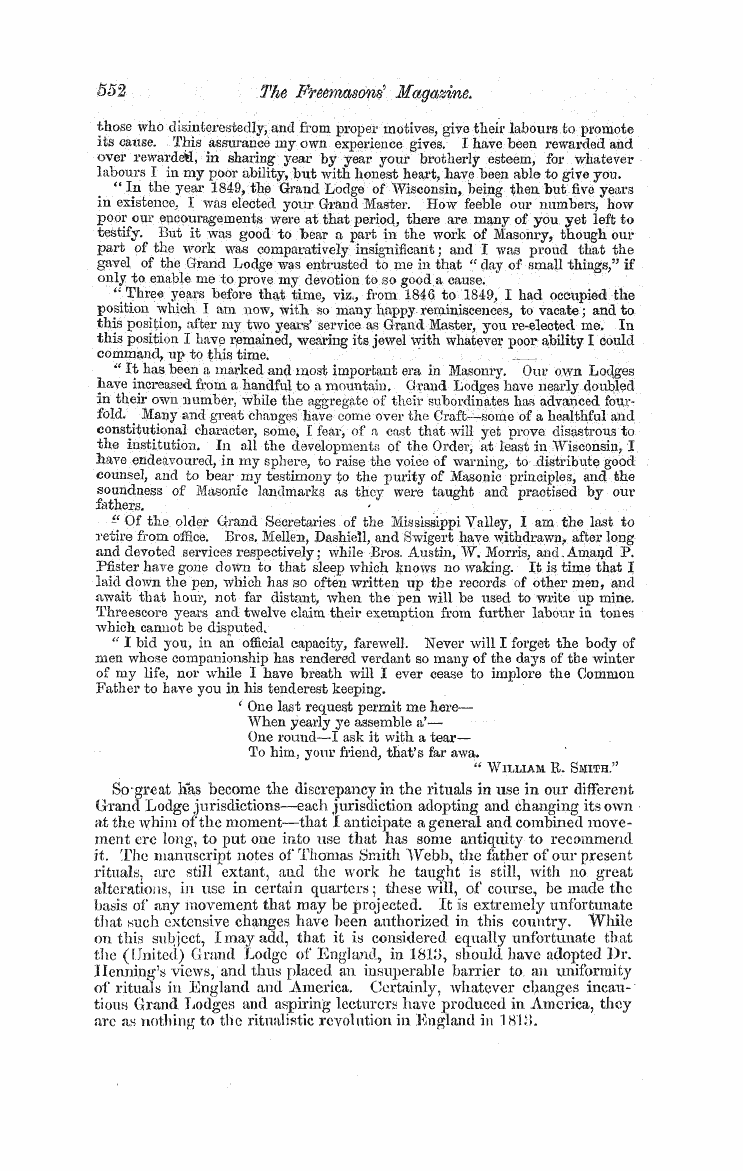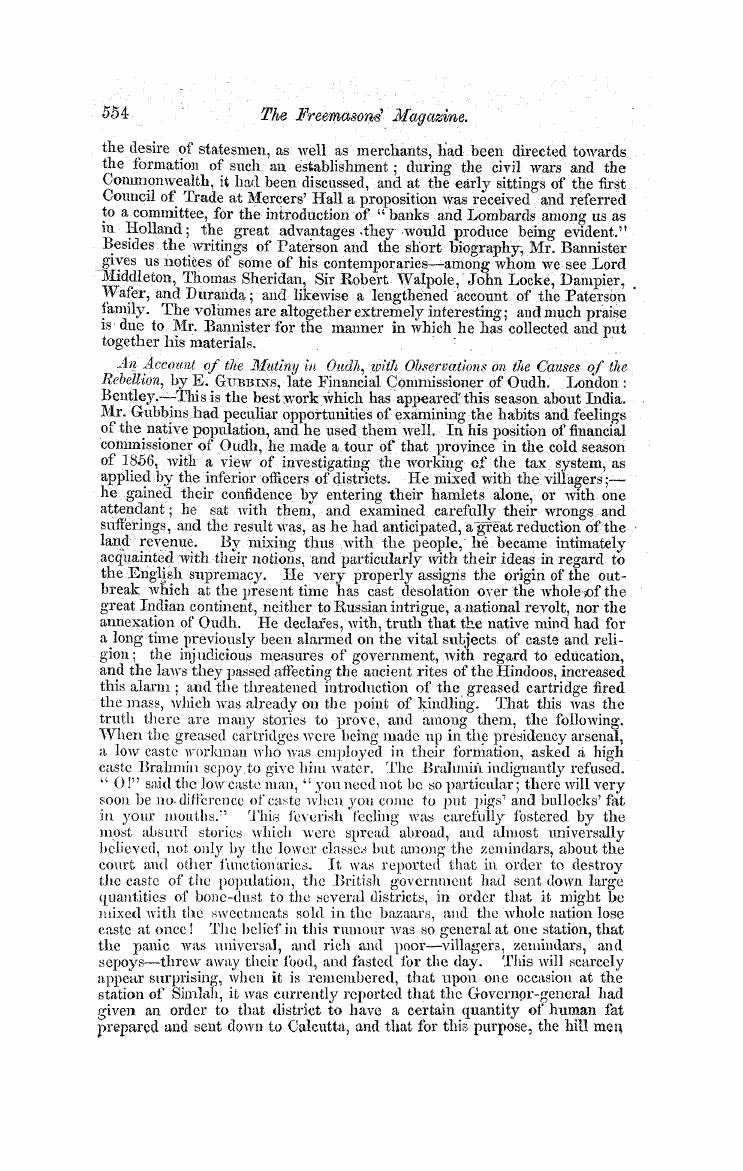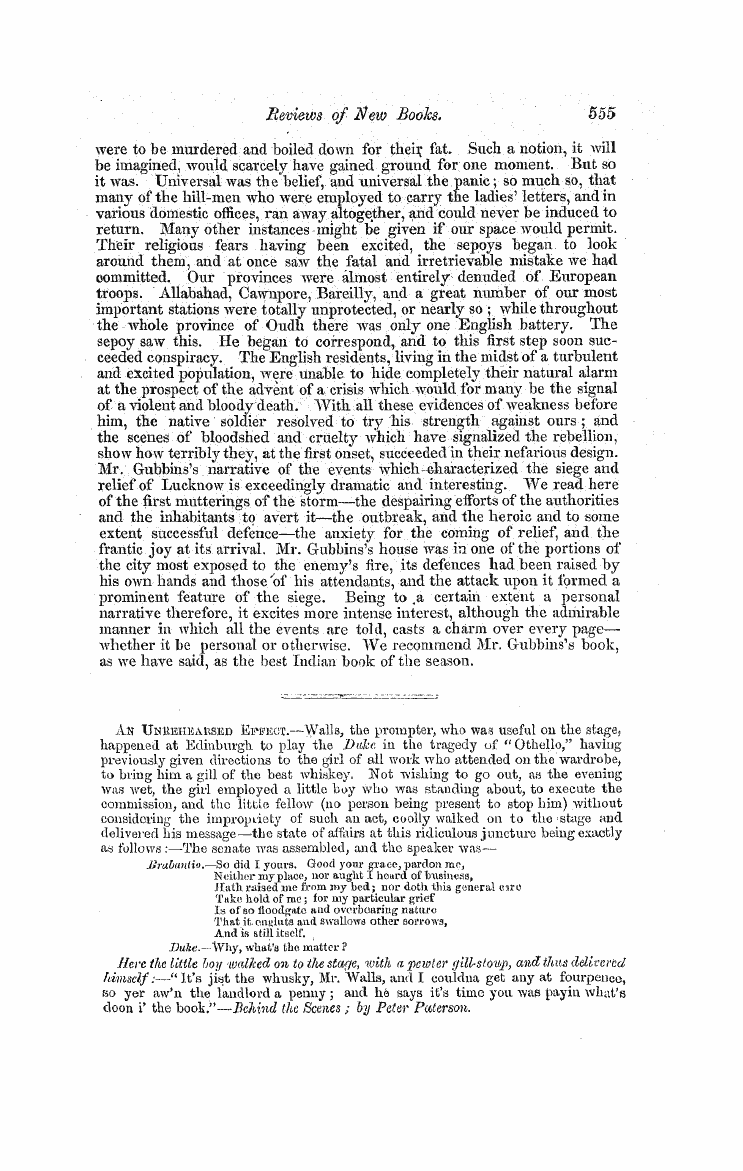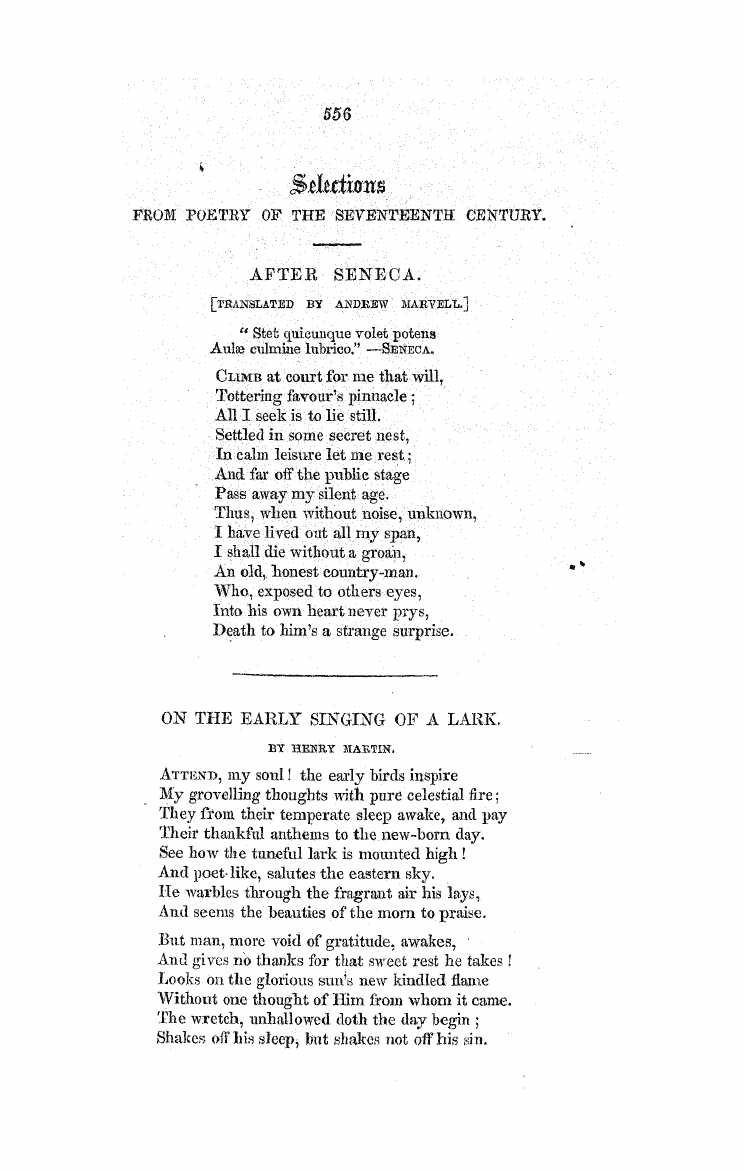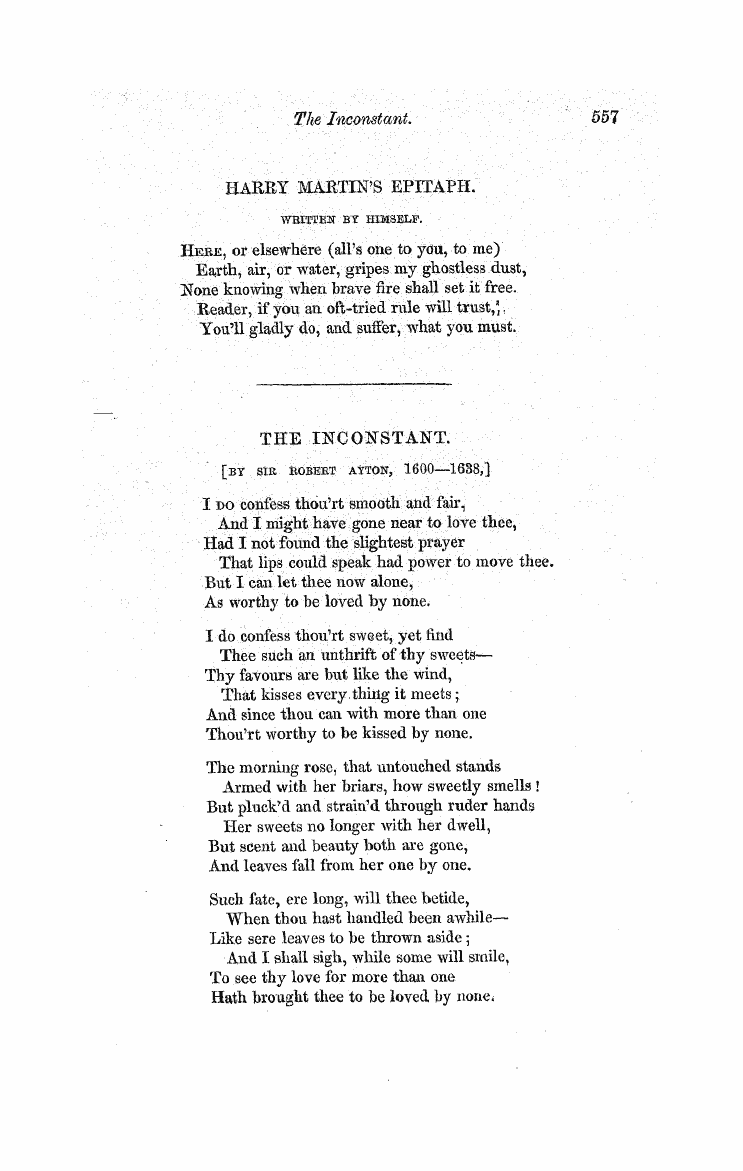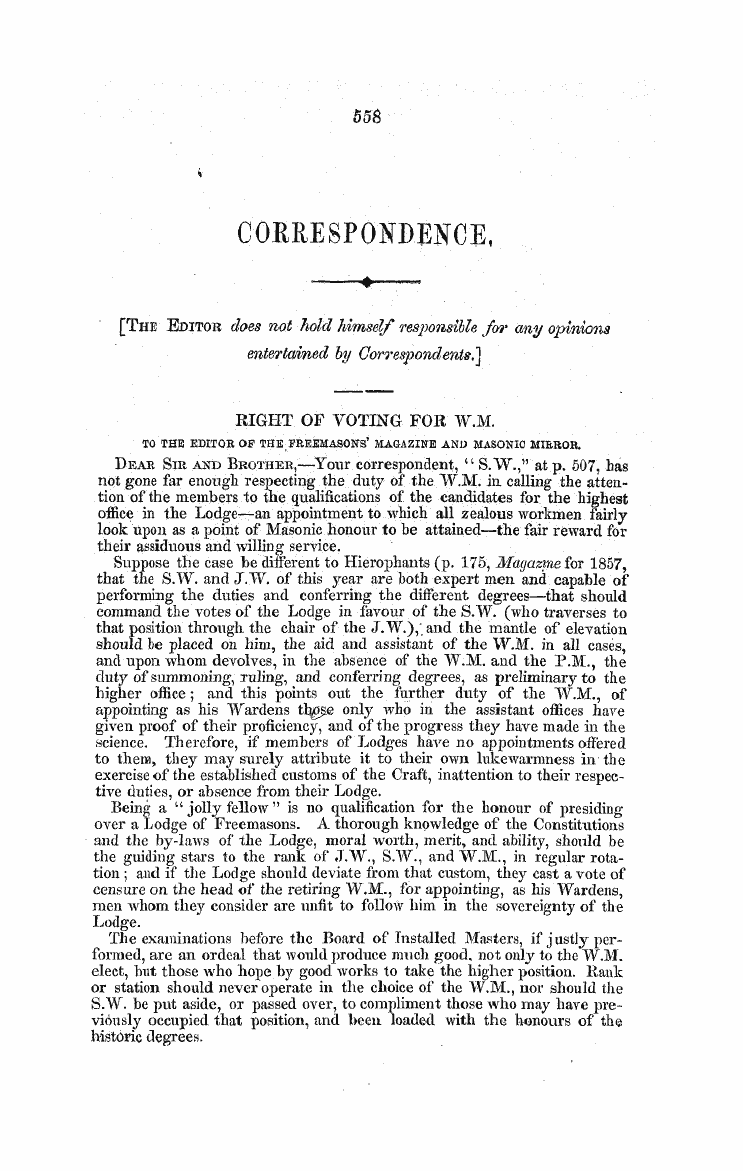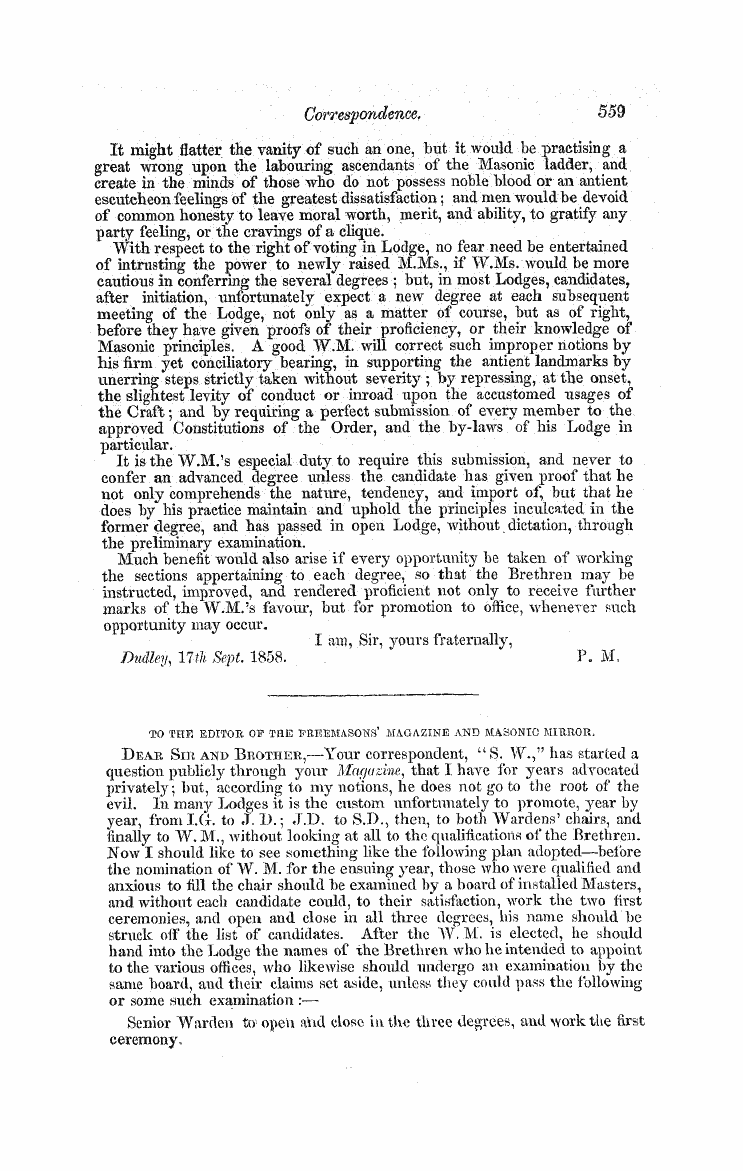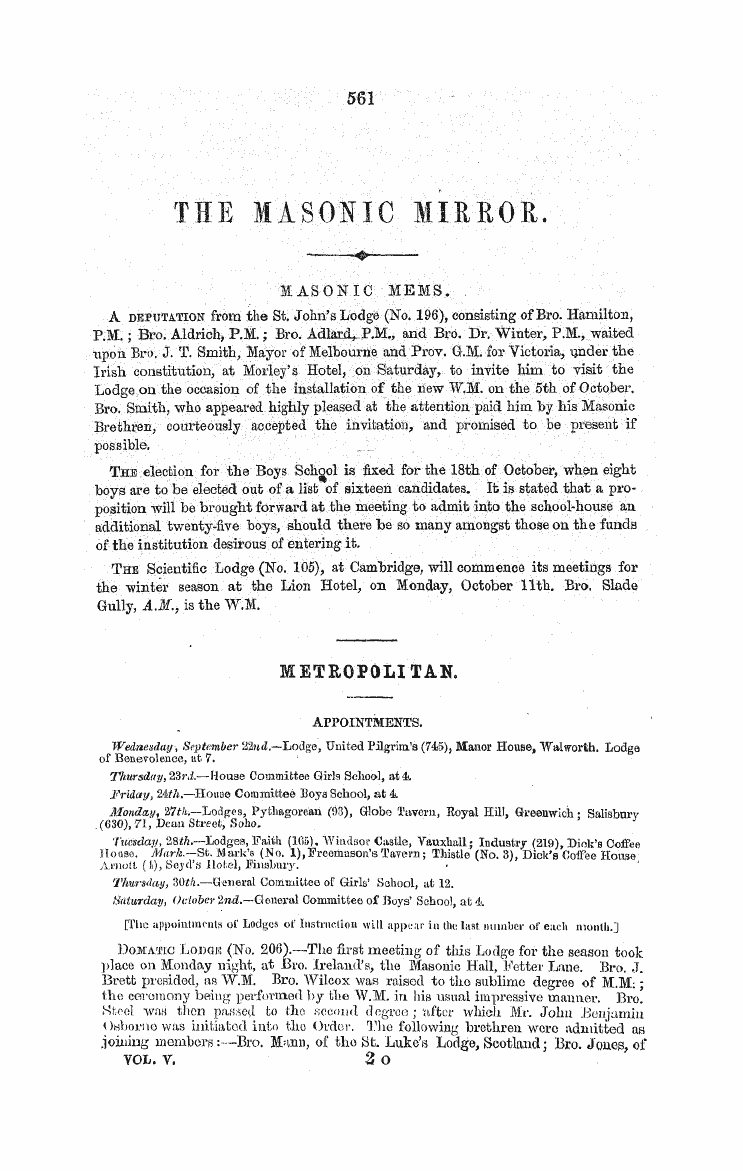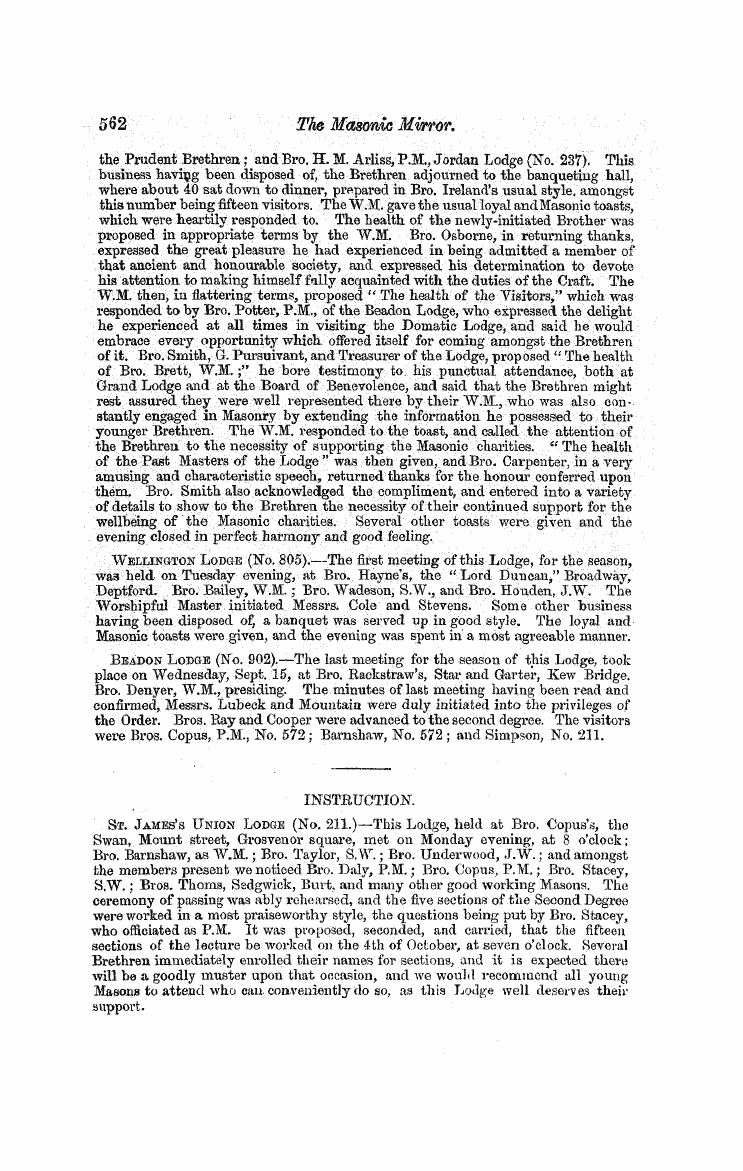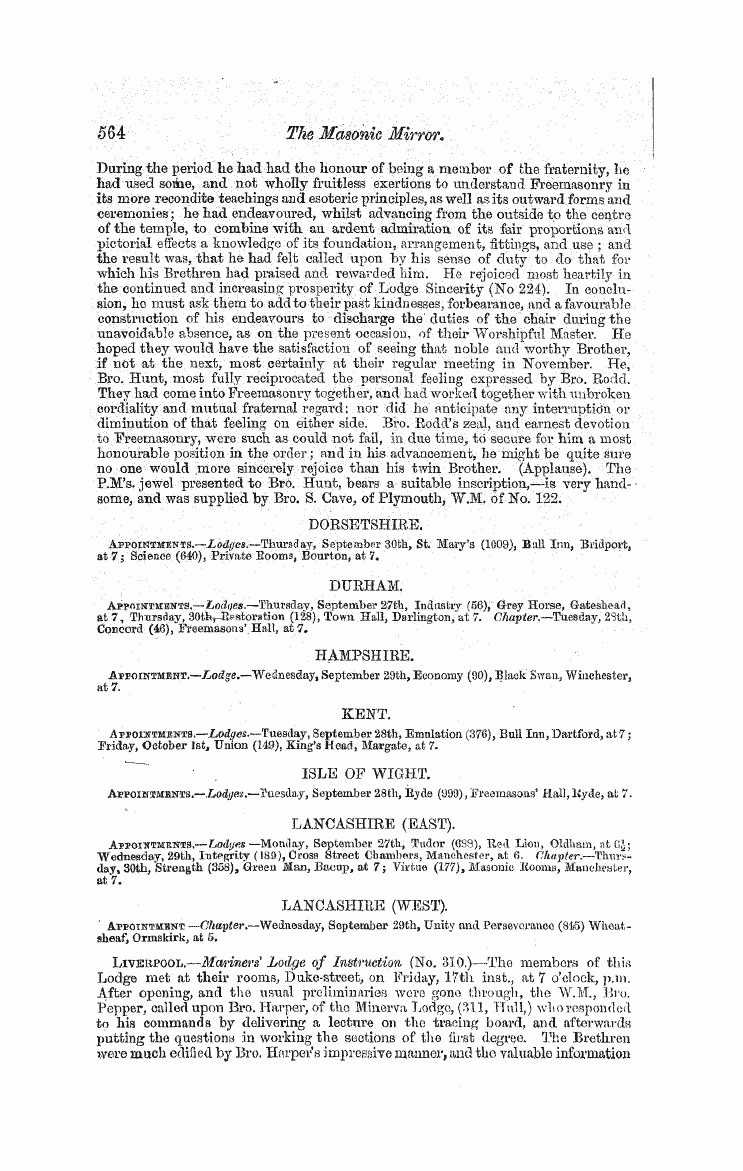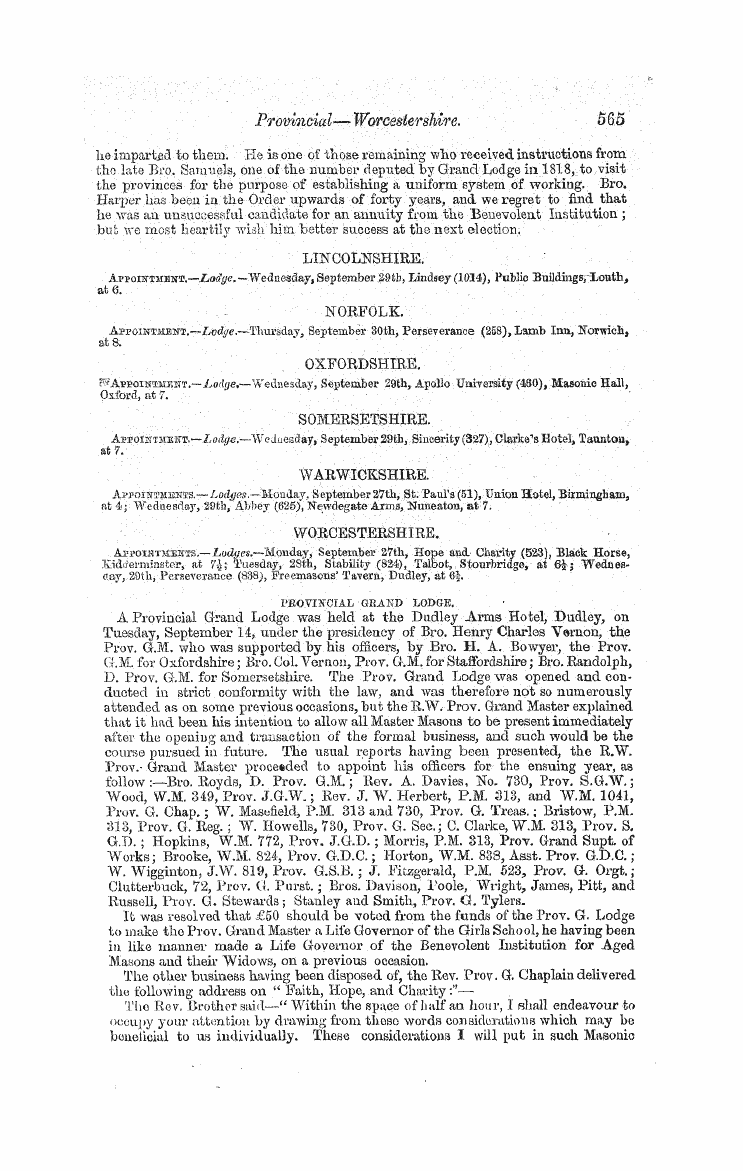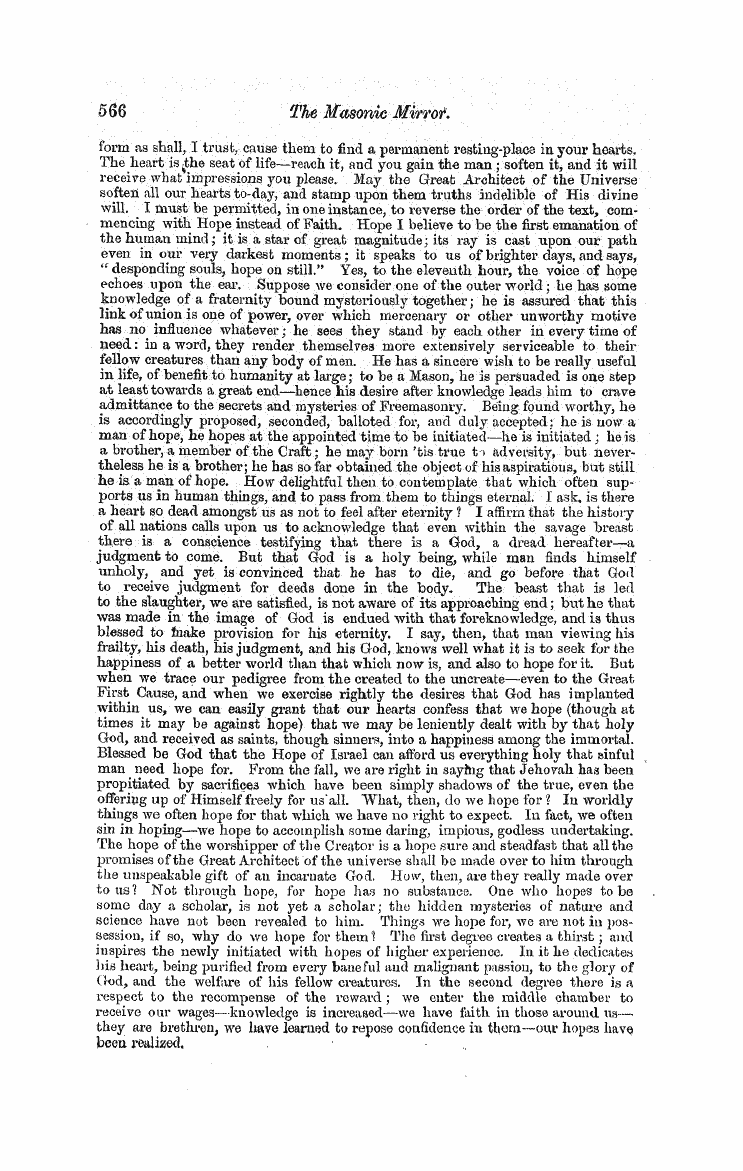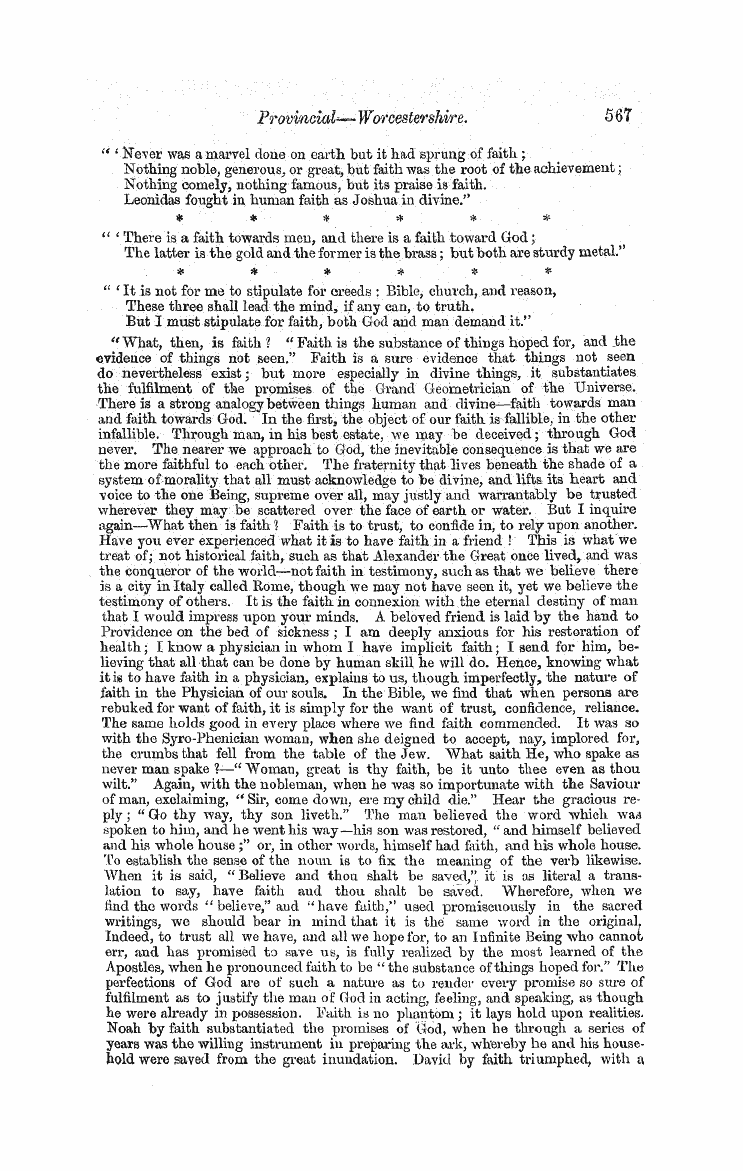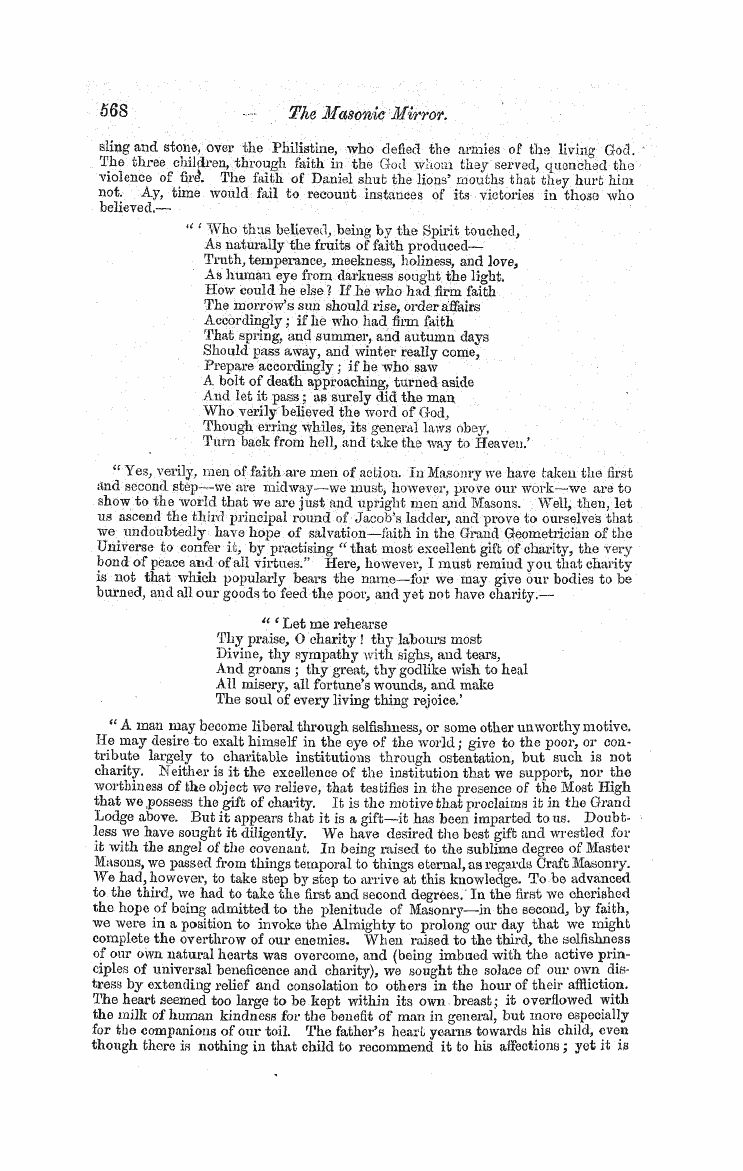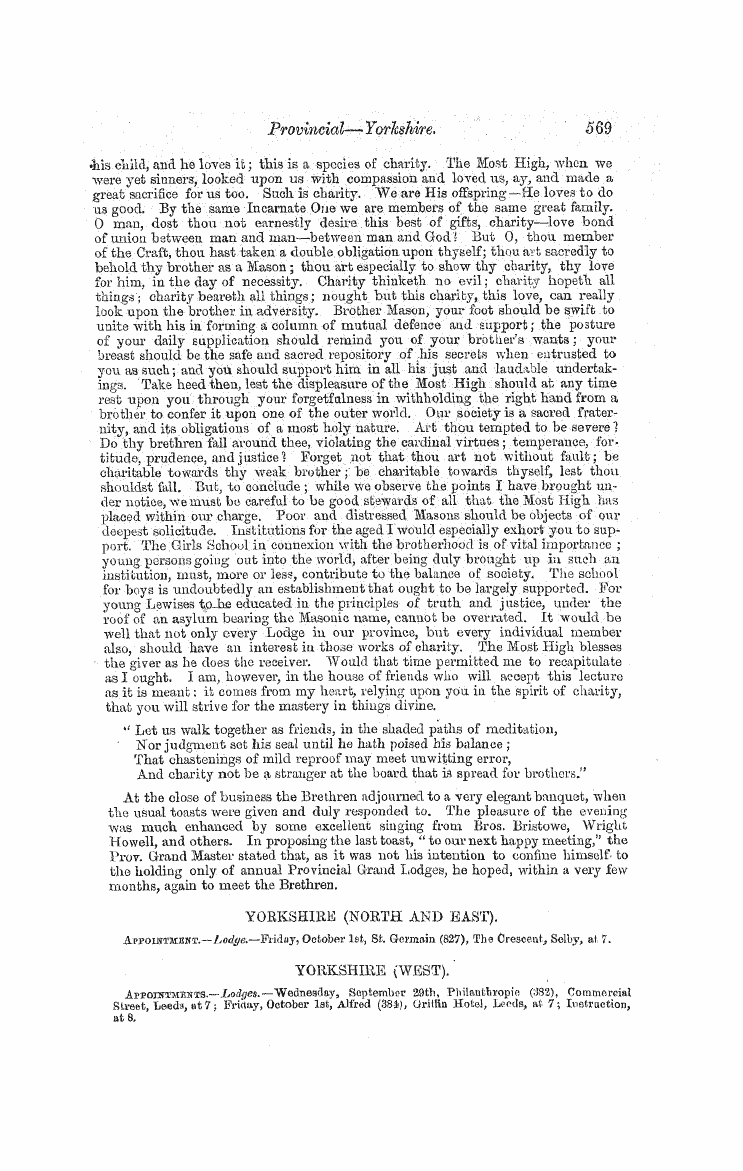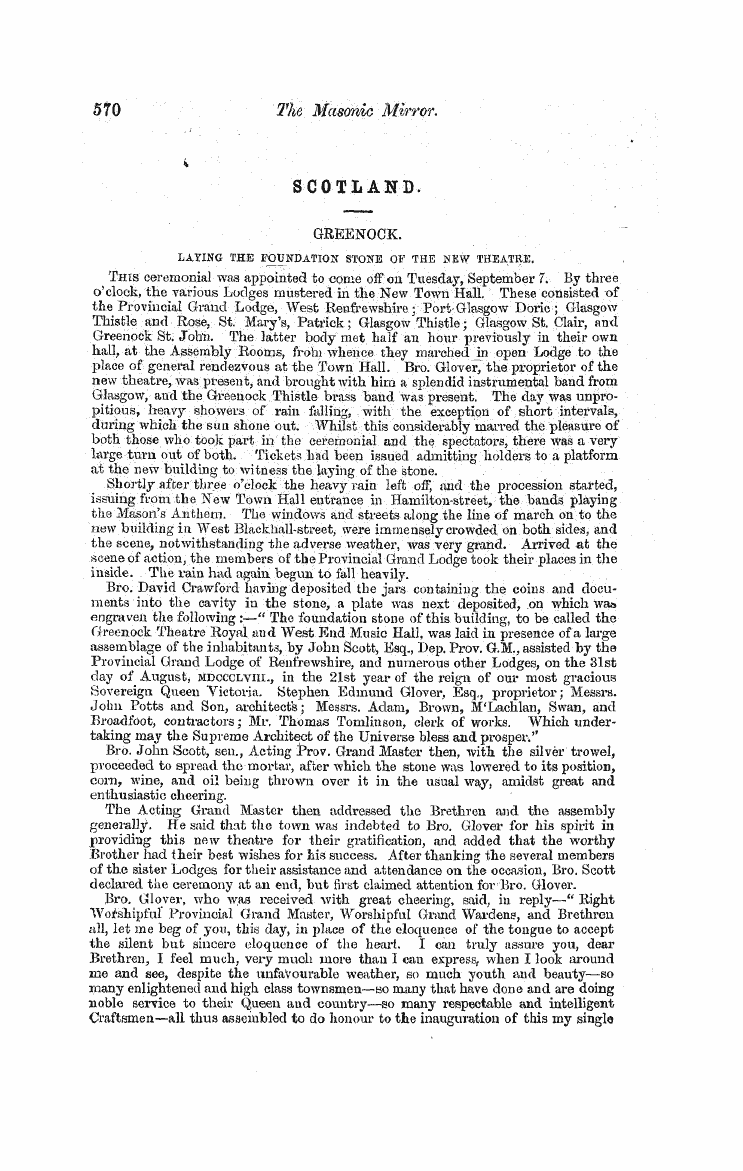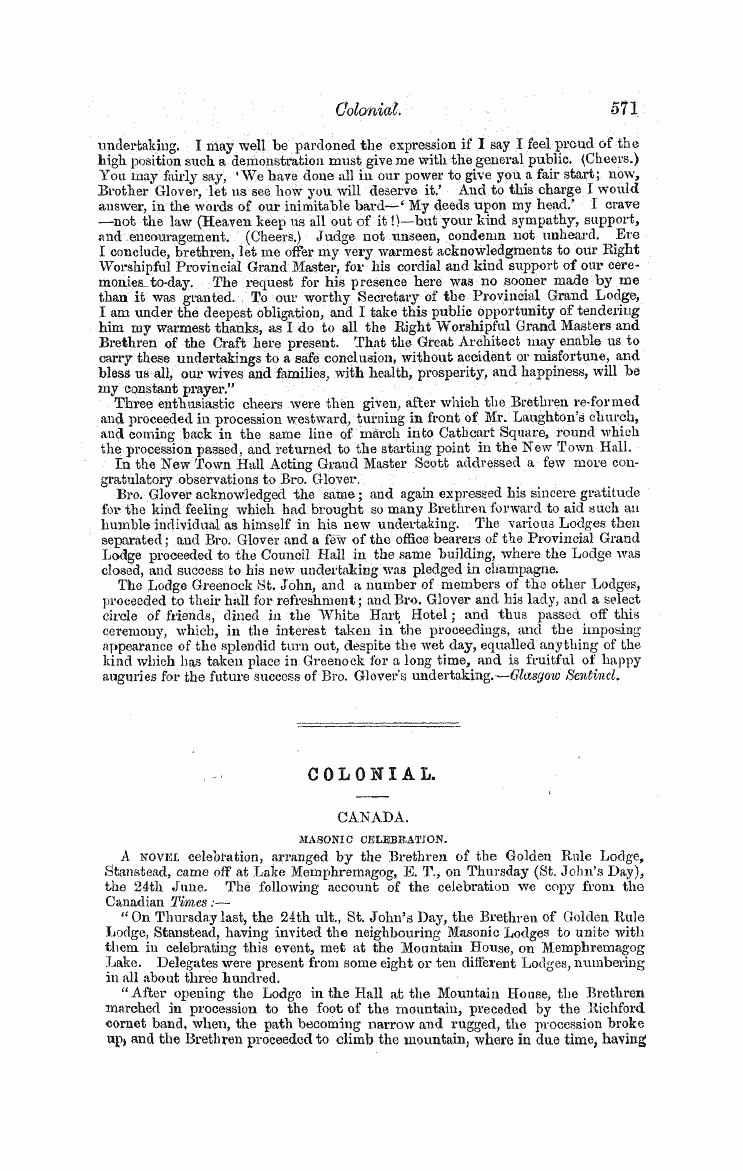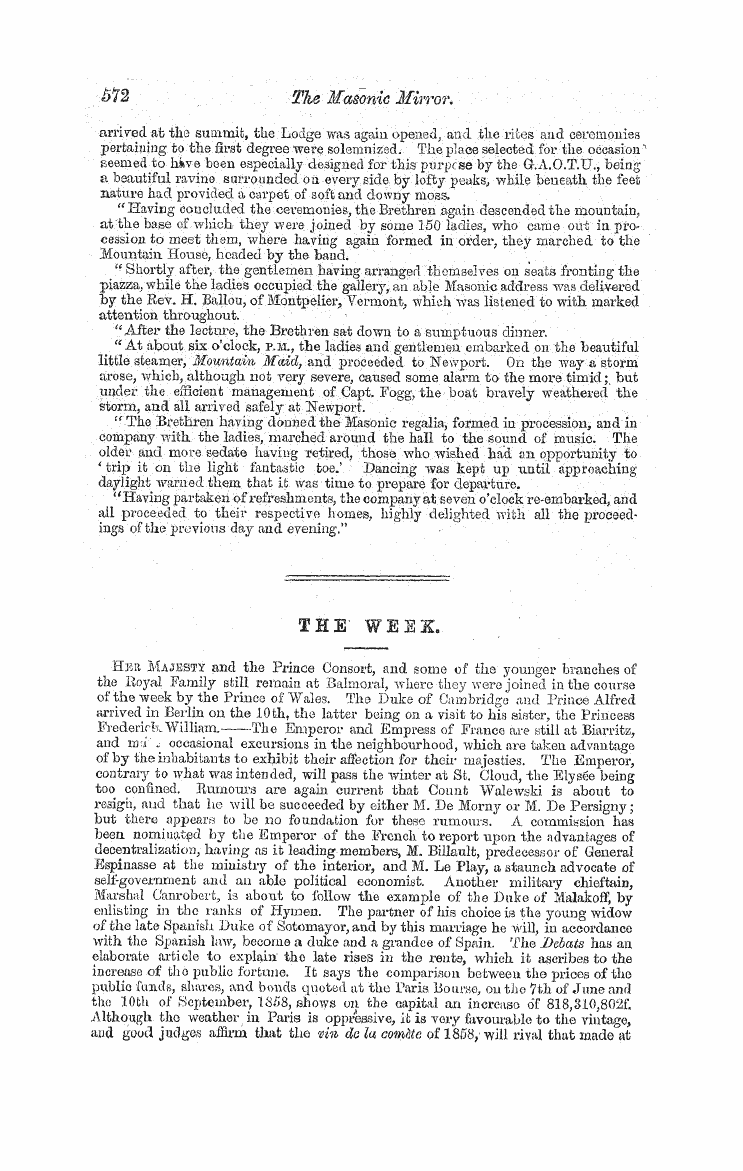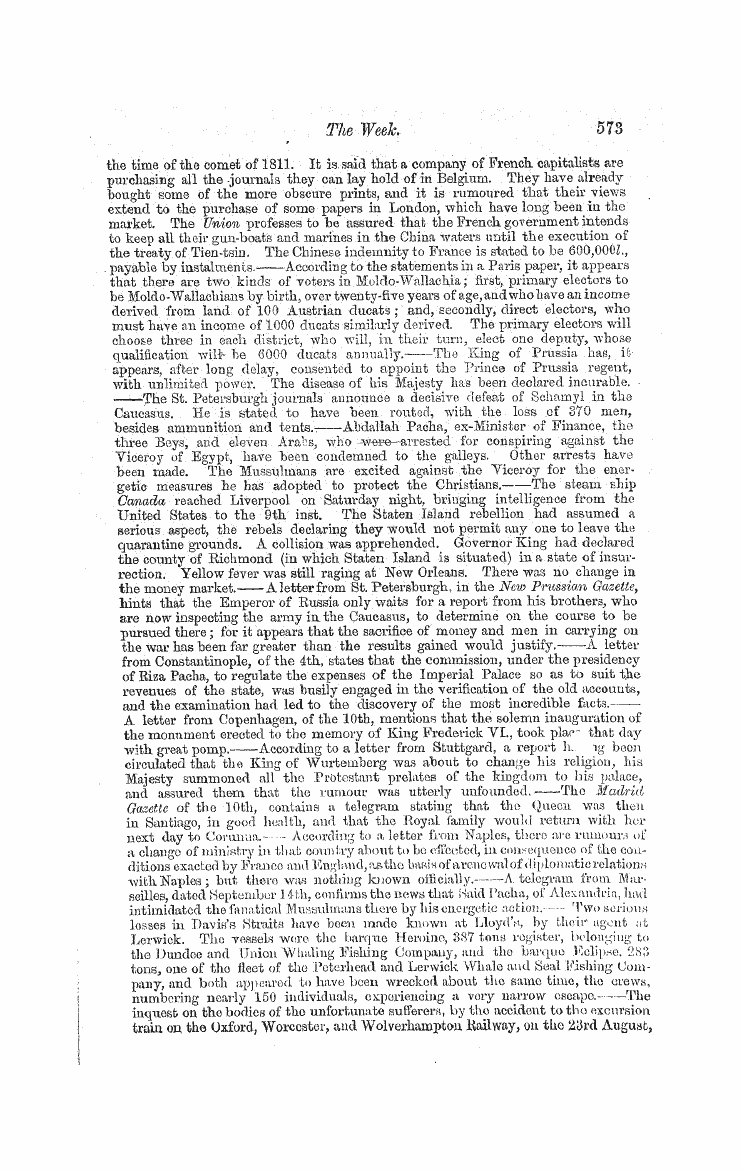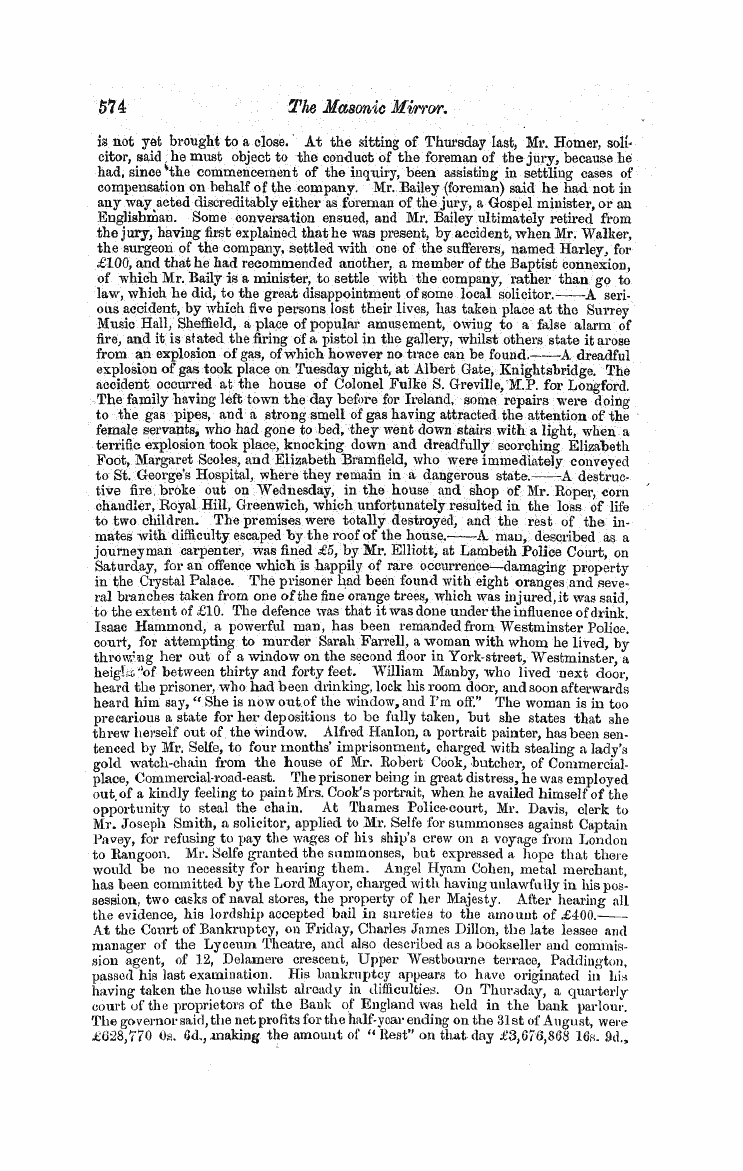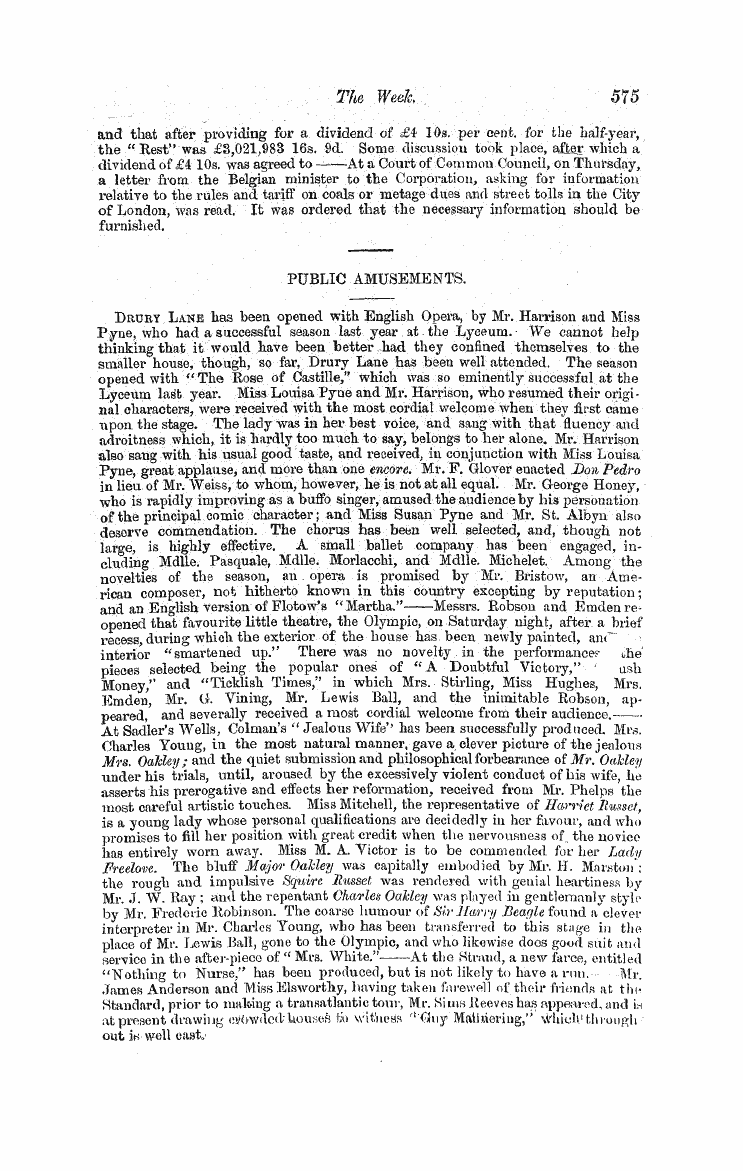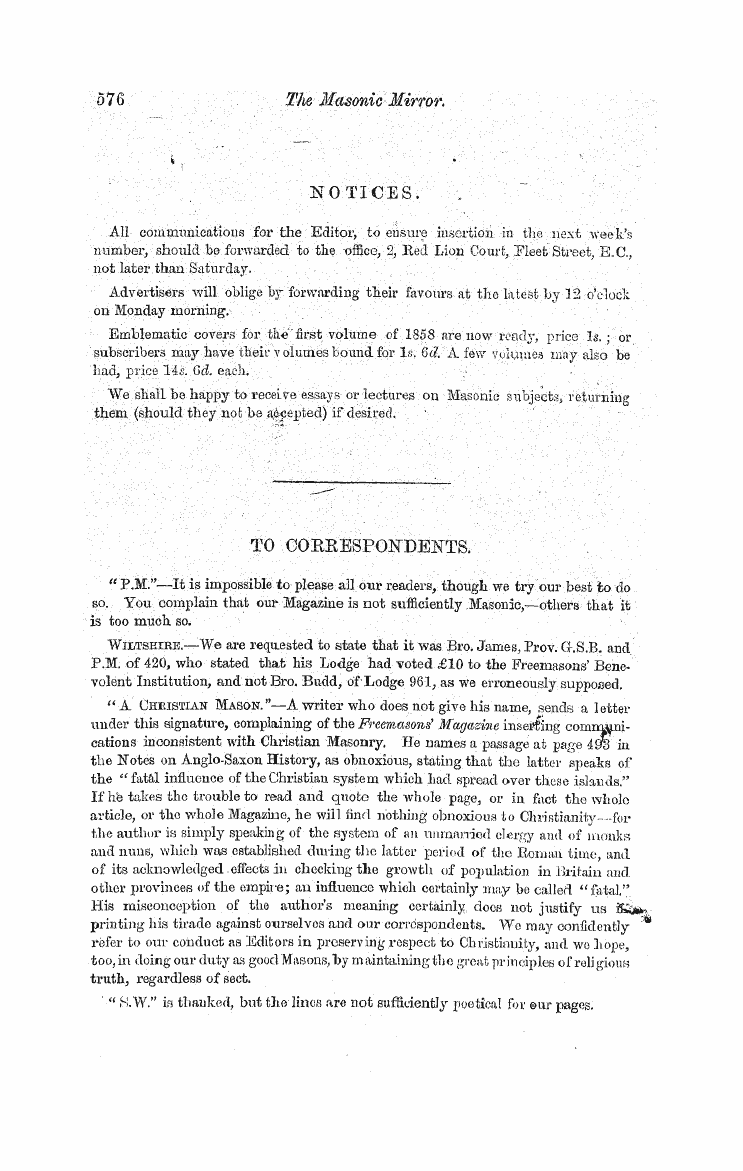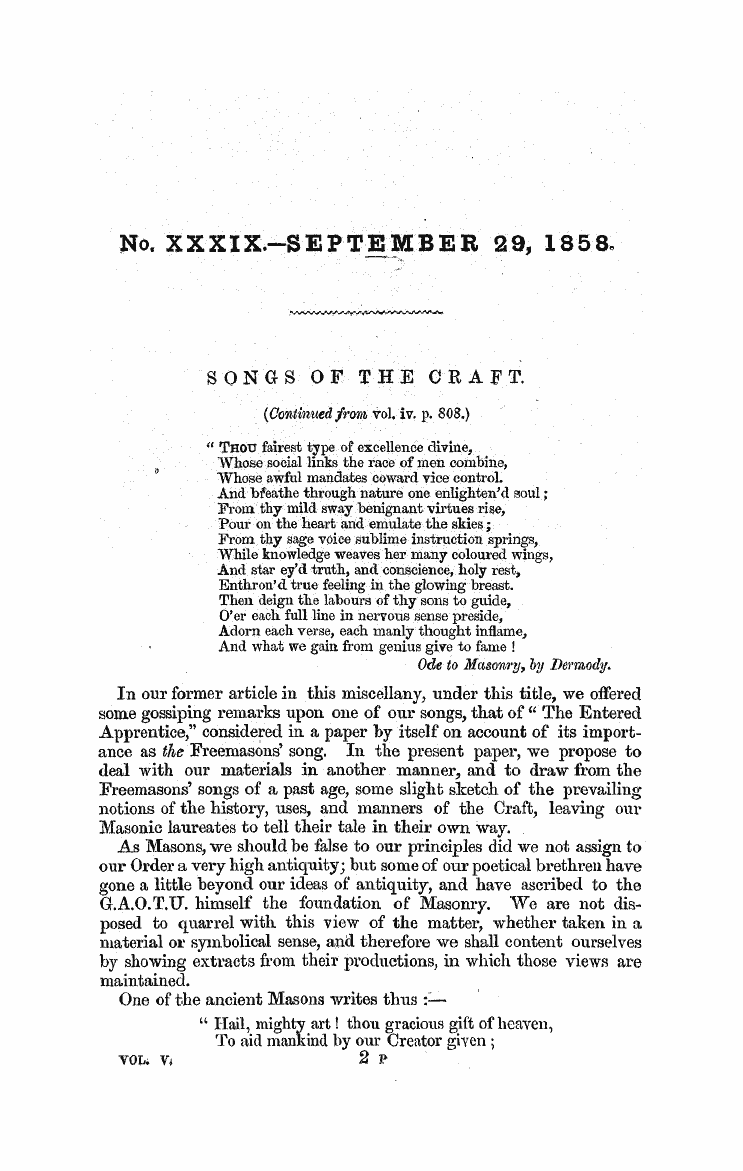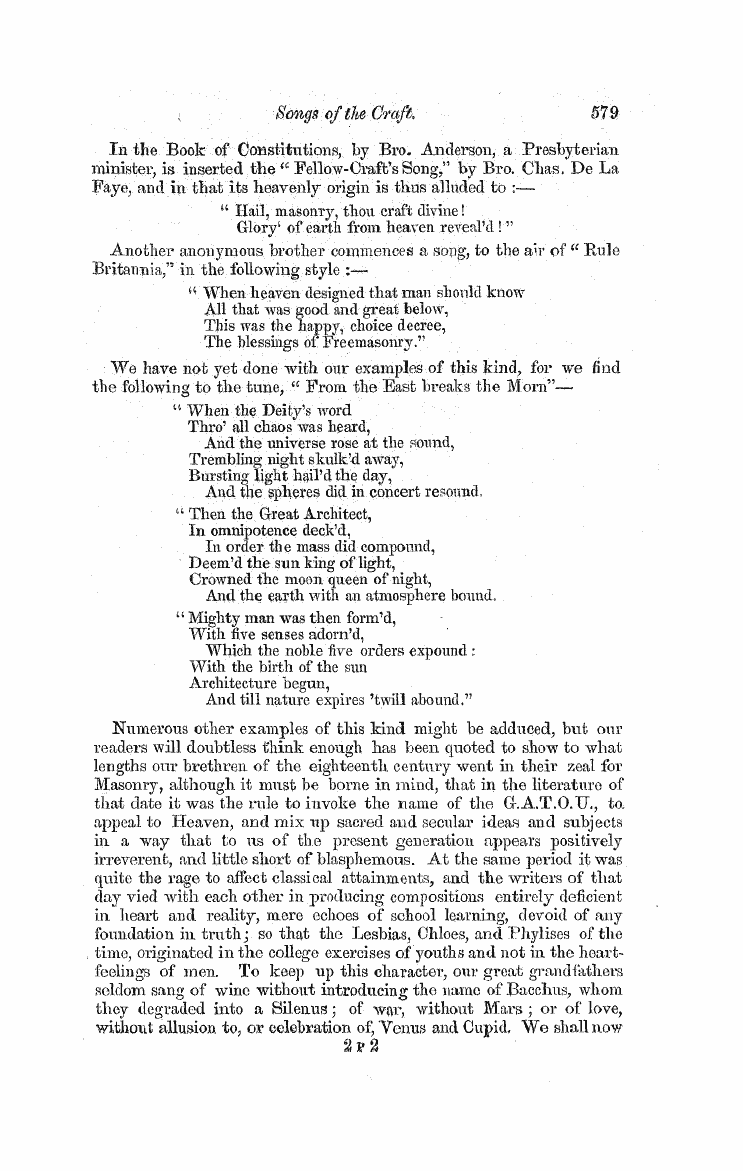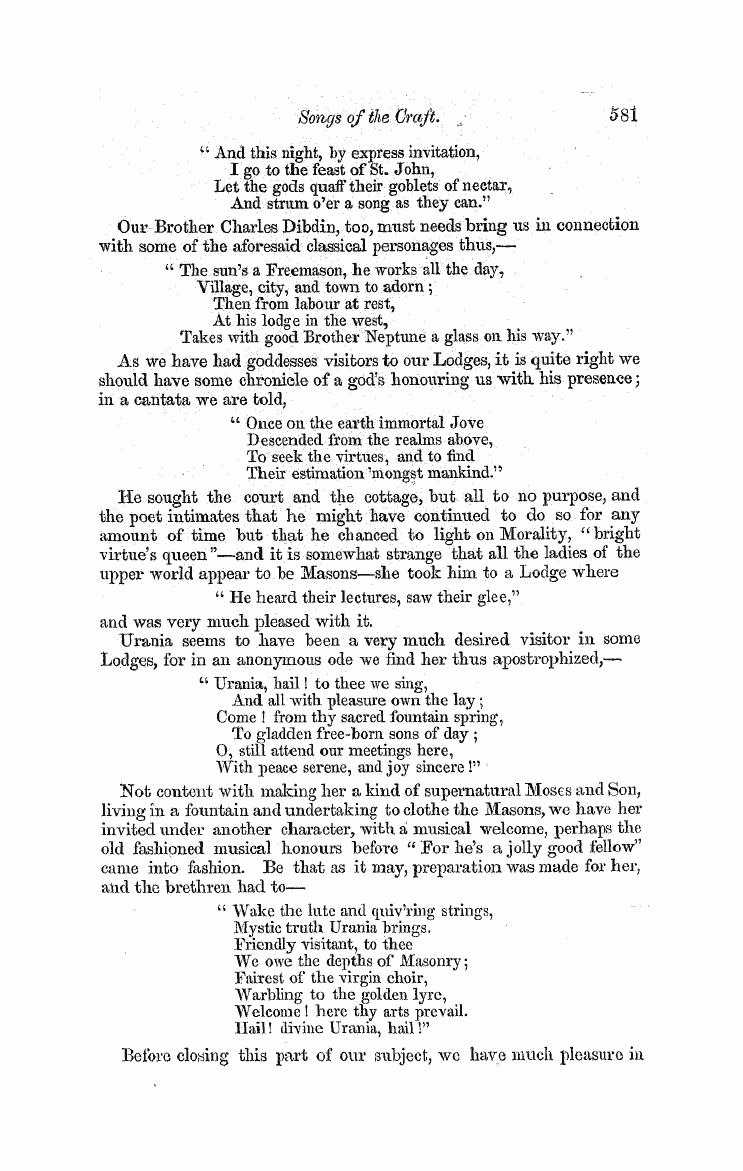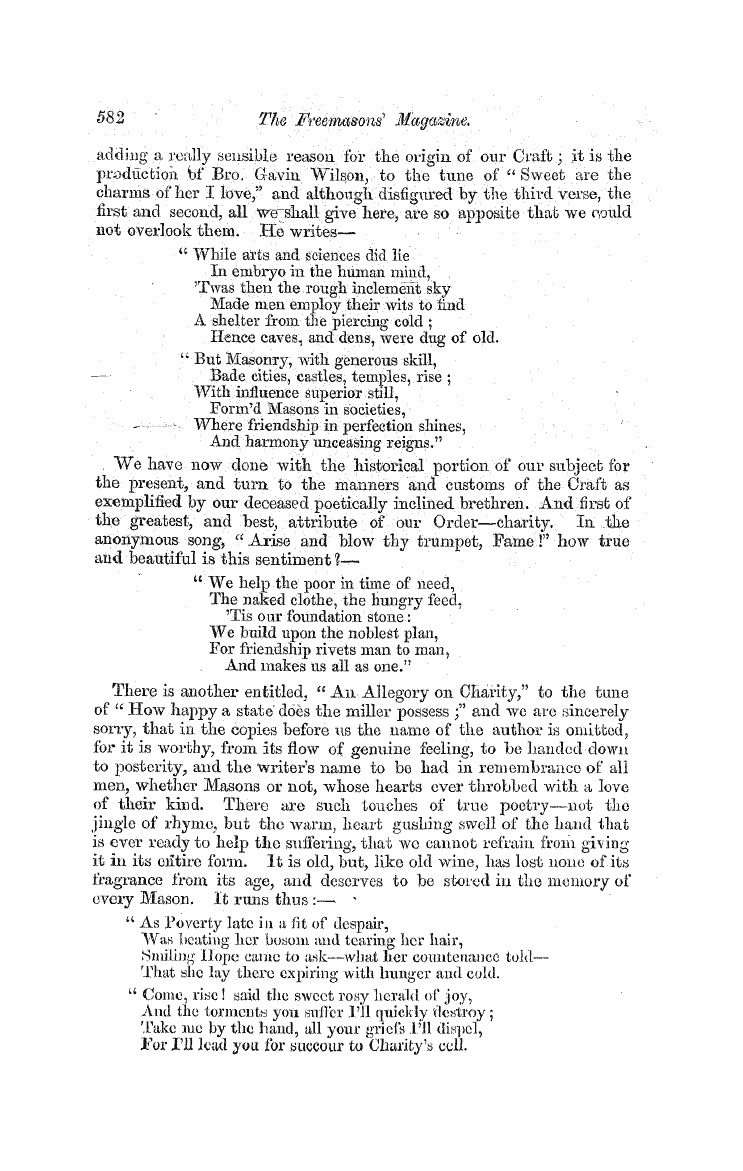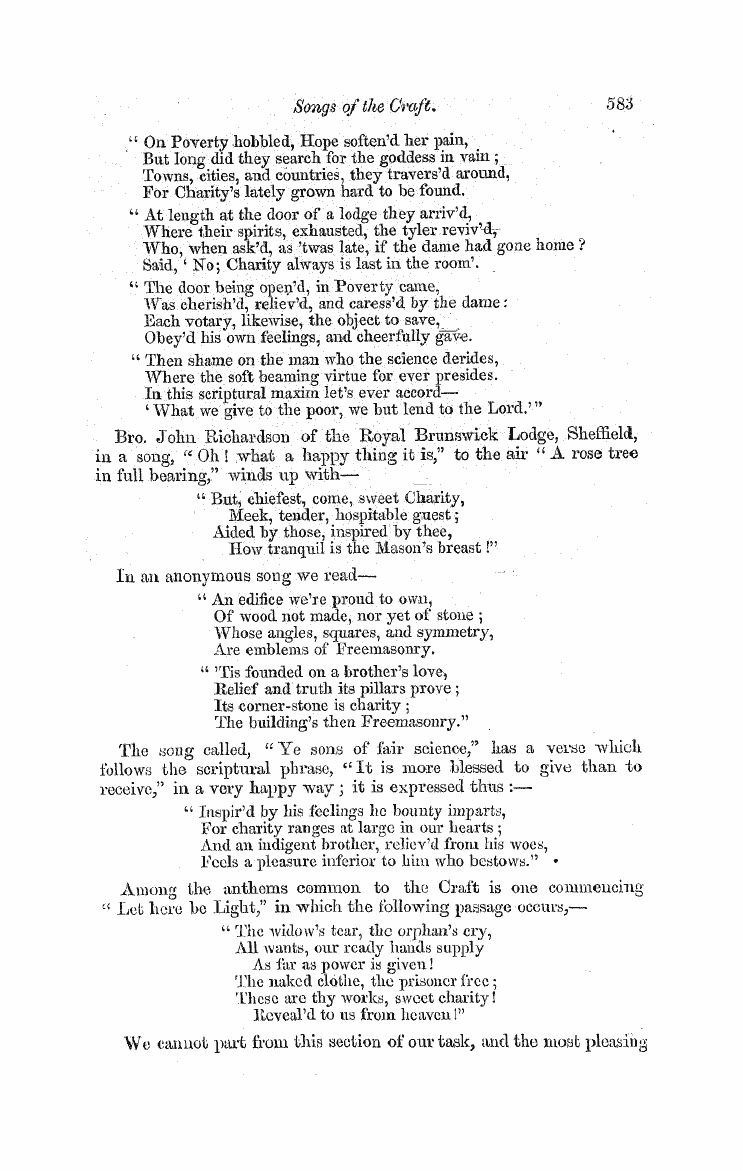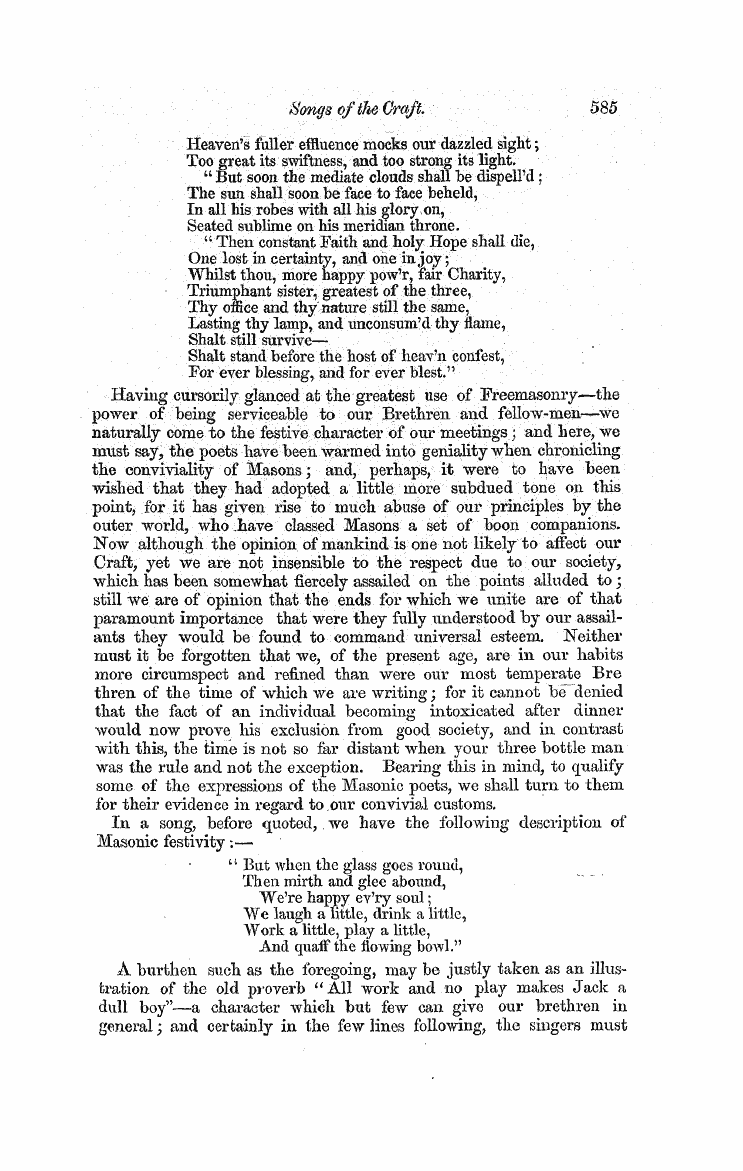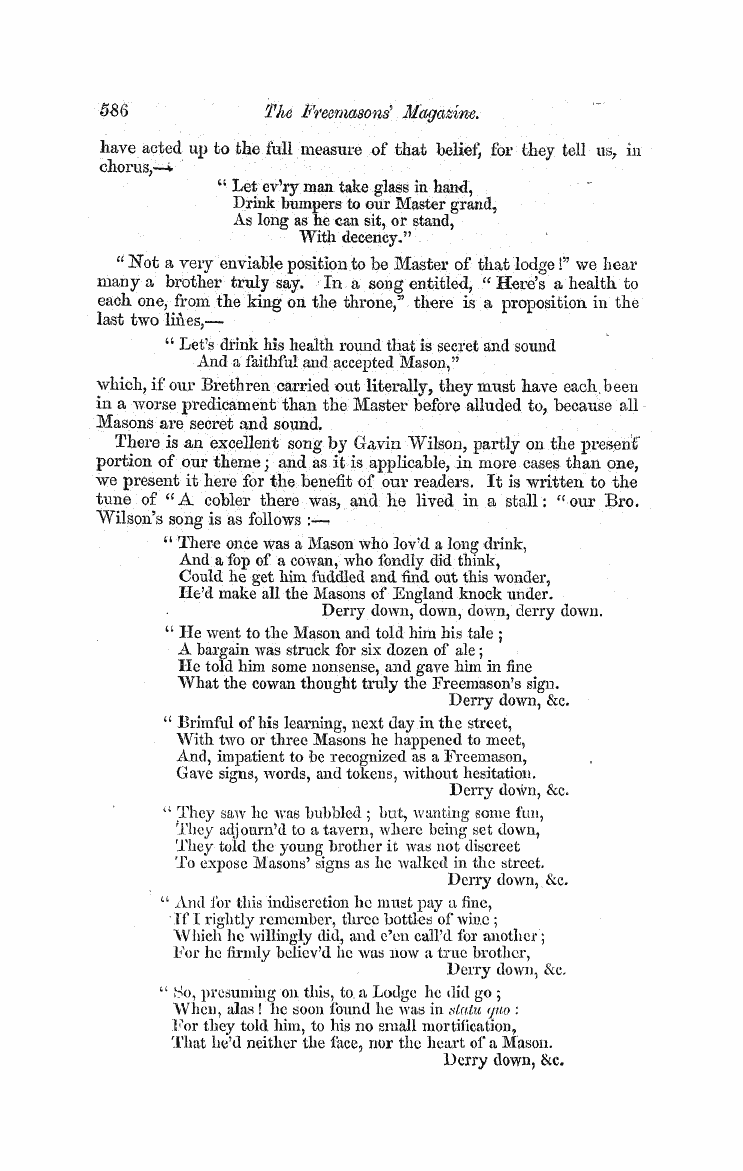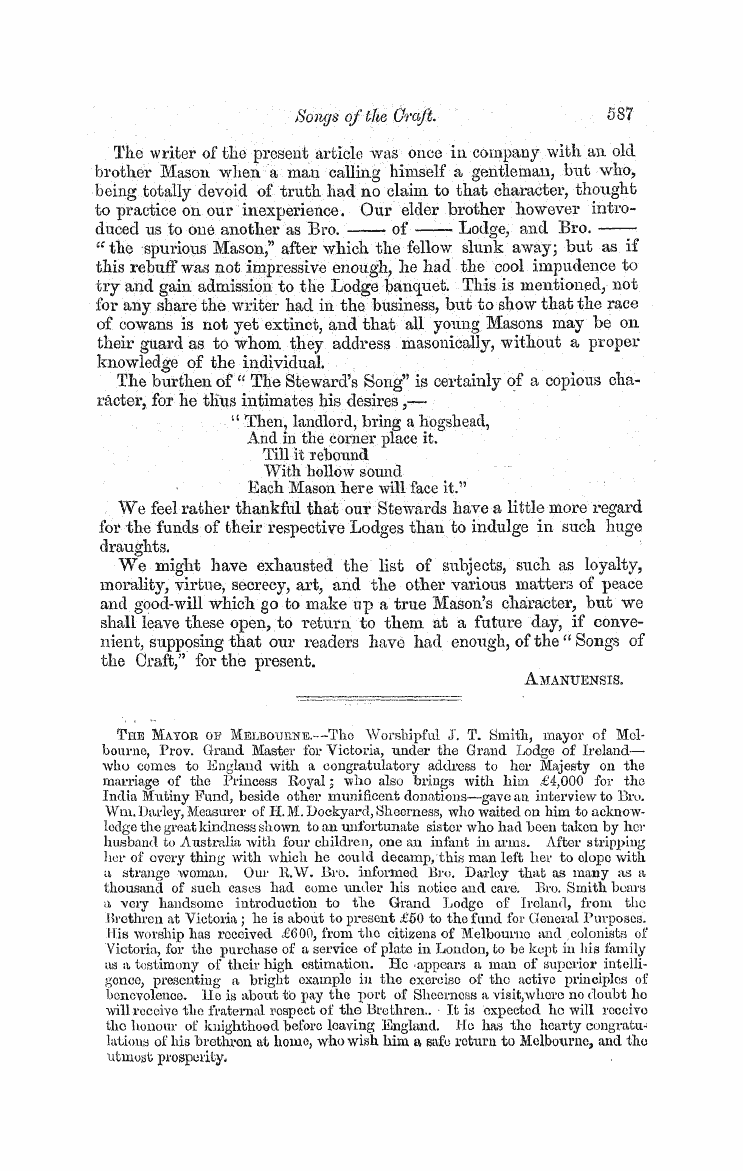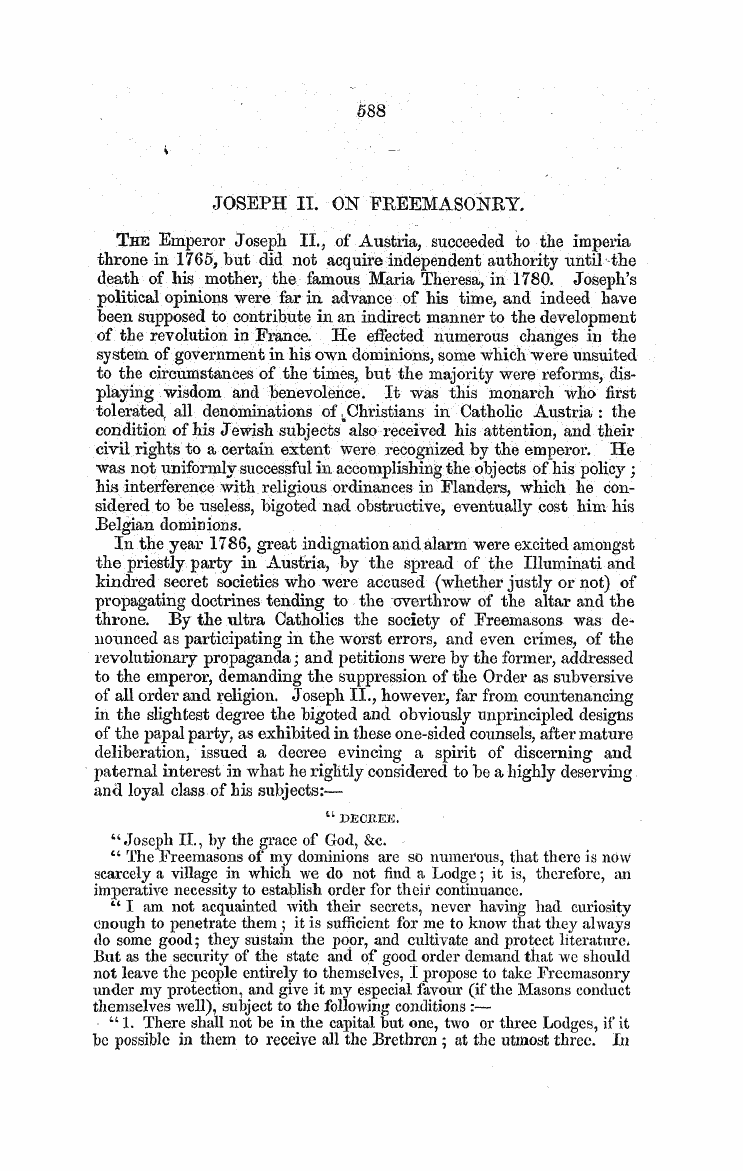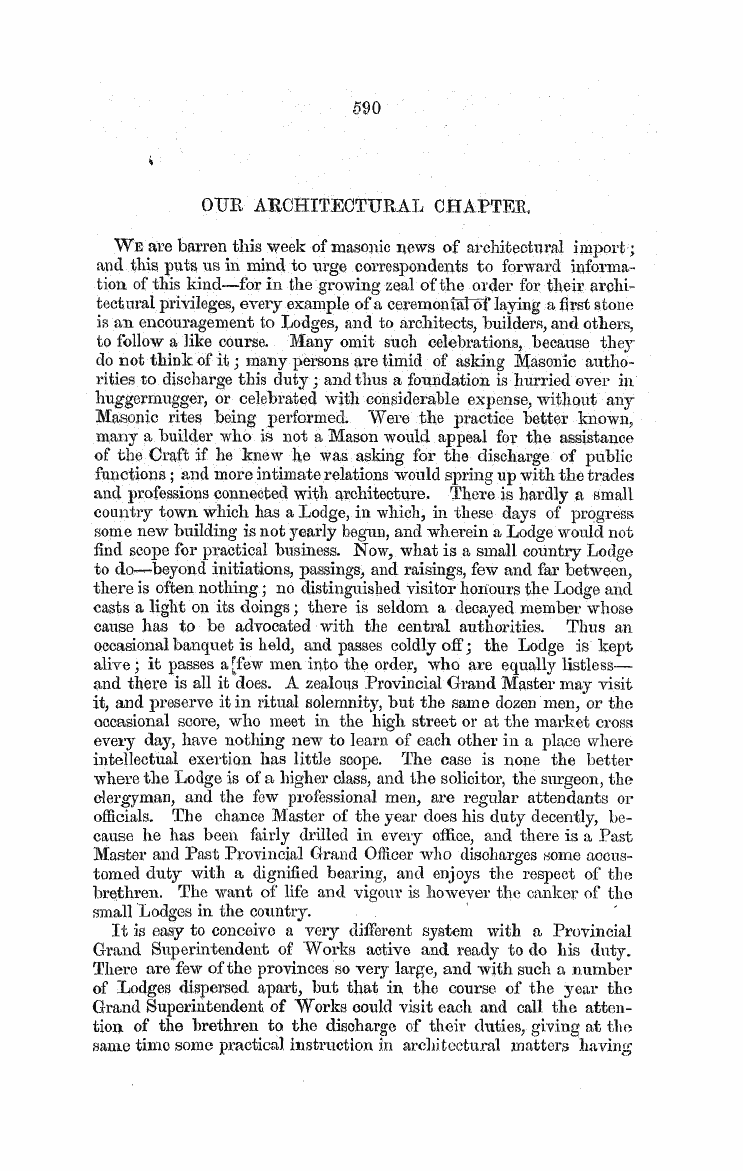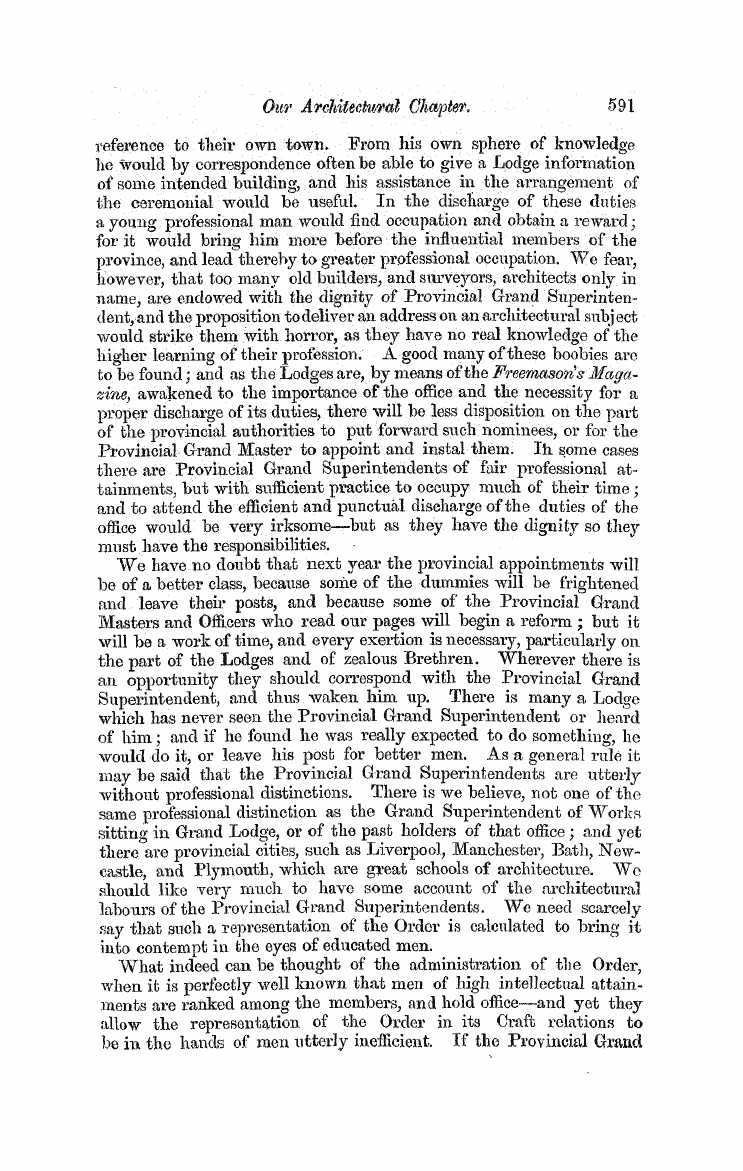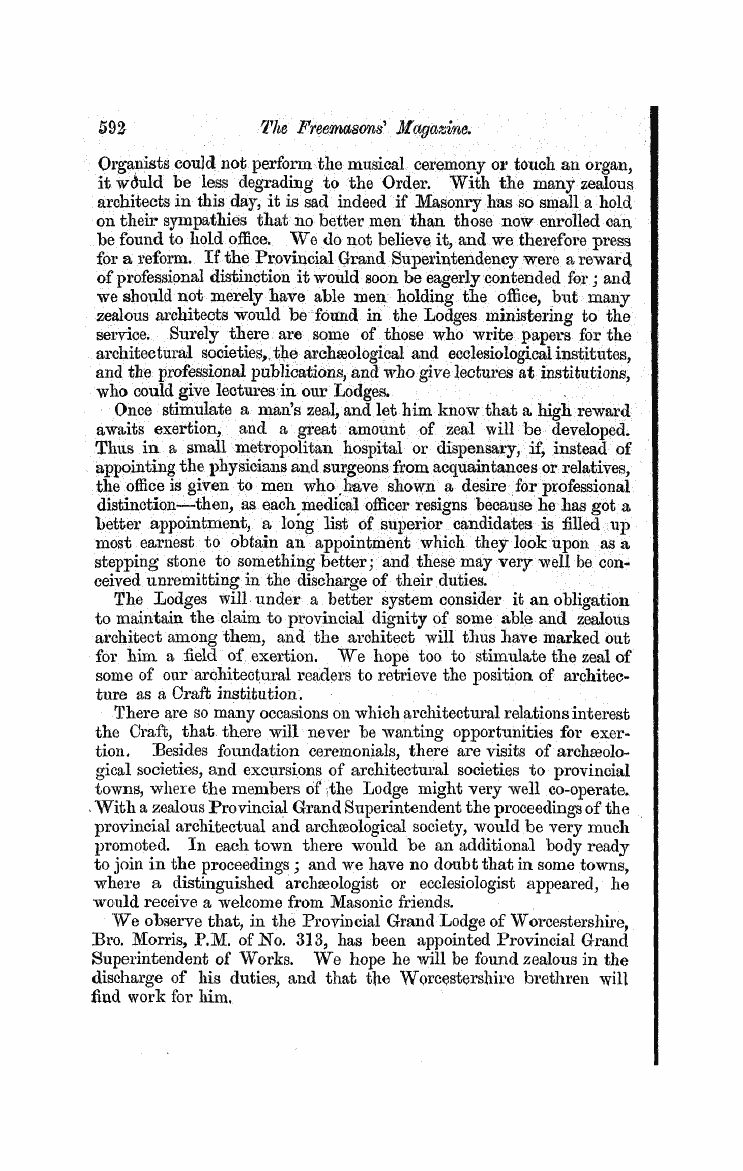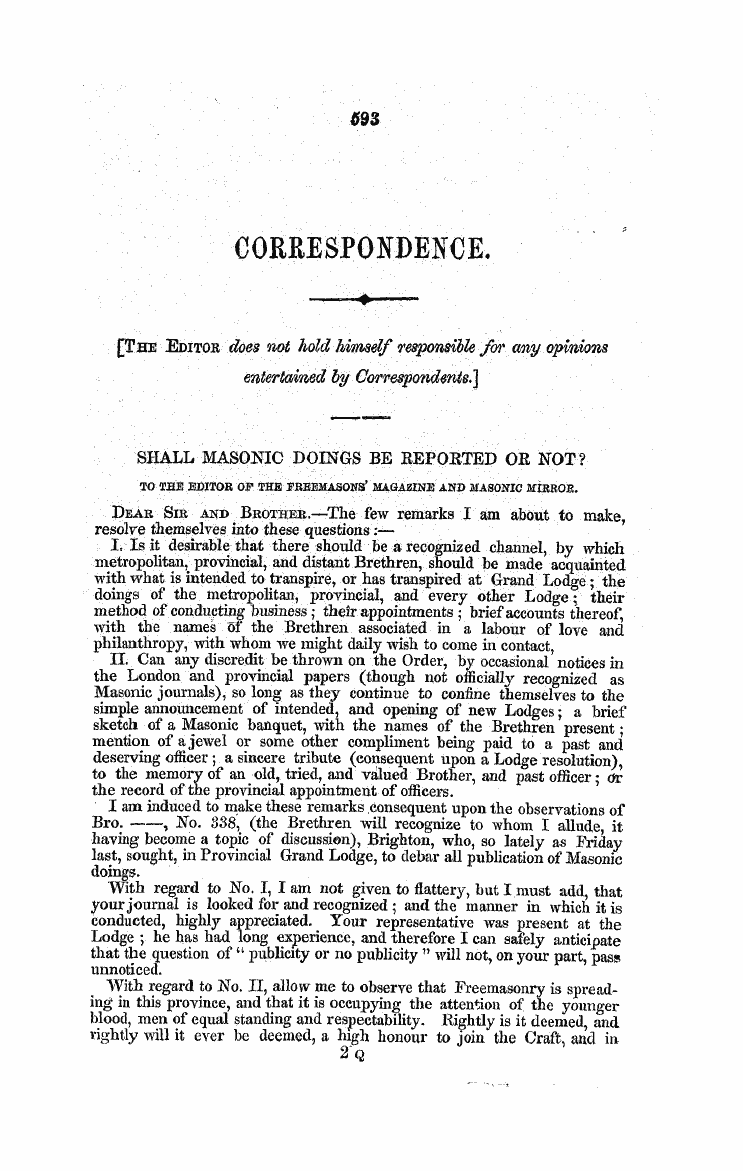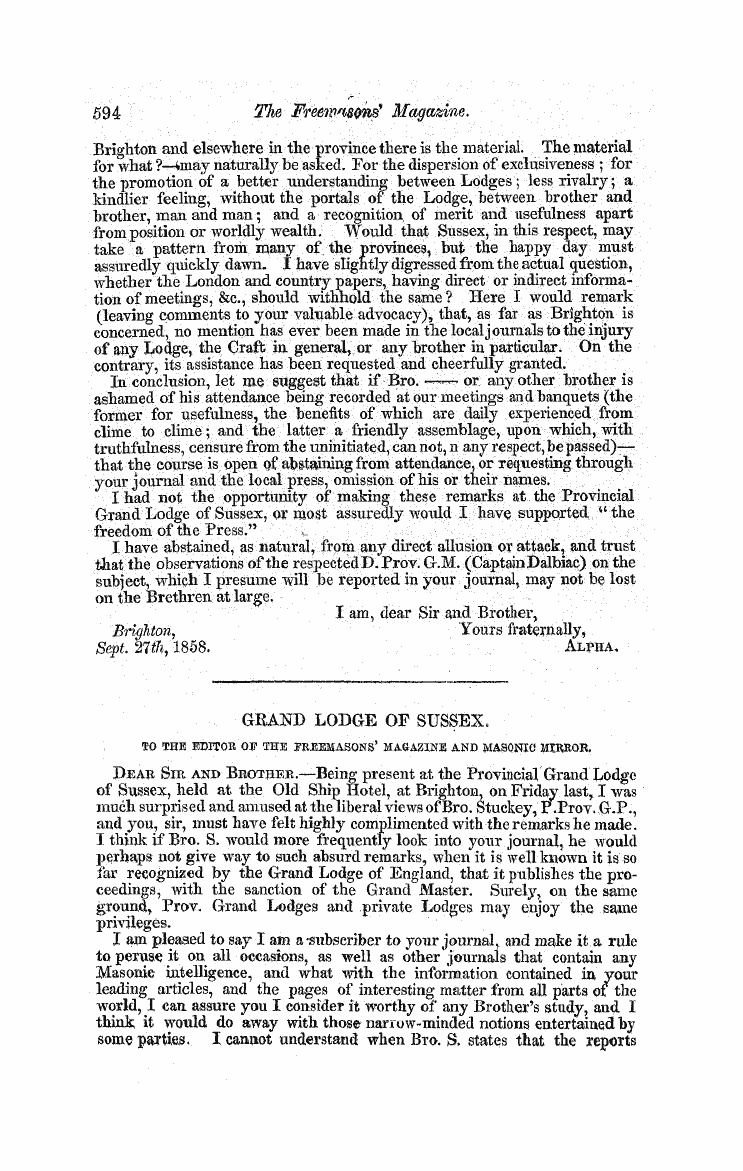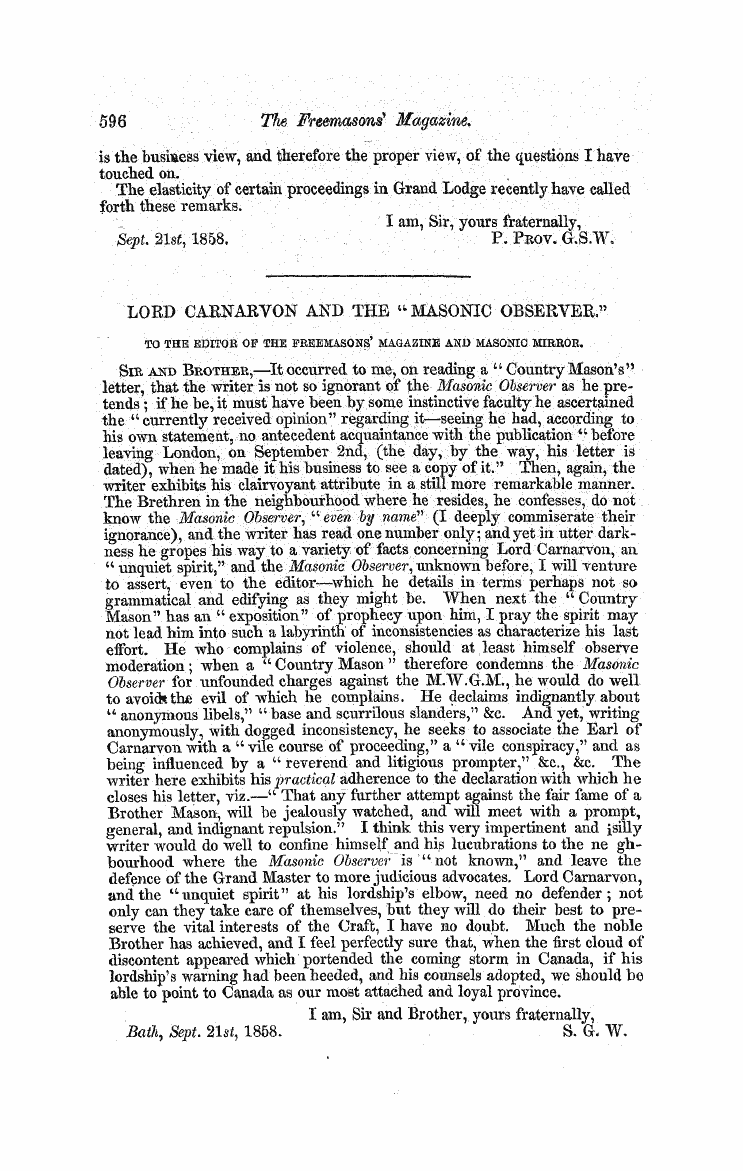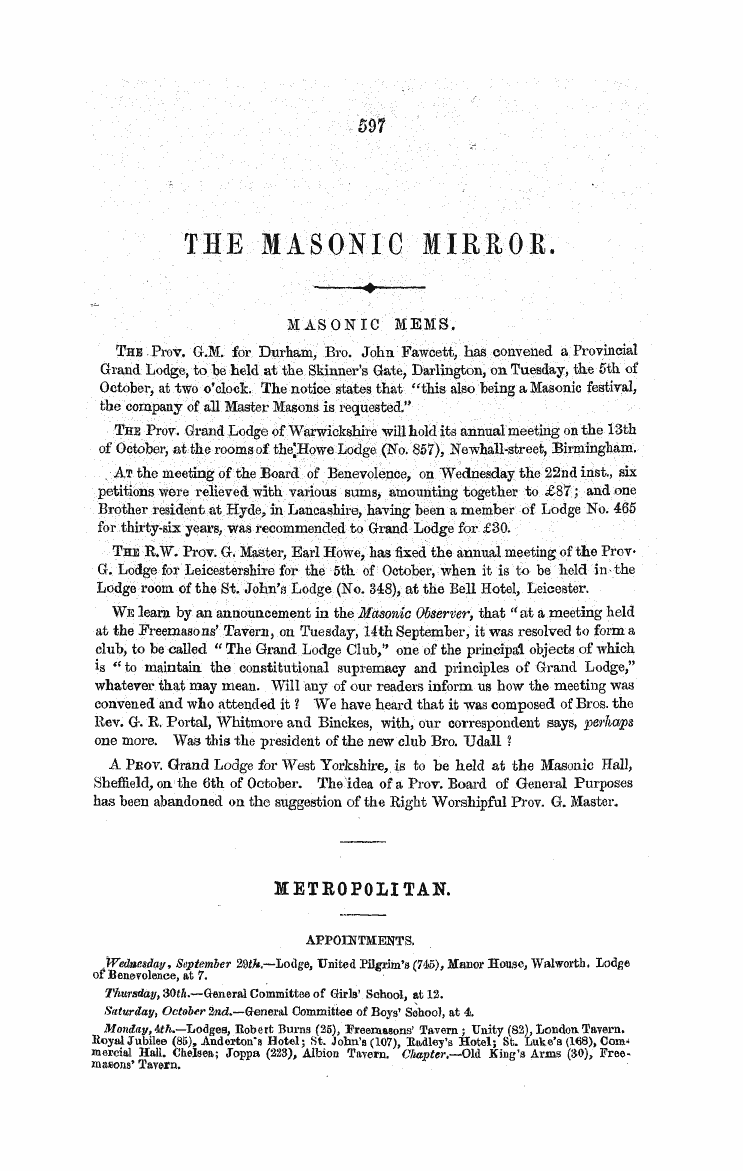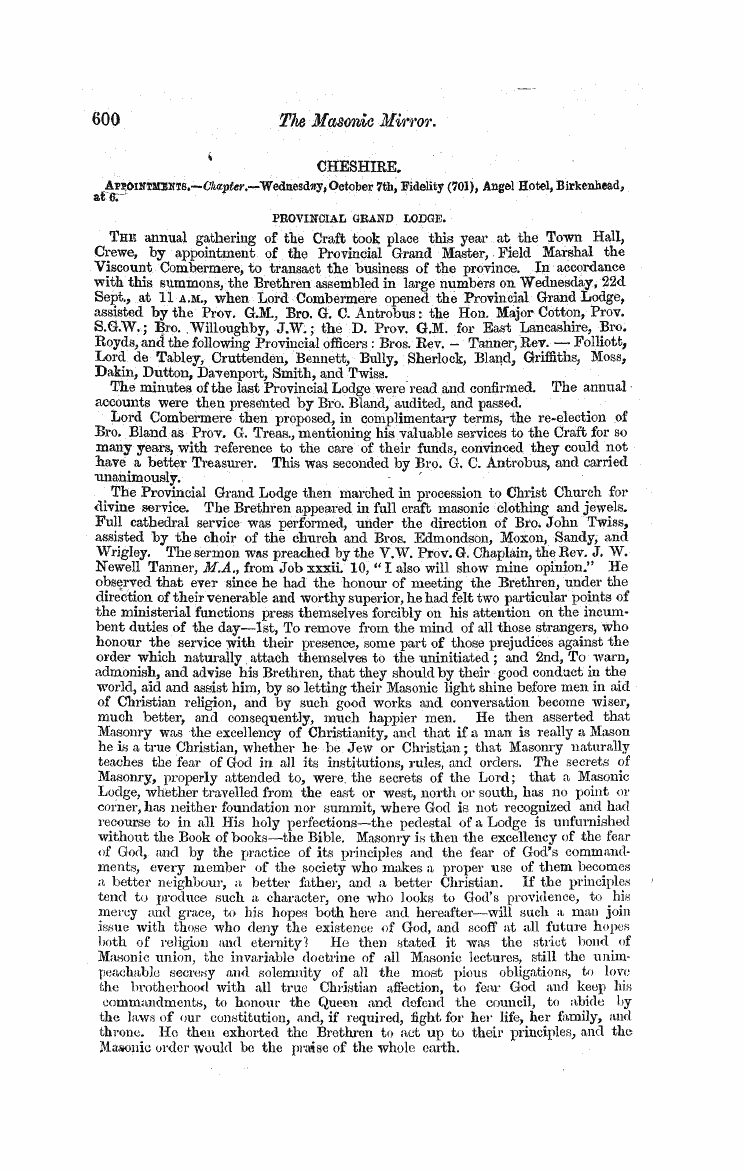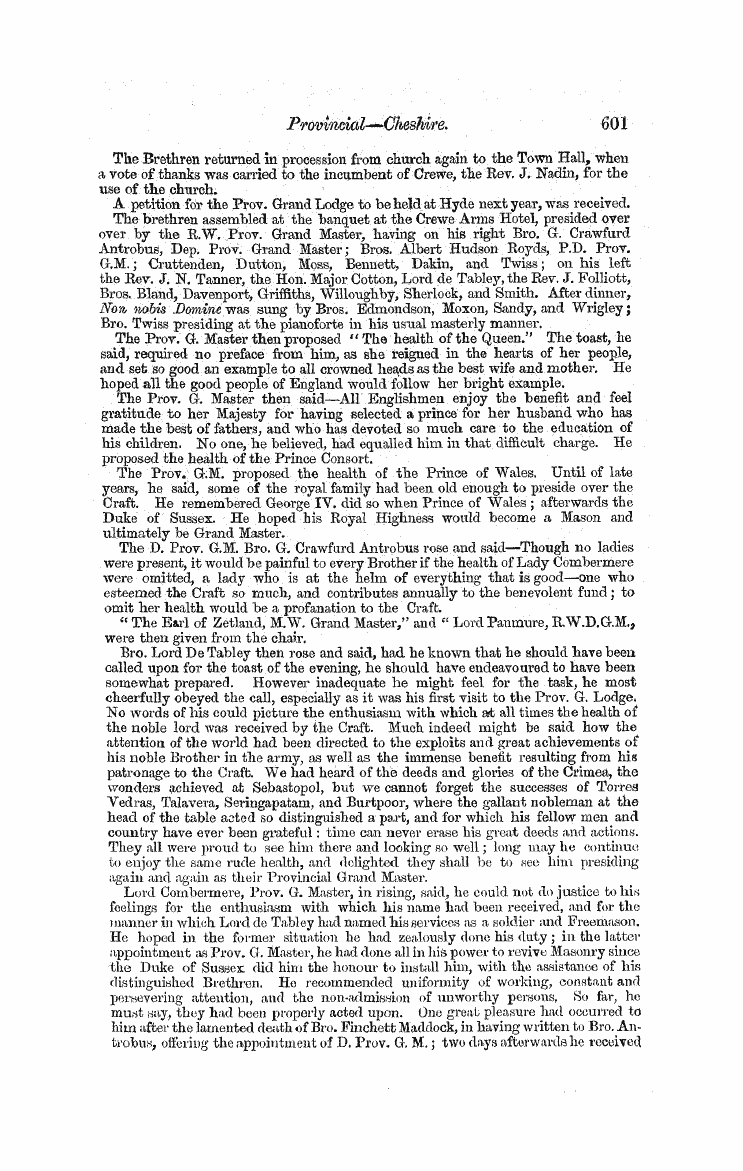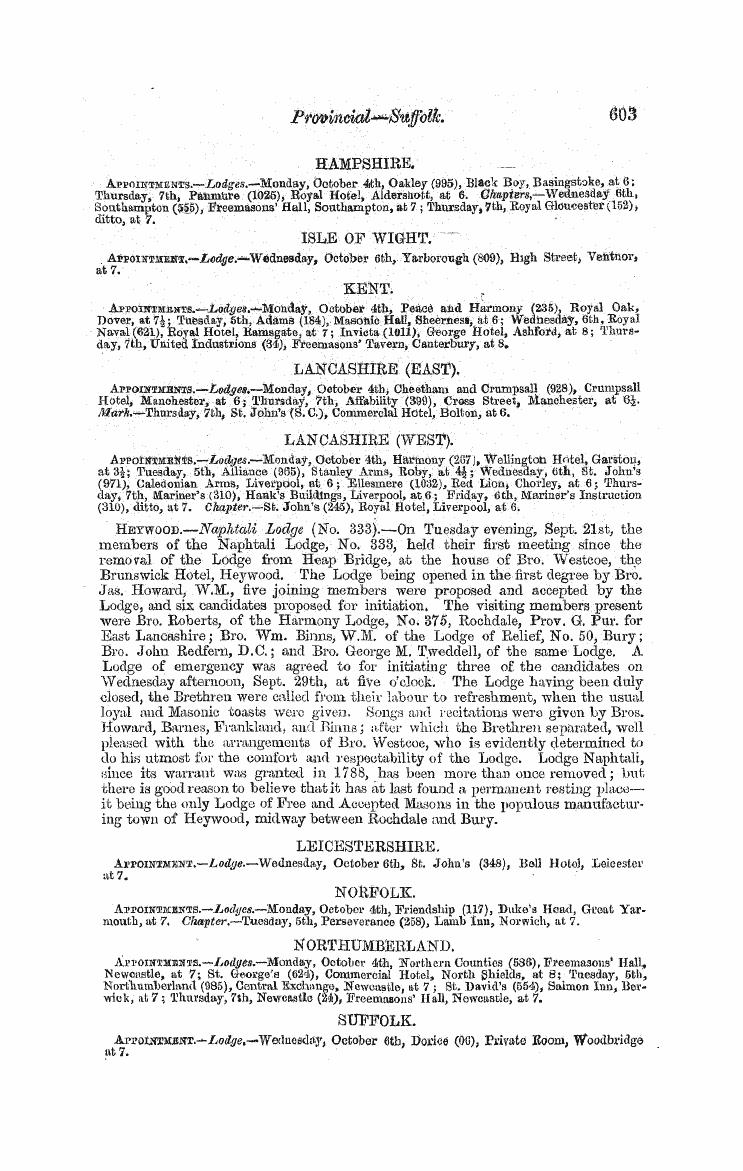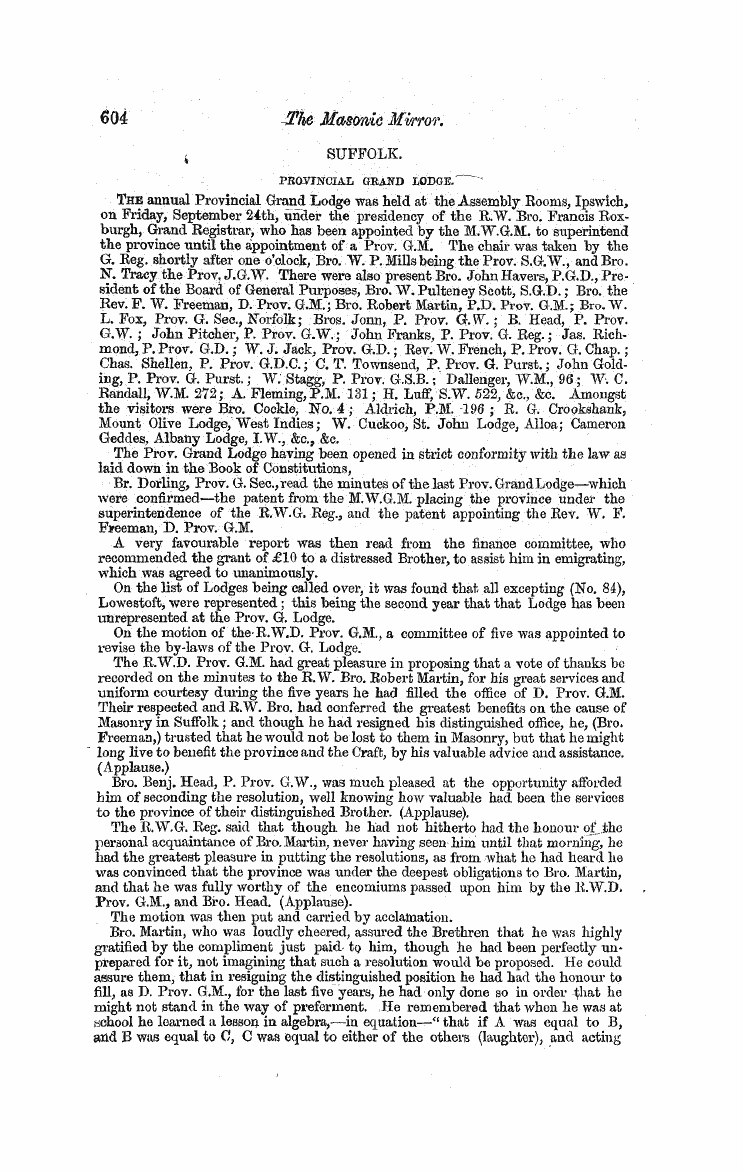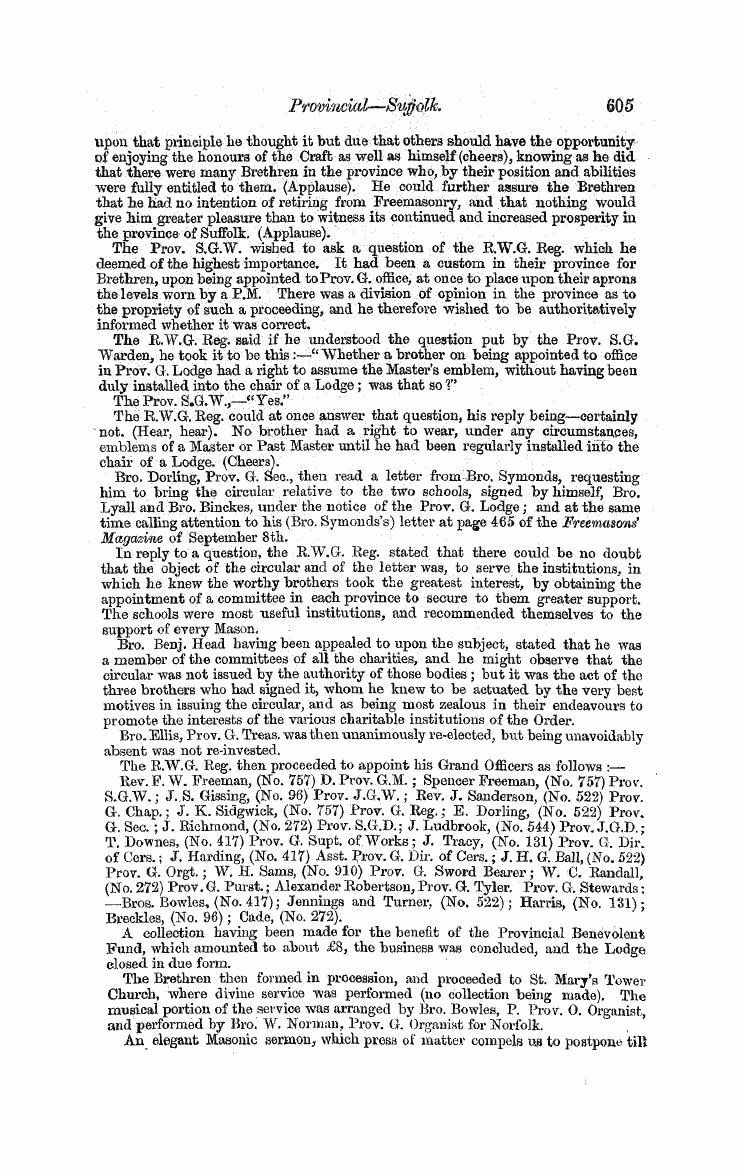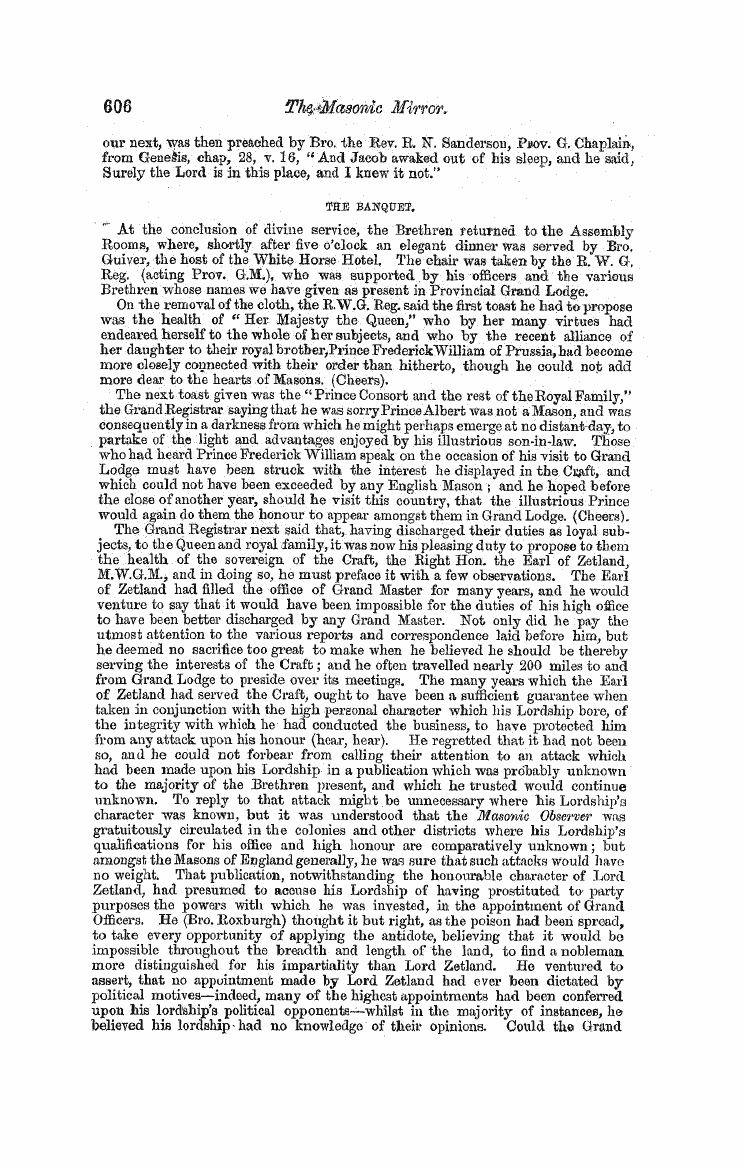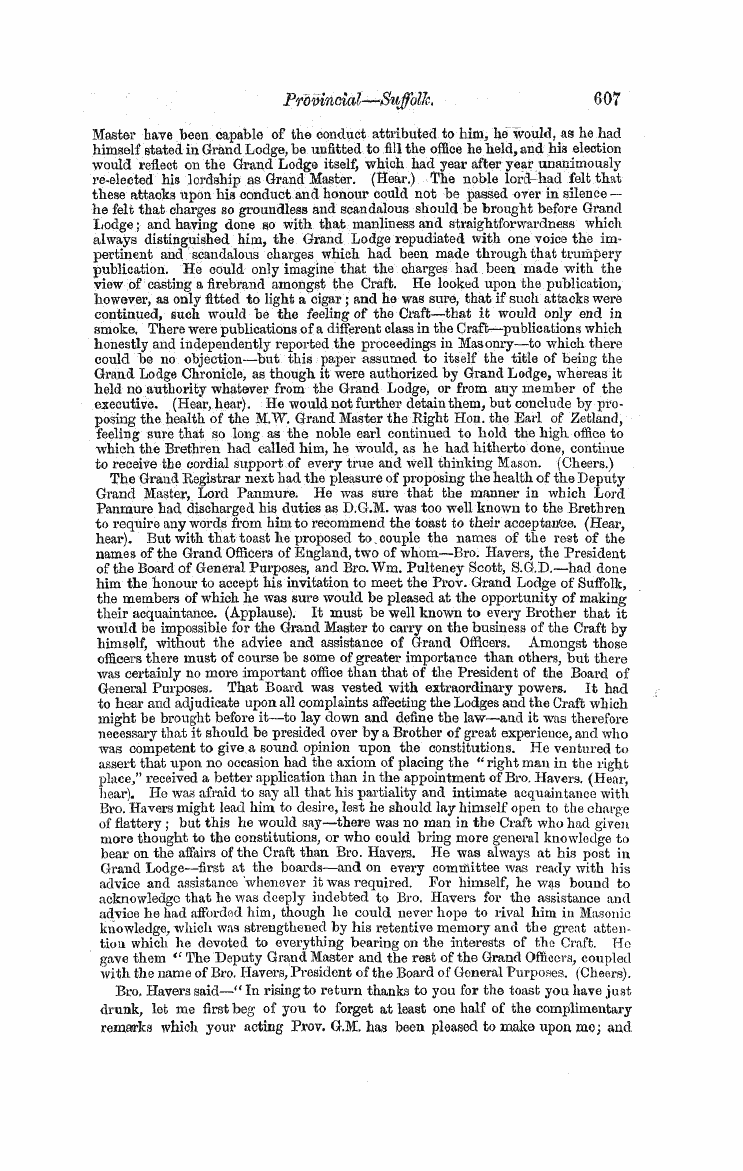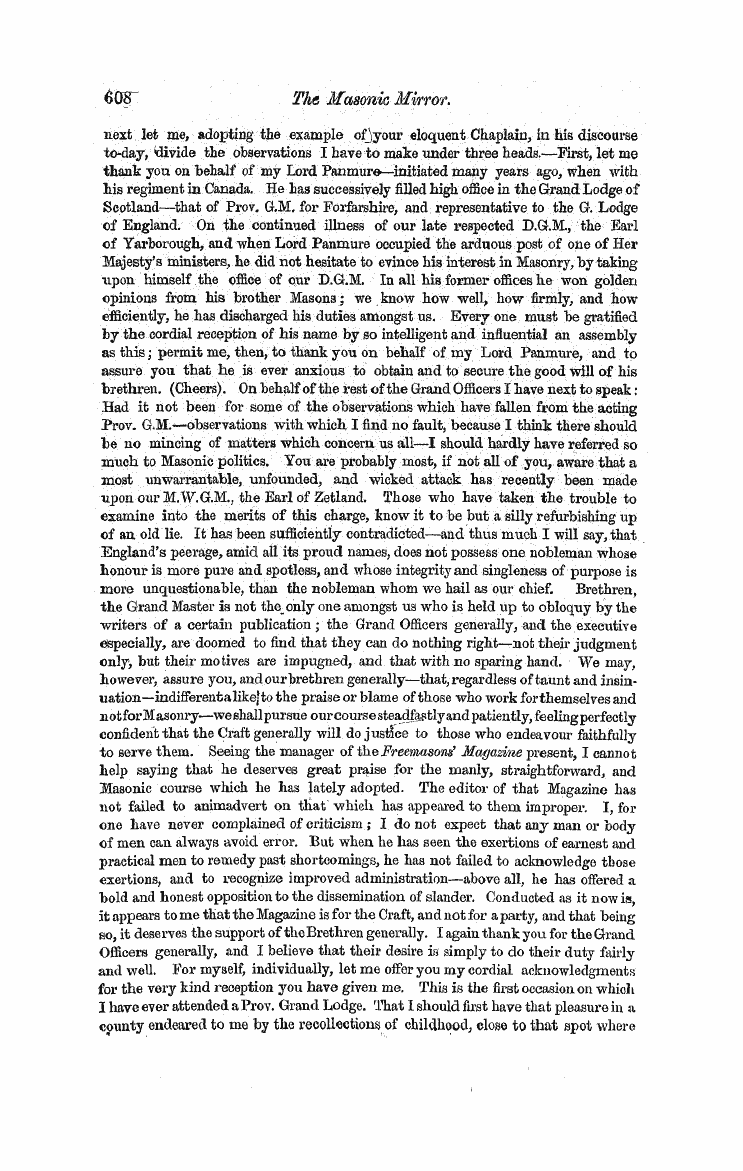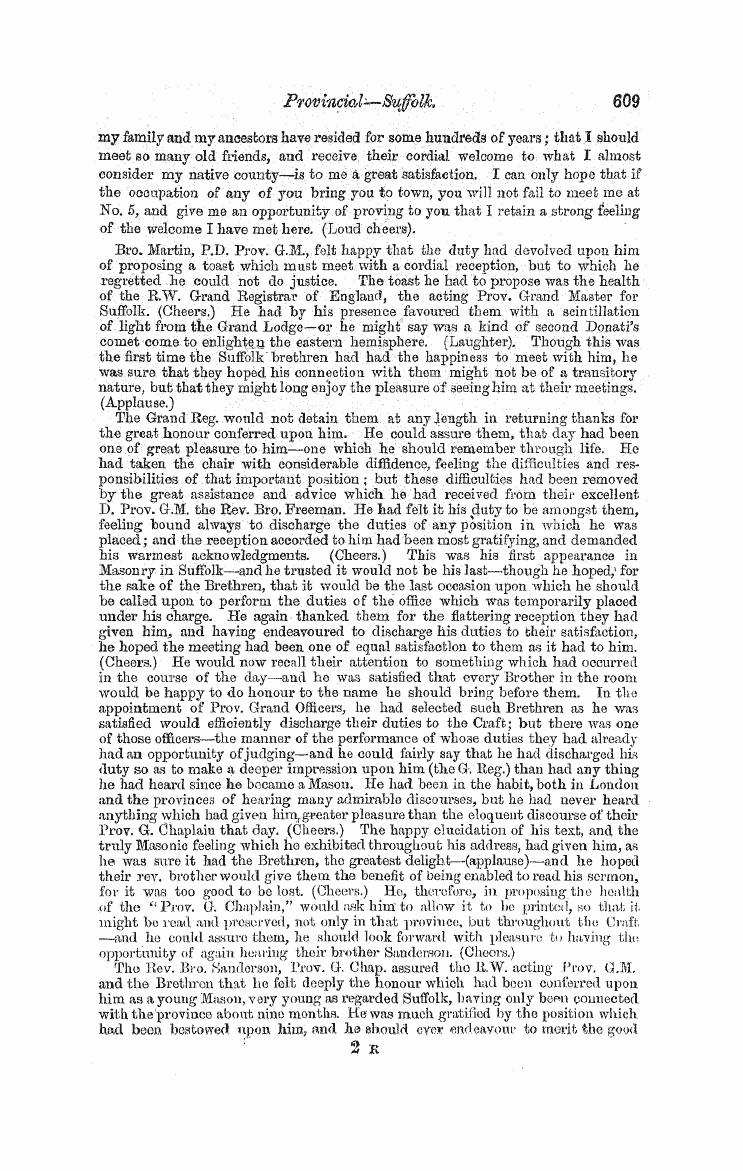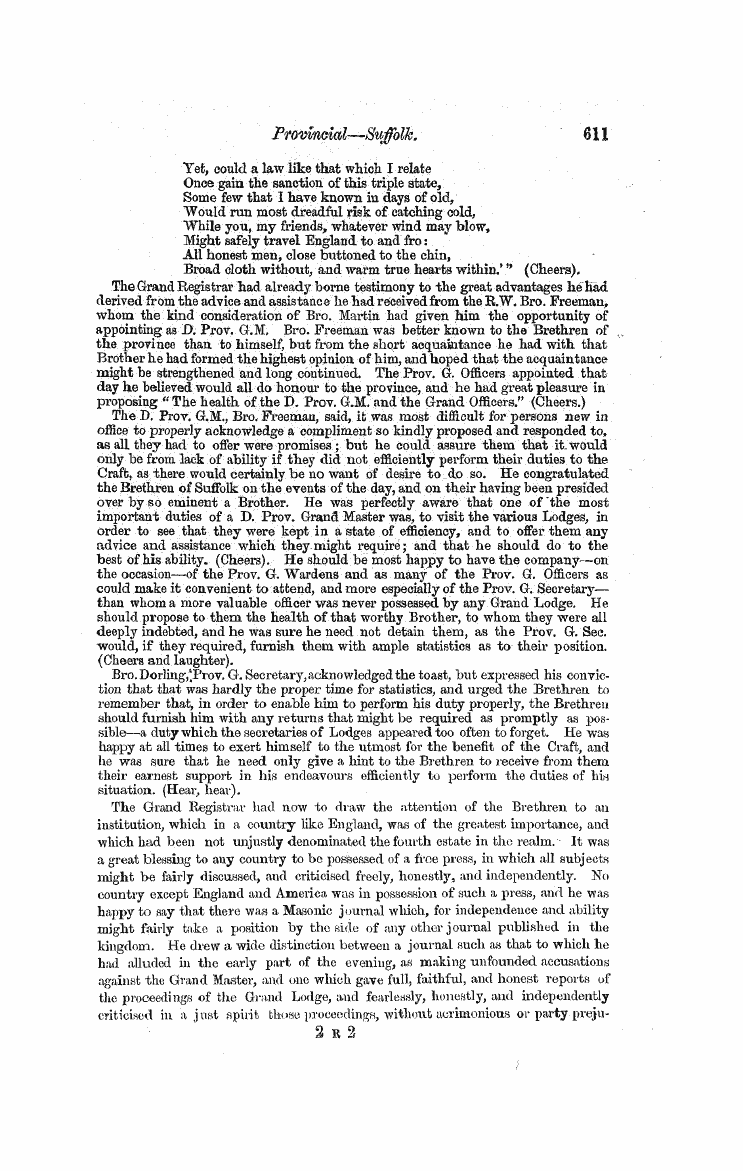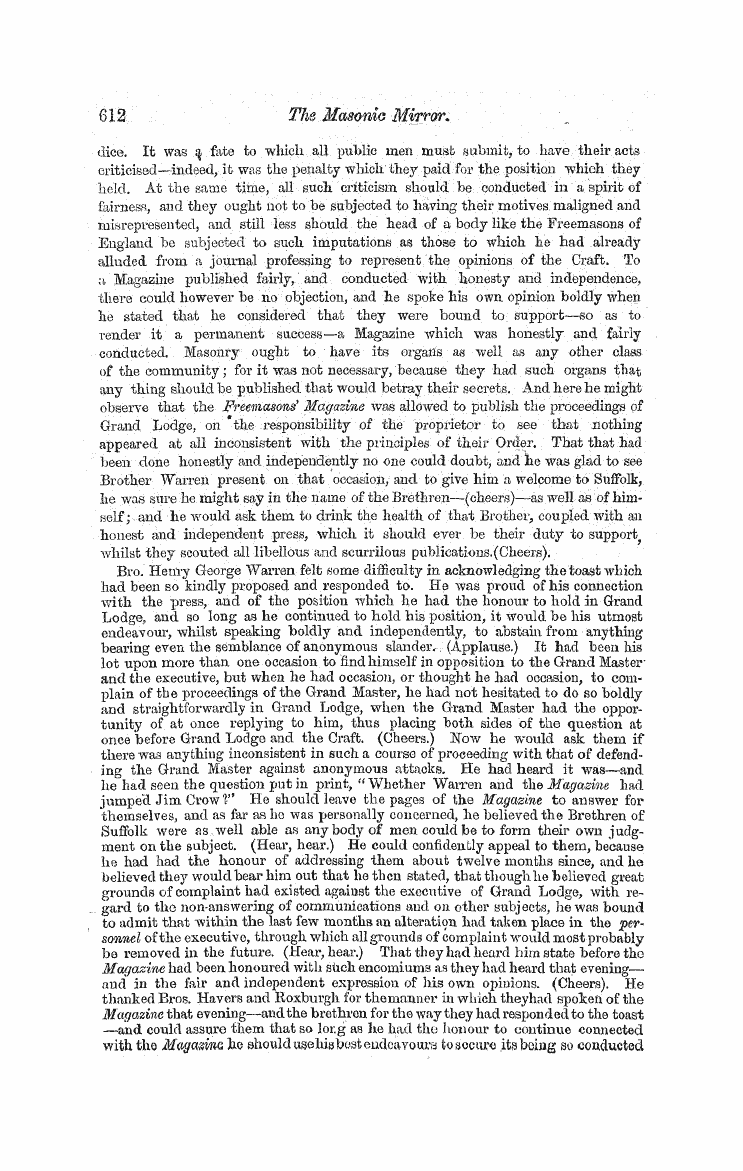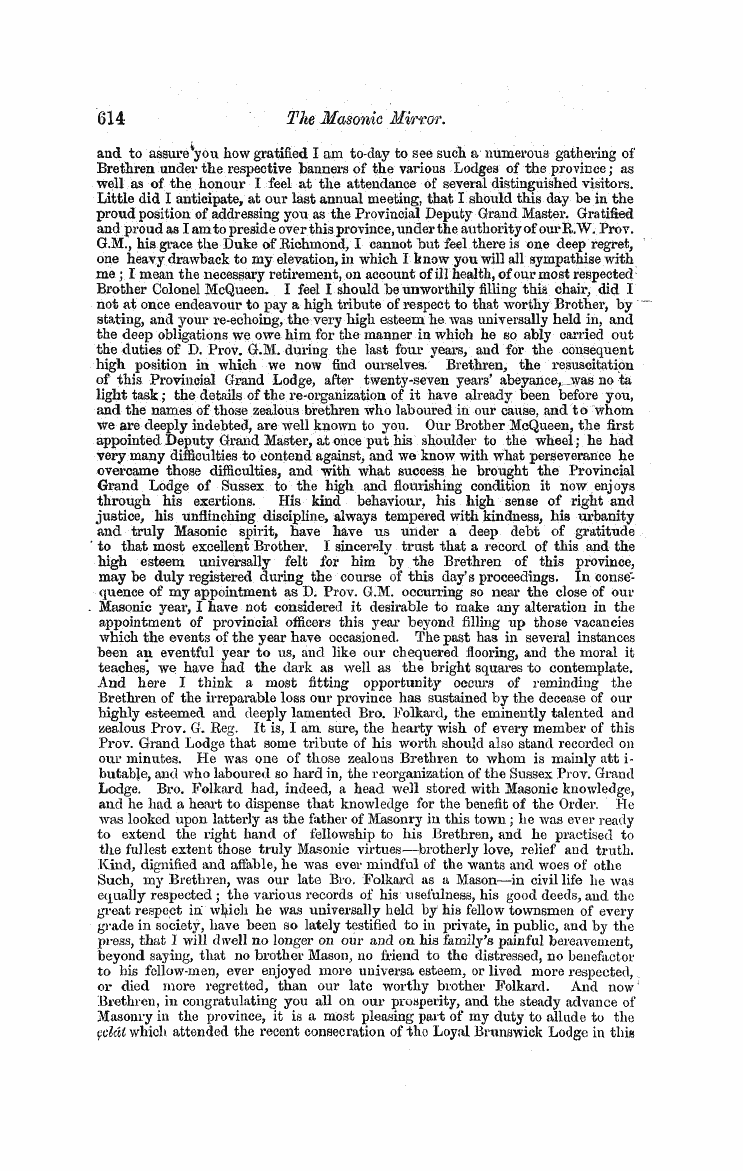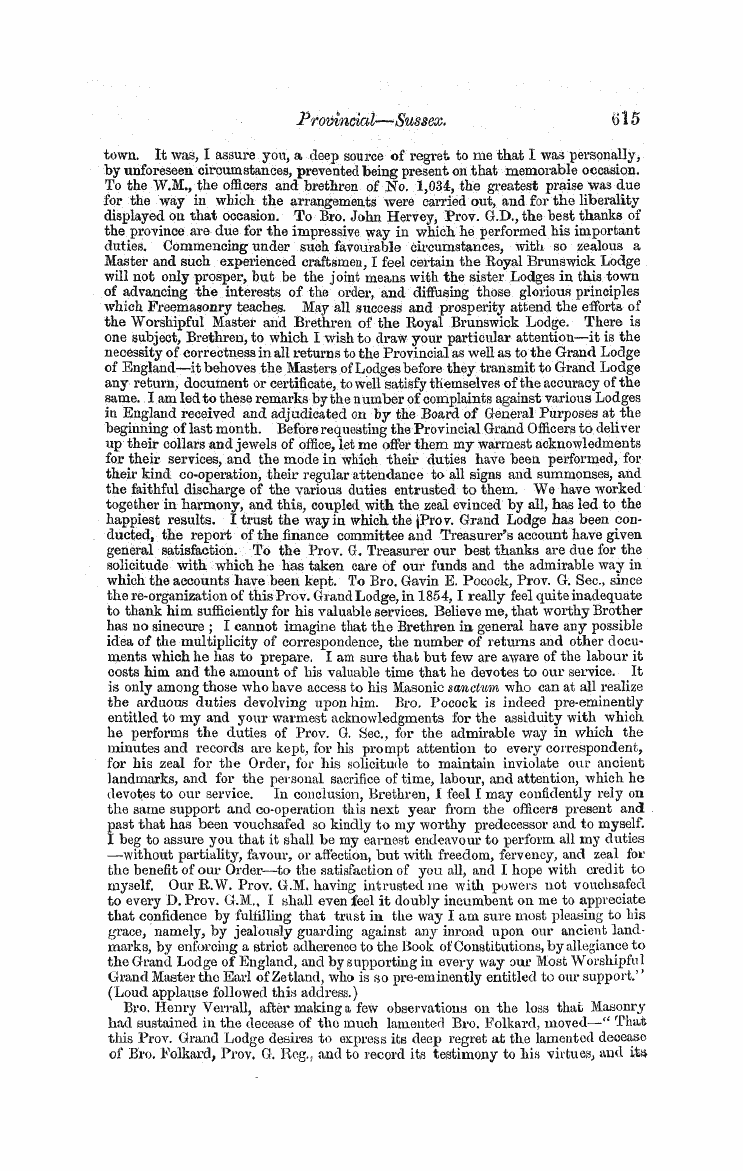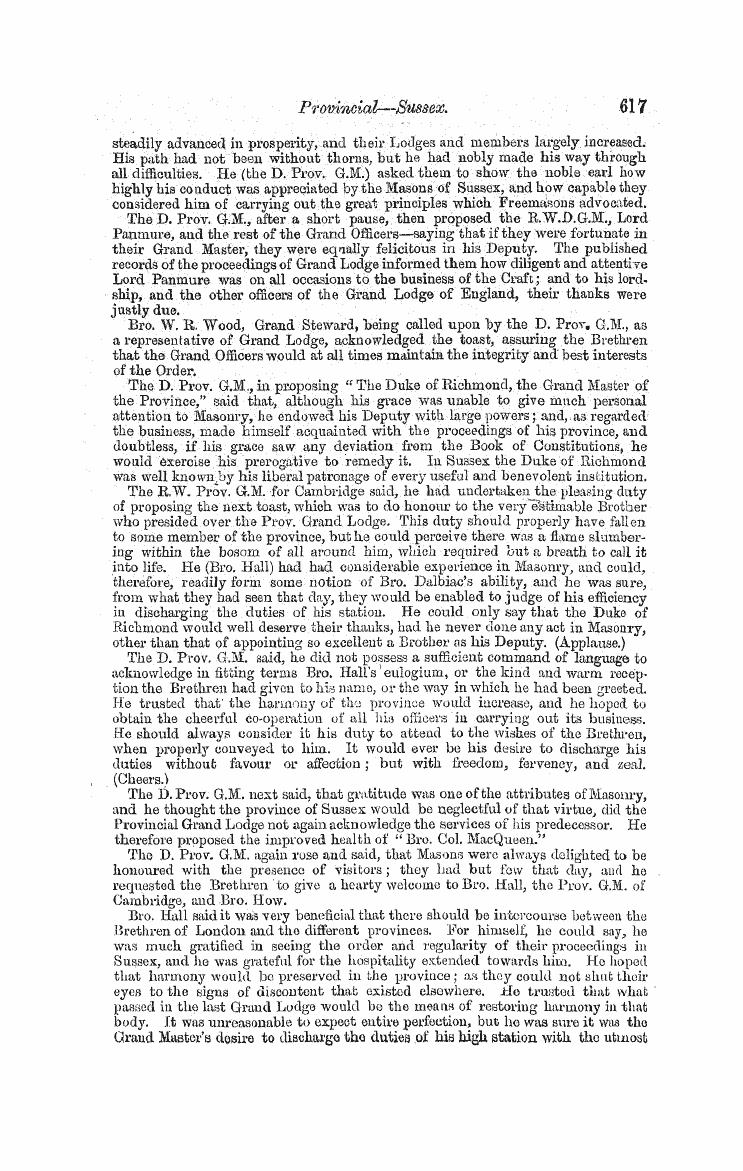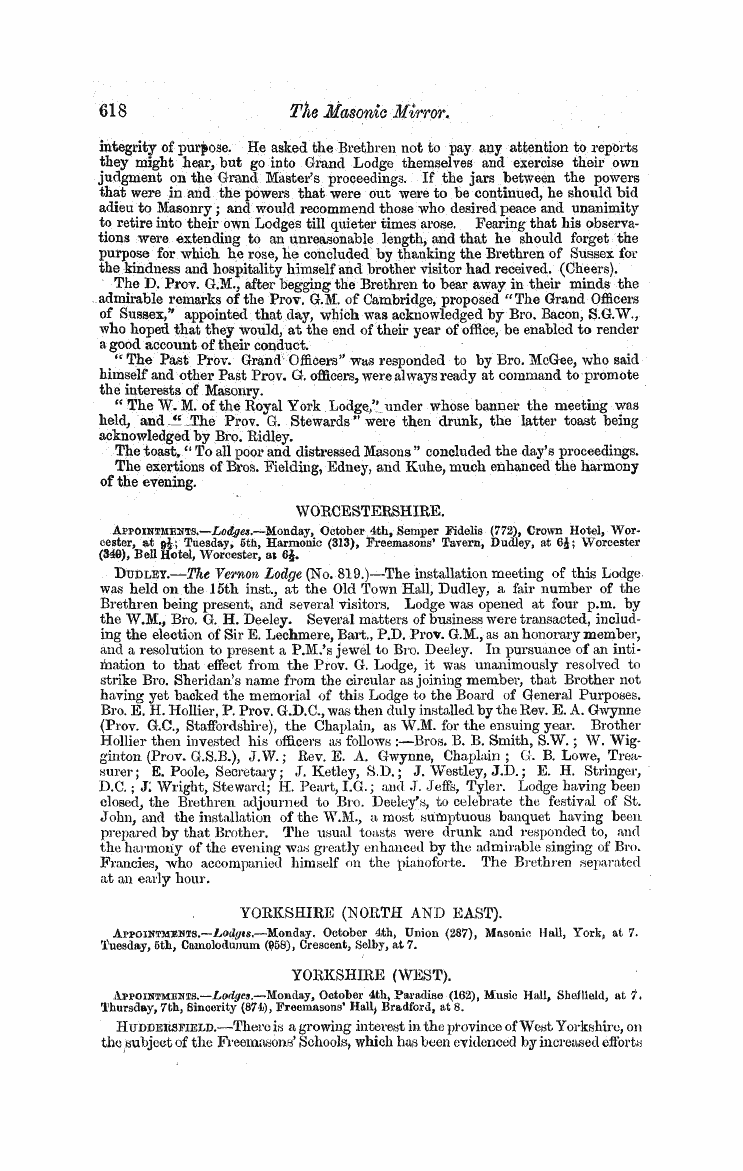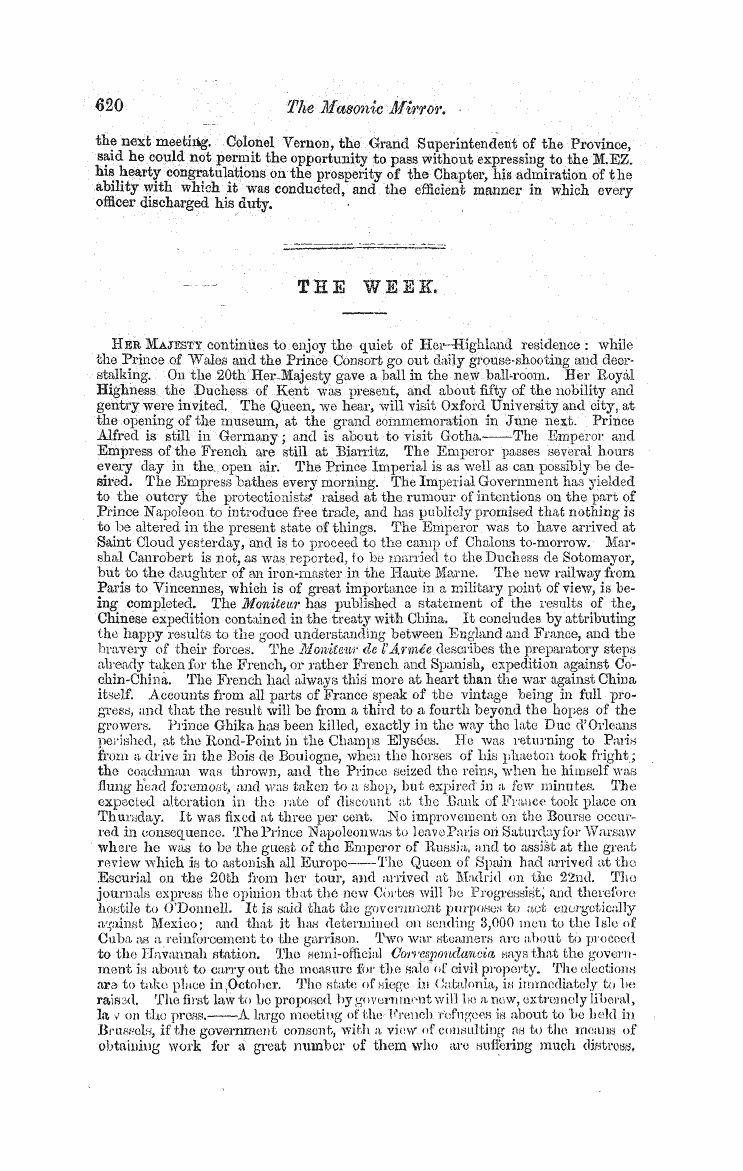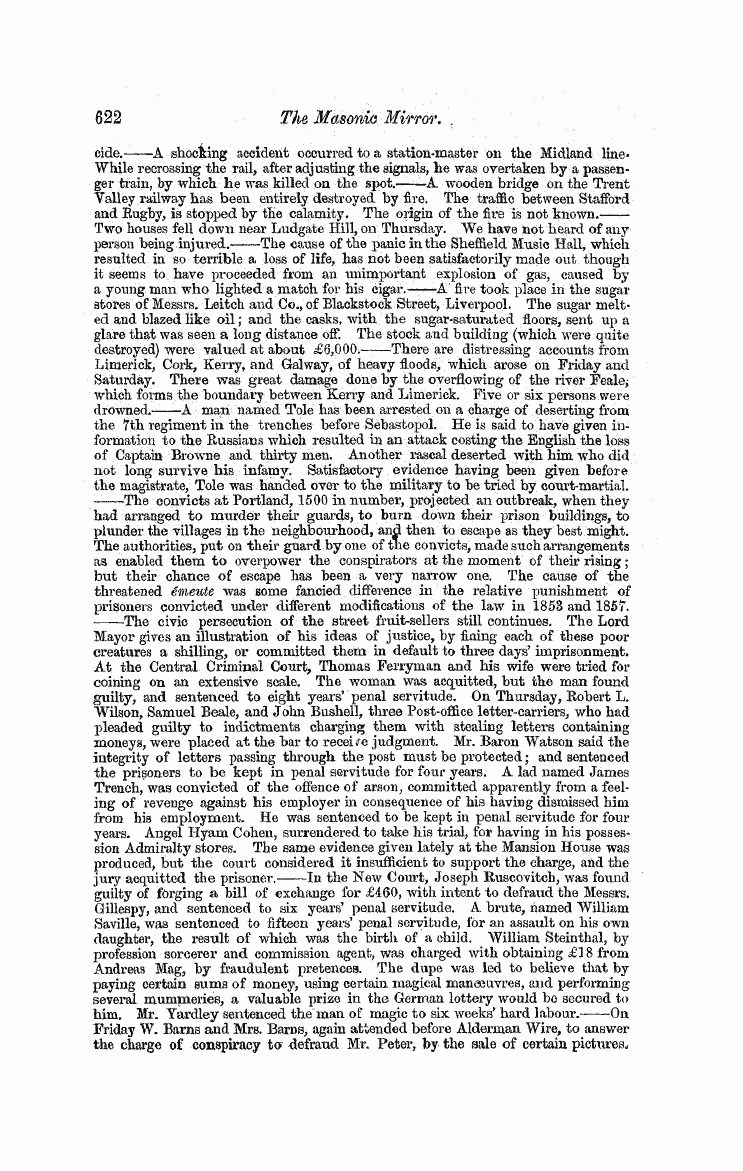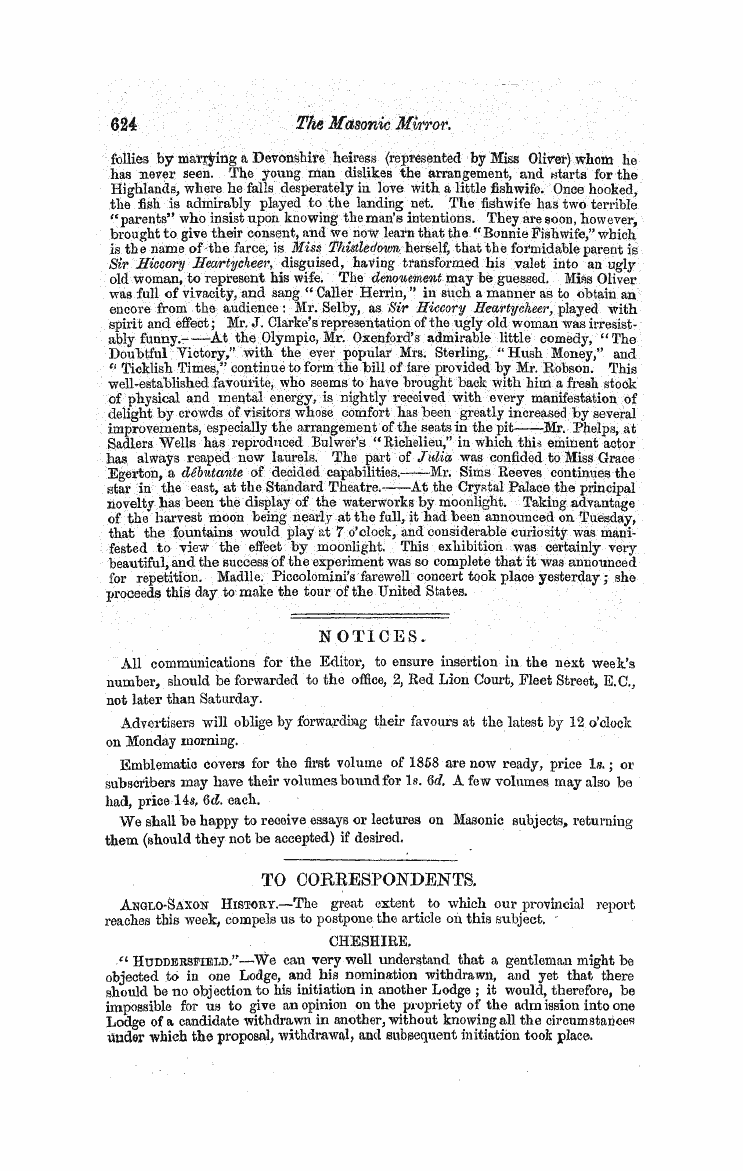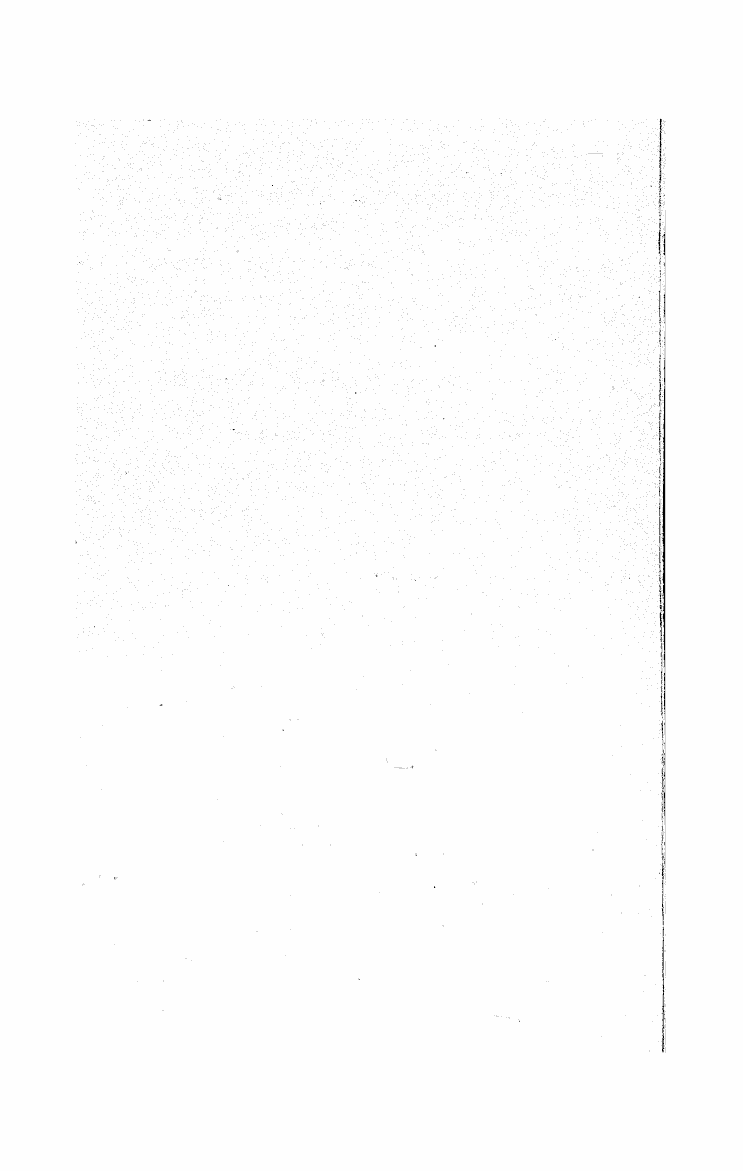-
Articles/Ads
Article THE CHEMISTRY OF COMMON. THINGS. ← Page 4 of 9 →
Note: This text has been automatically extracted via Optical Character Recognition (OCR) software.
The Chemistry Of Common. Things.
When glass bottles are not in use for a length of time , their stopples frequently becom ^ generally be loosened by the application of heat to the necks . This is best done by rubbingihbriskly with a pocket handkerchieL The heat generated by the friction , dilates the neck , and the unequal expansion of the neck and the stopper causes the latter to h ecome loose , when it
may be easily withdrawn . The expansion of liquids is much greater than that of solids , and that of gases , greater than either . A vessel containing twenty-two parts of water at 32 ° will contain twenty-three at 212 ° But the most
remarkable instance is that of alcohol , nine parts of which become ten by being heated to the boiling point . Hence the necessity of taking the temperature into account in estimating the strength of spirits by the hydrometer .
We have before observed that the degree of dilatation in the case of solids and liquids , varies with the nature of the substance . This , however , is not the case with gases . It is remarkable that all gases are equally expanded by heat , however different may be their density or constitution . If air or any other gas be heated to the boiling point of waieiy the pressure remaining the same , it will occupy pne third more space thah it did when cold . When heated , it is consequently lighter , bulk for bulk , than cold air , and has a tendency to rise in ^ tlm atmosphere . It is this tendency of heated air to rise , that occasions the draft in a chimney . Change of State . —Heat is also the cause of the change of bodies
into the solid , licpiicl , and gaseous states , and of preserving' them in these conditions . It is supposed to exert a repulsive tendency among the particles of matter in opposition to the cohesive force , wliicn binds these particles together . In the solid state , the quantity of heat is so small that this repulsive force is unable to neutralize the cohesion , but only keeps the particles a short distance apart : a . small addition of heat increases this distance , ancl with it the size of the body which
the particles compose , causing dilatation or expansion . A certain q uantity of heat , when added , will effect liquefaction , in which state the repulsive force , though it overpowers the cohesion , is not sufficient to overcome the external pressure , which is generally that of the atmosphere ., An additional increment of heat will counterbalance this pressure also , and cause the body to pass into the gaseous state . A familiar example of these changes exists in the case of water . When at a temperature below 32 ° , it is solid , constituting ice ; wheta
heated beyond that point , it assumes its most common form of a liquid ; a further addition of heat will overcome tlie cohesive force , and import to it a tendency to assume the form of an elastic gas or vapour , which form , however , it is prevented from taking , in consequence ofthe pressure ofthe atmosphere , but when , heated to 212 ° , it
overcomes this pressure , and becomes steam . By abstracting heat , it may be made to pass through all the three stages again , in an inverse order *
Note: This text has been automatically extracted via Optical Character Recognition (OCR) software.
The Chemistry Of Common. Things.
When glass bottles are not in use for a length of time , their stopples frequently becom ^ generally be loosened by the application of heat to the necks . This is best done by rubbingihbriskly with a pocket handkerchieL The heat generated by the friction , dilates the neck , and the unequal expansion of the neck and the stopper causes the latter to h ecome loose , when it
may be easily withdrawn . The expansion of liquids is much greater than that of solids , and that of gases , greater than either . A vessel containing twenty-two parts of water at 32 ° will contain twenty-three at 212 ° But the most
remarkable instance is that of alcohol , nine parts of which become ten by being heated to the boiling point . Hence the necessity of taking the temperature into account in estimating the strength of spirits by the hydrometer .
We have before observed that the degree of dilatation in the case of solids and liquids , varies with the nature of the substance . This , however , is not the case with gases . It is remarkable that all gases are equally expanded by heat , however different may be their density or constitution . If air or any other gas be heated to the boiling point of waieiy the pressure remaining the same , it will occupy pne third more space thah it did when cold . When heated , it is consequently lighter , bulk for bulk , than cold air , and has a tendency to rise in ^ tlm atmosphere . It is this tendency of heated air to rise , that occasions the draft in a chimney . Change of State . —Heat is also the cause of the change of bodies
into the solid , licpiicl , and gaseous states , and of preserving' them in these conditions . It is supposed to exert a repulsive tendency among the particles of matter in opposition to the cohesive force , wliicn binds these particles together . In the solid state , the quantity of heat is so small that this repulsive force is unable to neutralize the cohesion , but only keeps the particles a short distance apart : a . small addition of heat increases this distance , ancl with it the size of the body which
the particles compose , causing dilatation or expansion . A certain q uantity of heat , when added , will effect liquefaction , in which state the repulsive force , though it overpowers the cohesion , is not sufficient to overcome the external pressure , which is generally that of the atmosphere ., An additional increment of heat will counterbalance this pressure also , and cause the body to pass into the gaseous state . A familiar example of these changes exists in the case of water . When at a temperature below 32 ° , it is solid , constituting ice ; wheta
heated beyond that point , it assumes its most common form of a liquid ; a further addition of heat will overcome tlie cohesive force , and import to it a tendency to assume the form of an elastic gas or vapour , which form , however , it is prevented from taking , in consequence ofthe pressure ofthe atmosphere , but when , heated to 212 ° , it
overcomes this pressure , and becomes steam . By abstracting heat , it may be made to pass through all the three stages again , in an inverse order *




























































